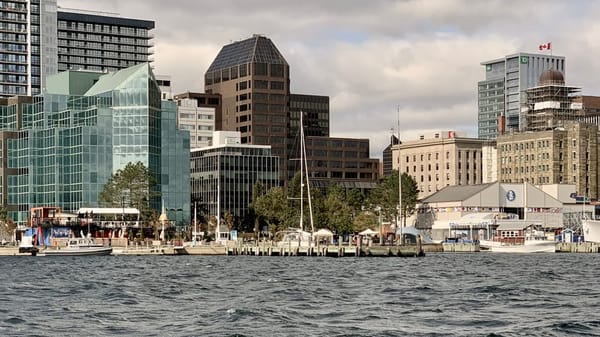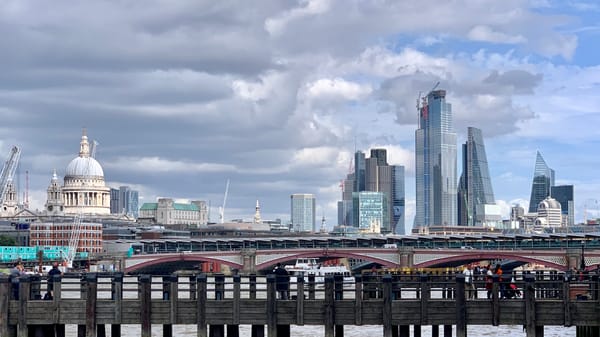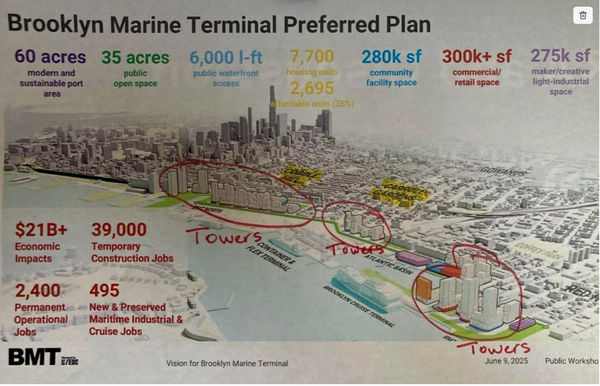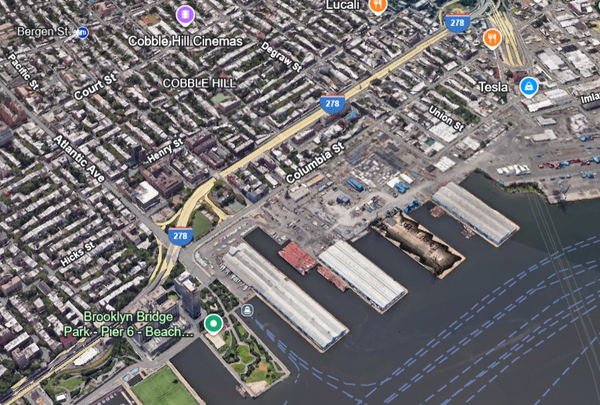Of all the types of public spaces that exist, waterfronts are among the most strongly linked to the identity and history of a city. There could be no Stockholm without the harbor; no San Francisco away from the Bay; no Rio without its beaches. Most cities grew up around the water, but in all too many cases, these urban birthplaces later became shunned as polluted, disreputable places. We think it's time to get back to these waterfronts and re-awaken their natural role as places of exchange and movement.
Exploring waterfronts around the world has always been a passion of ours. Having spent a good part of our career working on and visiting them, we find we have a lot to say on the topic. In our experience, taking a close look at how things are done in successful communities—as well as communities that fall short of the mark—offers clear lessons. Here, we will take a look at eleven of the best waterfronts and highlight what they do so well.
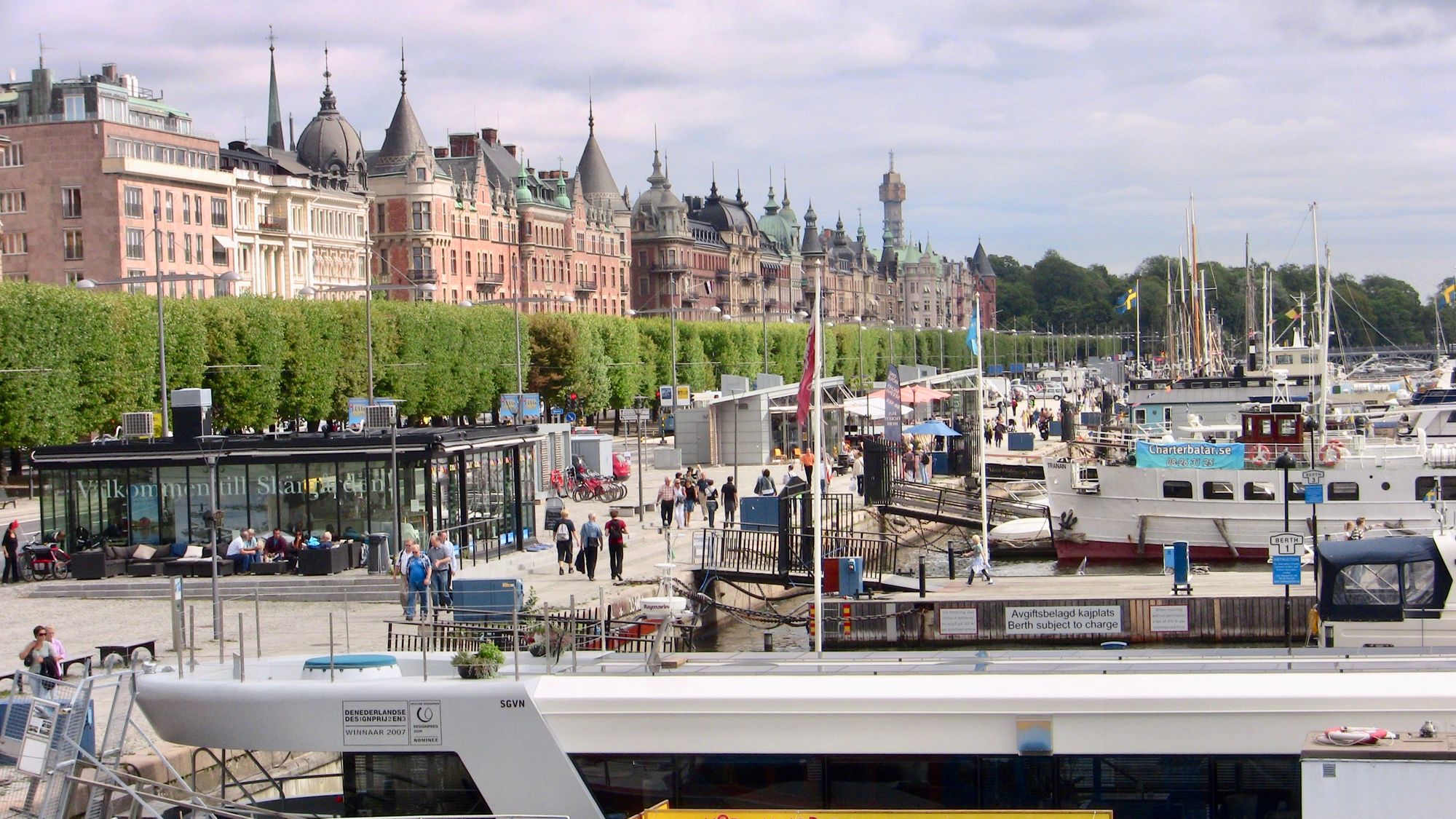
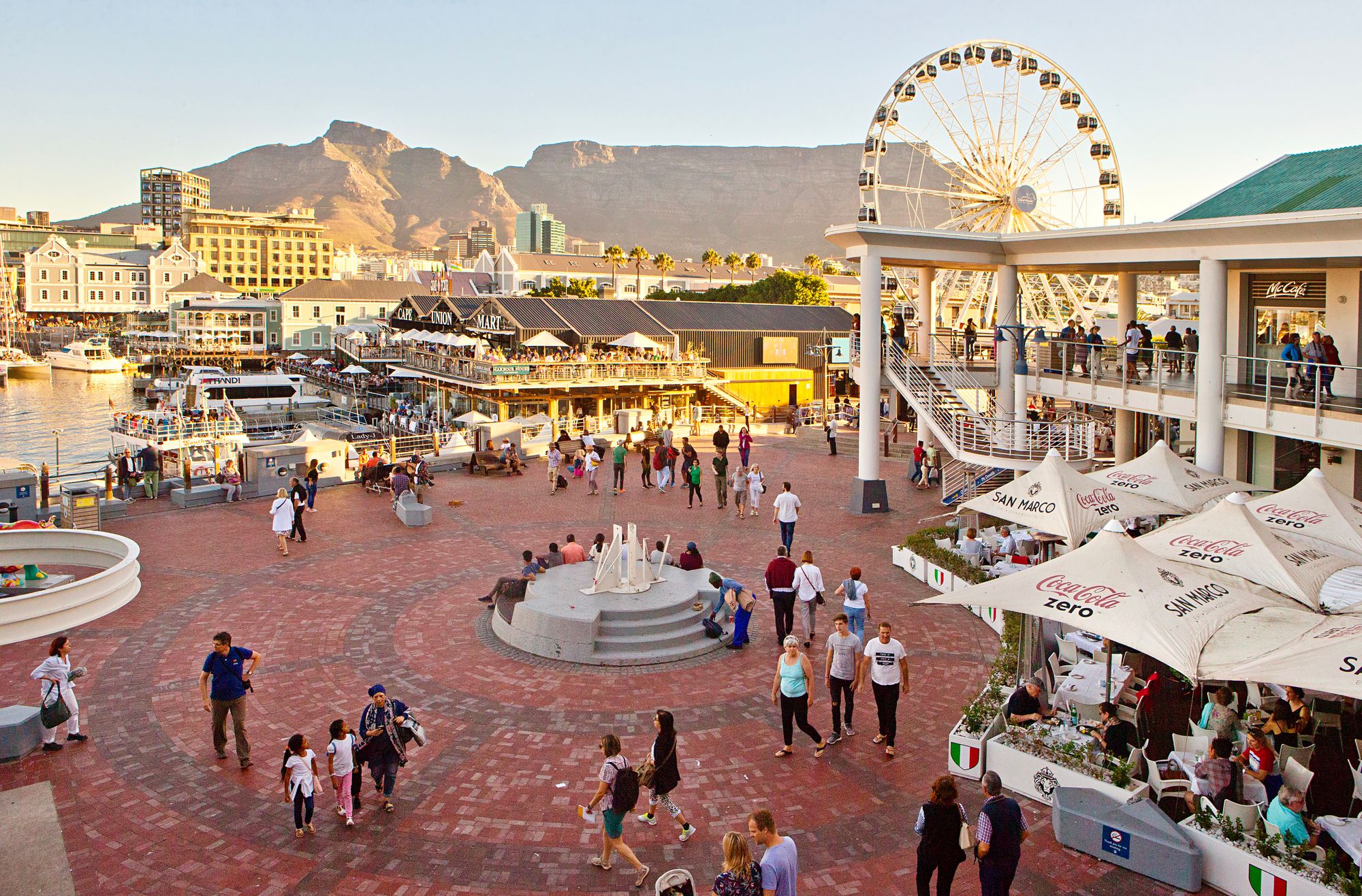
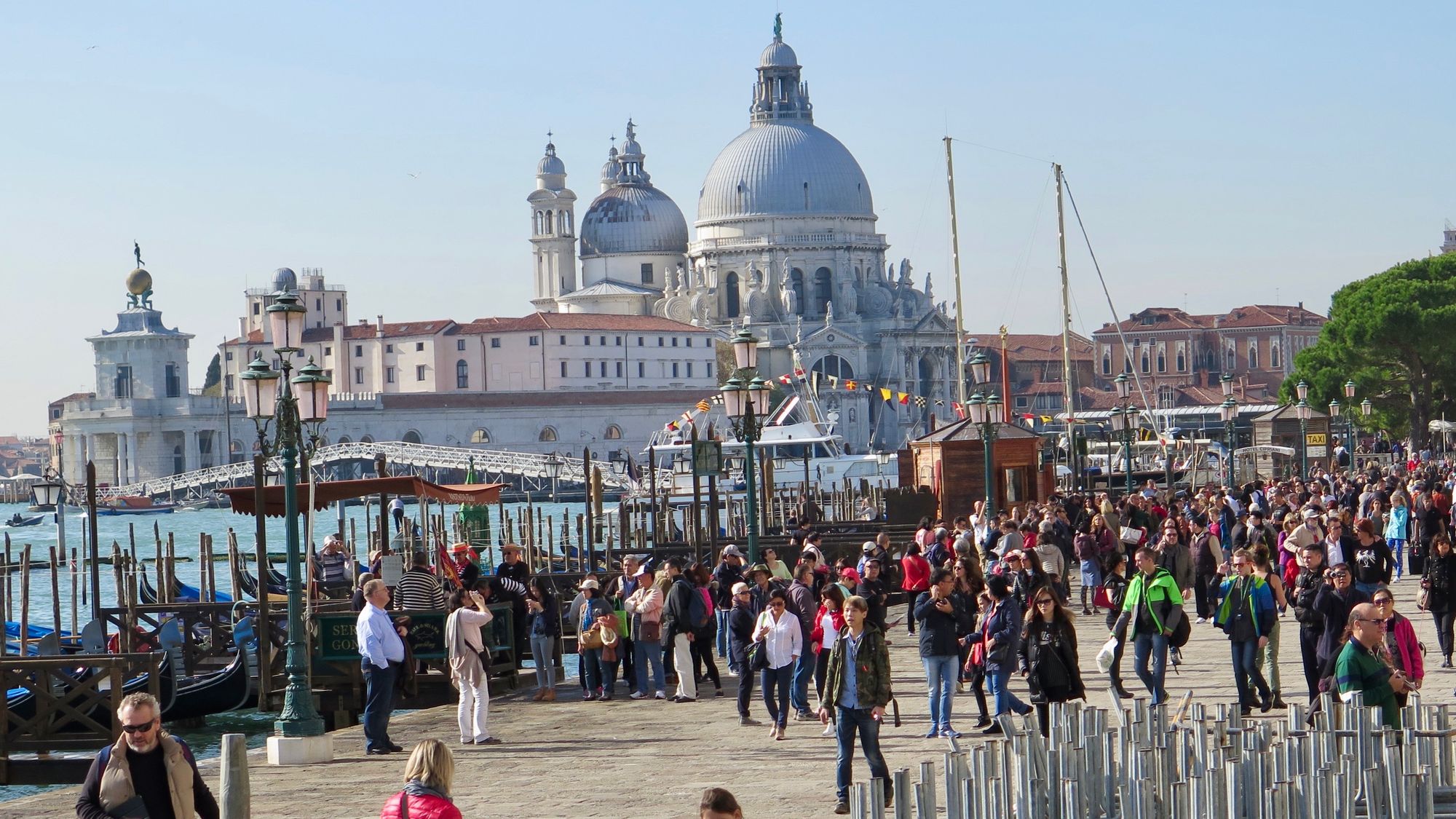
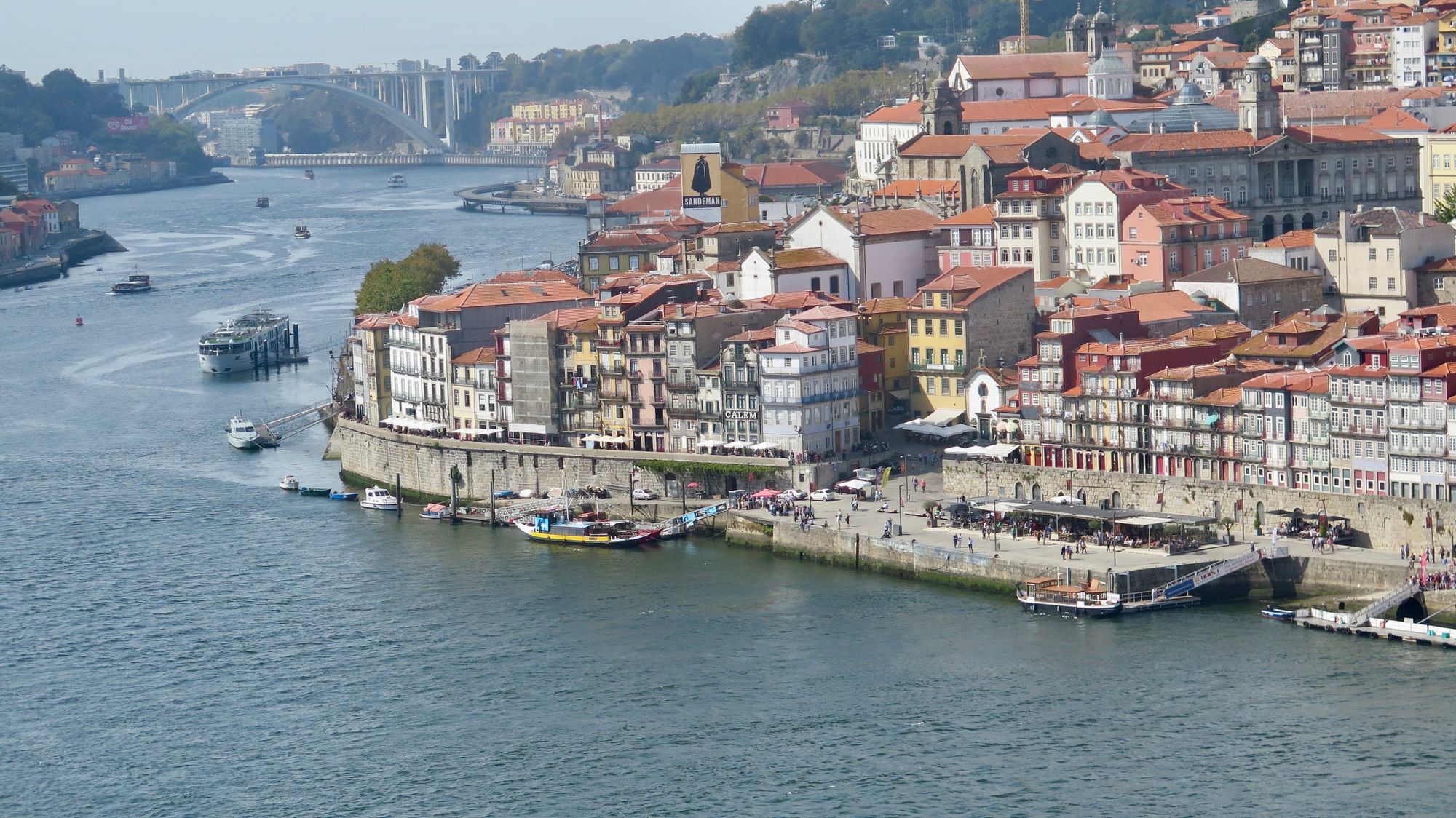
Clockwise from the top left: Stockholm, Cape Town, Venice, and Porto.
The key to making sure places thrive is to see that they fulfill the needs of everyone who lives there rather than focusing on the demands of cars, traffic engineers, iconic designers, and real estate developers. Luckily, many waterfronts have resisted much of that type of development: A few waterfronts have even shown the benefits of removing vehicle traffic! Paris and Porto have done that recently with great success.
Three waterfronts that have partially failed - Barcelona, Brooklyn and Copenhagen
To understand what makes a waterfront great, it is valuable to first look at what makes a waterfront not great. The examples below are waterfronts that miss the mark and waste their immense potential. You might notice recurring flaws like an absence of amenities, food offerings, shade, and diverse uses.
A great waterfront is not just a path near the water, it highlights the water by making the experience of walking along it beautiful, interesting and fun.
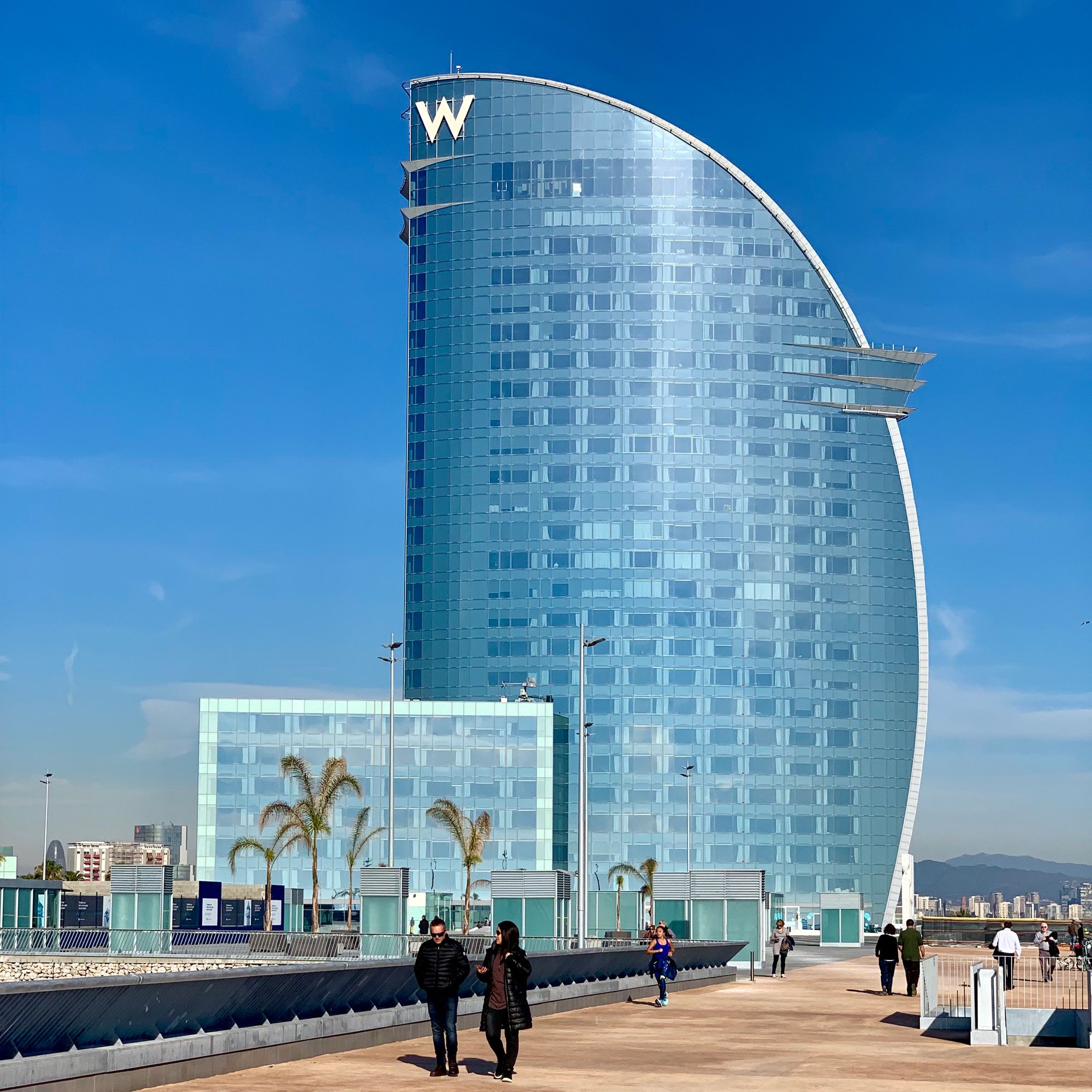
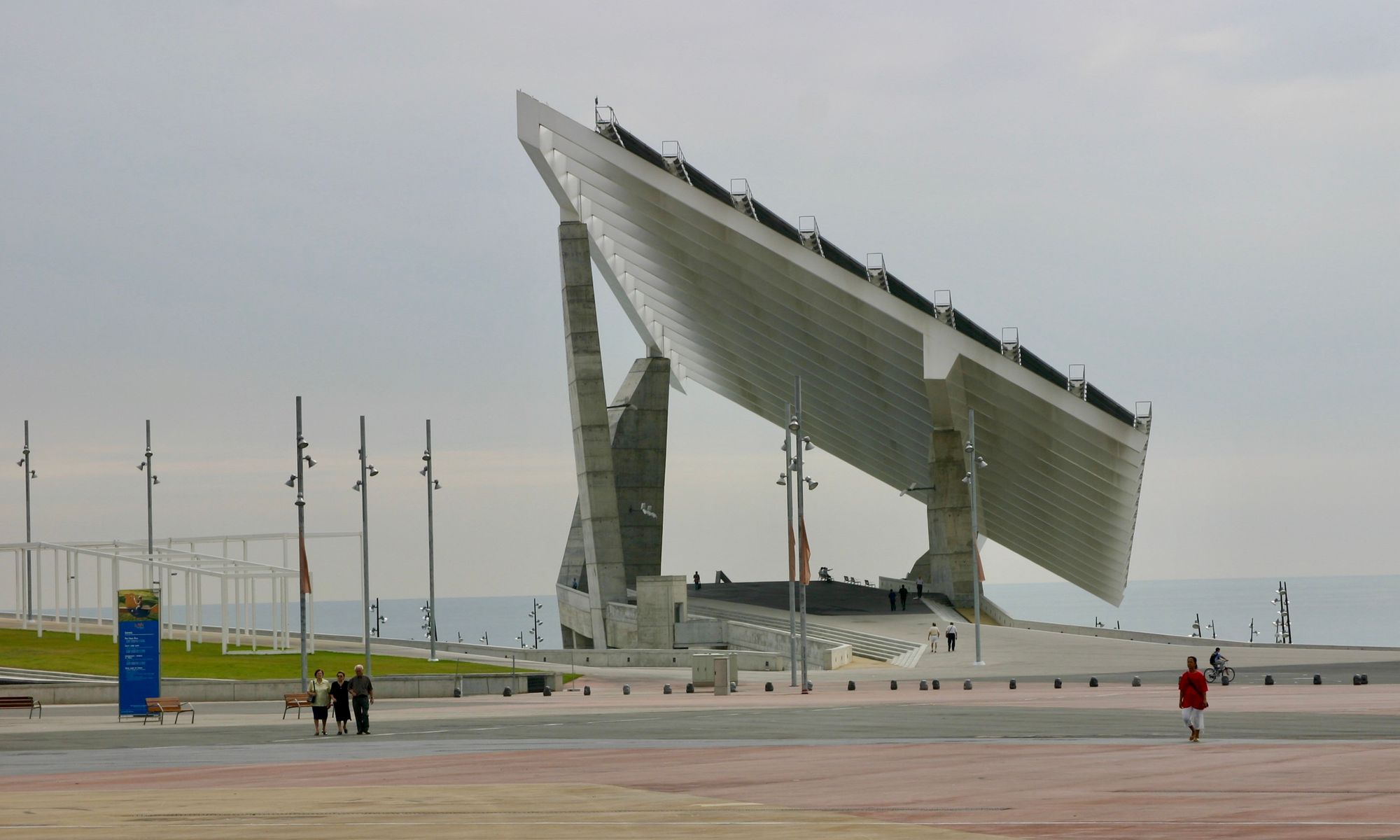
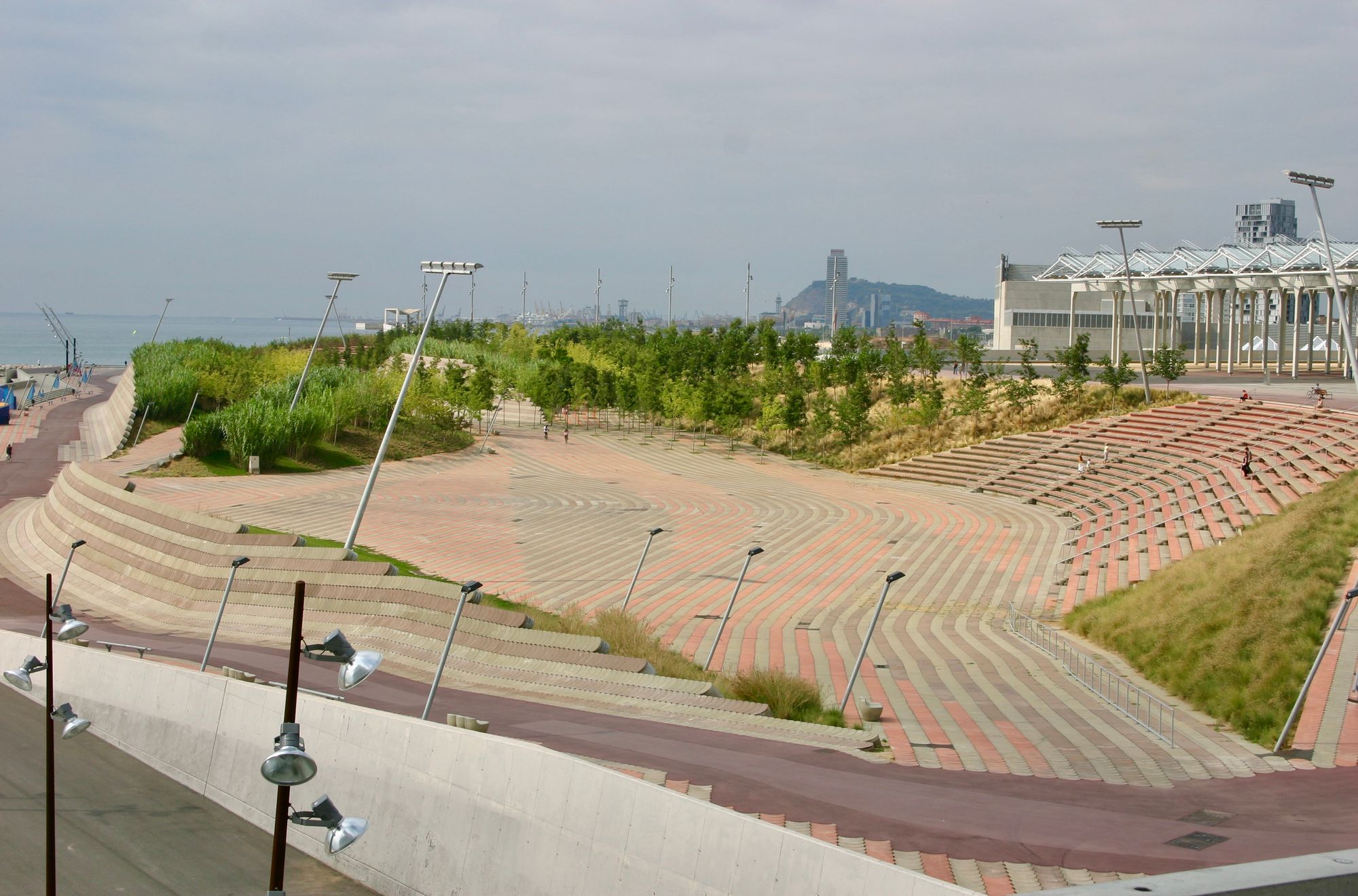
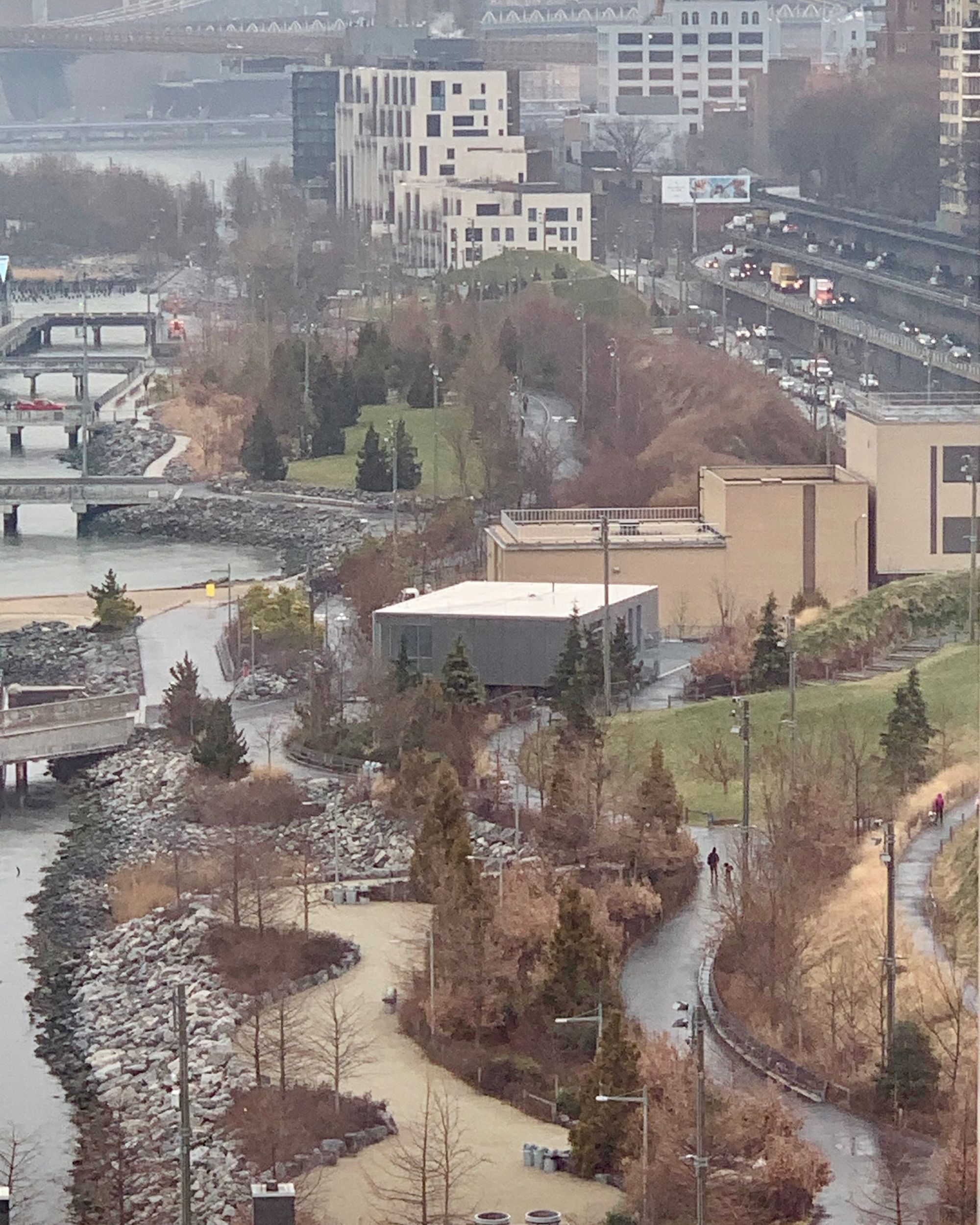
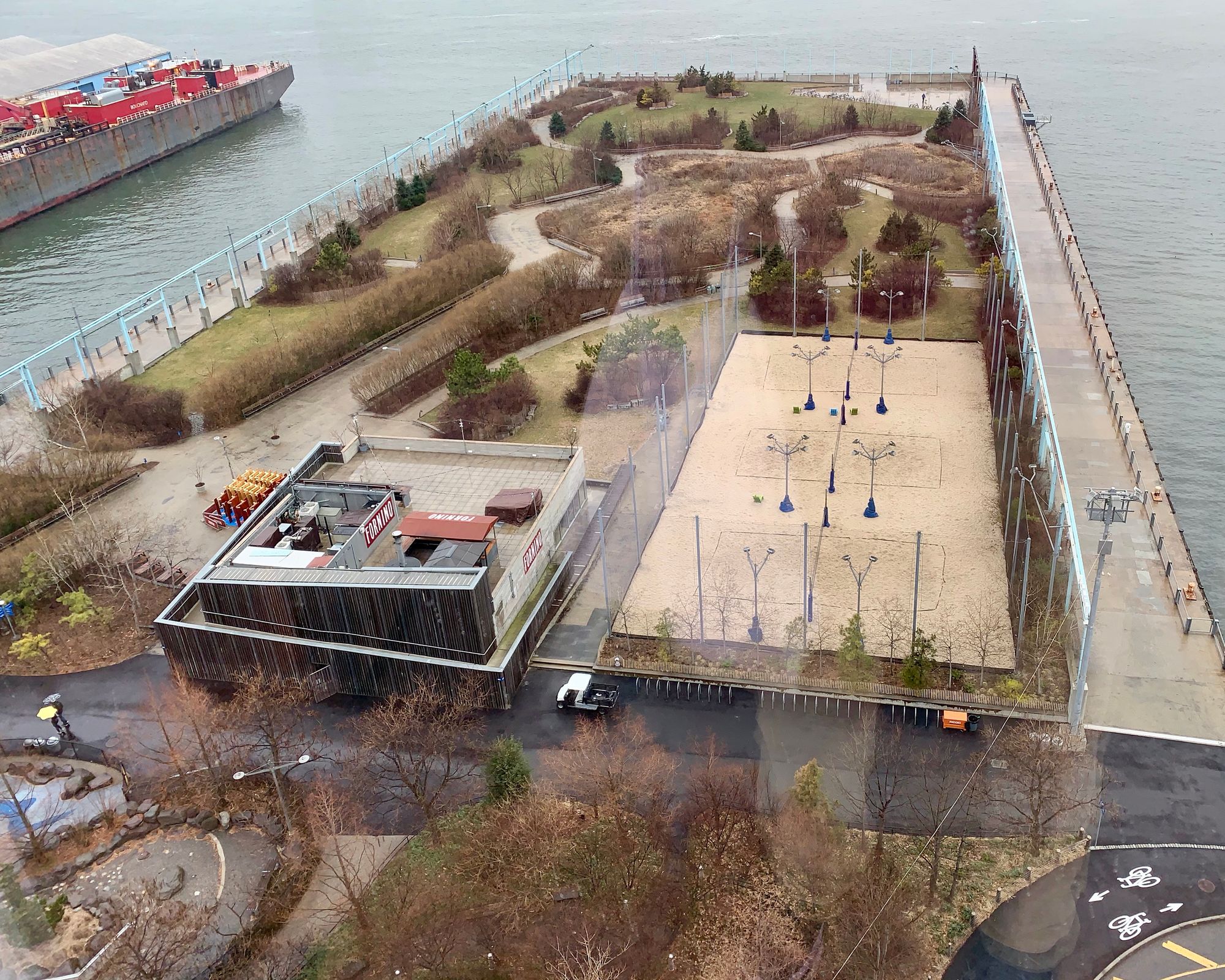
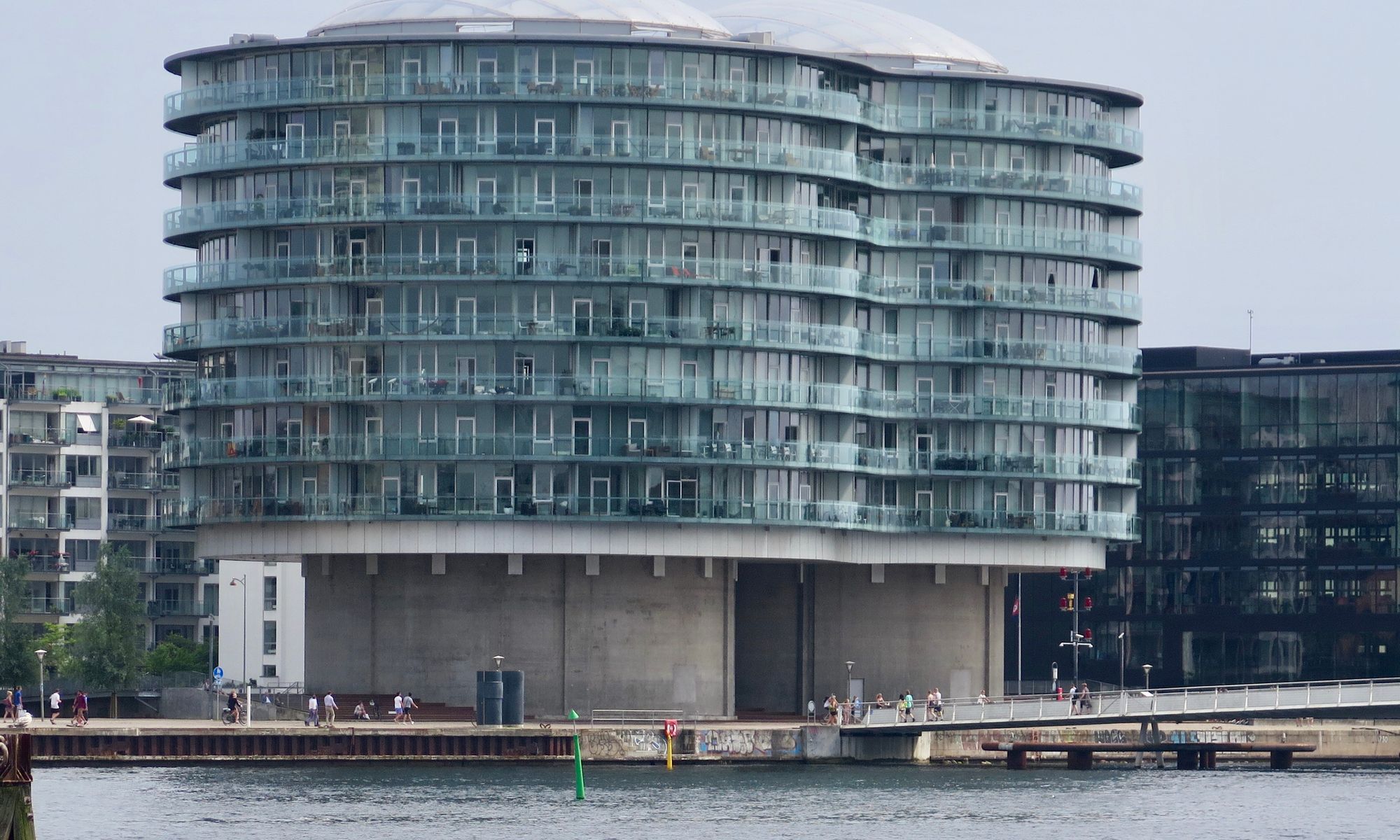
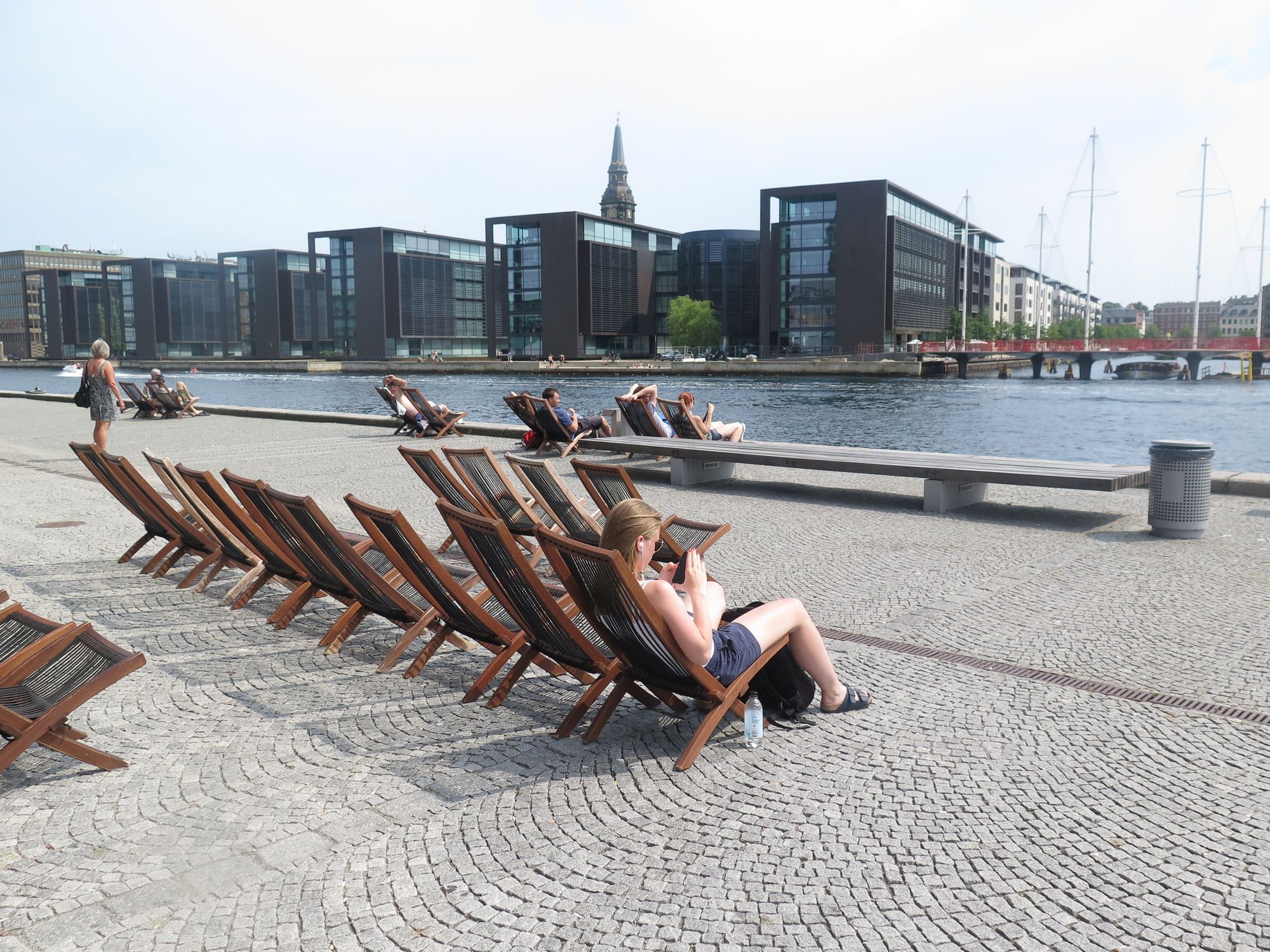
Barcelona (top row), Brooklyn Bridge Park (New York) (middle row), and Copenhagen (bottom row).
11 of our Favorite City Waterfronts
Below are just 11 of an extensive list of what we believe are the best waterfronts in the world. In many of the cities you'll read about below, waterfronts have been reimagined as vital civic assets. This type of vision presents an ideal opportunity for launching placemaking campaigns that involve the entire community in shaping public spaces that reflect their aspirations. Just like in the history of many cities, the waterfront can be the start of something new, such as a movement toward better placemaking.
The way to do that is by creating multi-use, multi-dimensional public spaces— attractive, engaging places with many things to do, so people of all ages and backgrounds will want to gather there. It's important to remember that placemaking means more than just adding distinctive or "cool" features to a location. It's about creating a place that engages people to do something more than look at it. It's about generating activity we all want to join in on; connecting us with other people.
Making that happen boils down to paying attention to how people actually use waterfront spaces.
Porto, Portugal
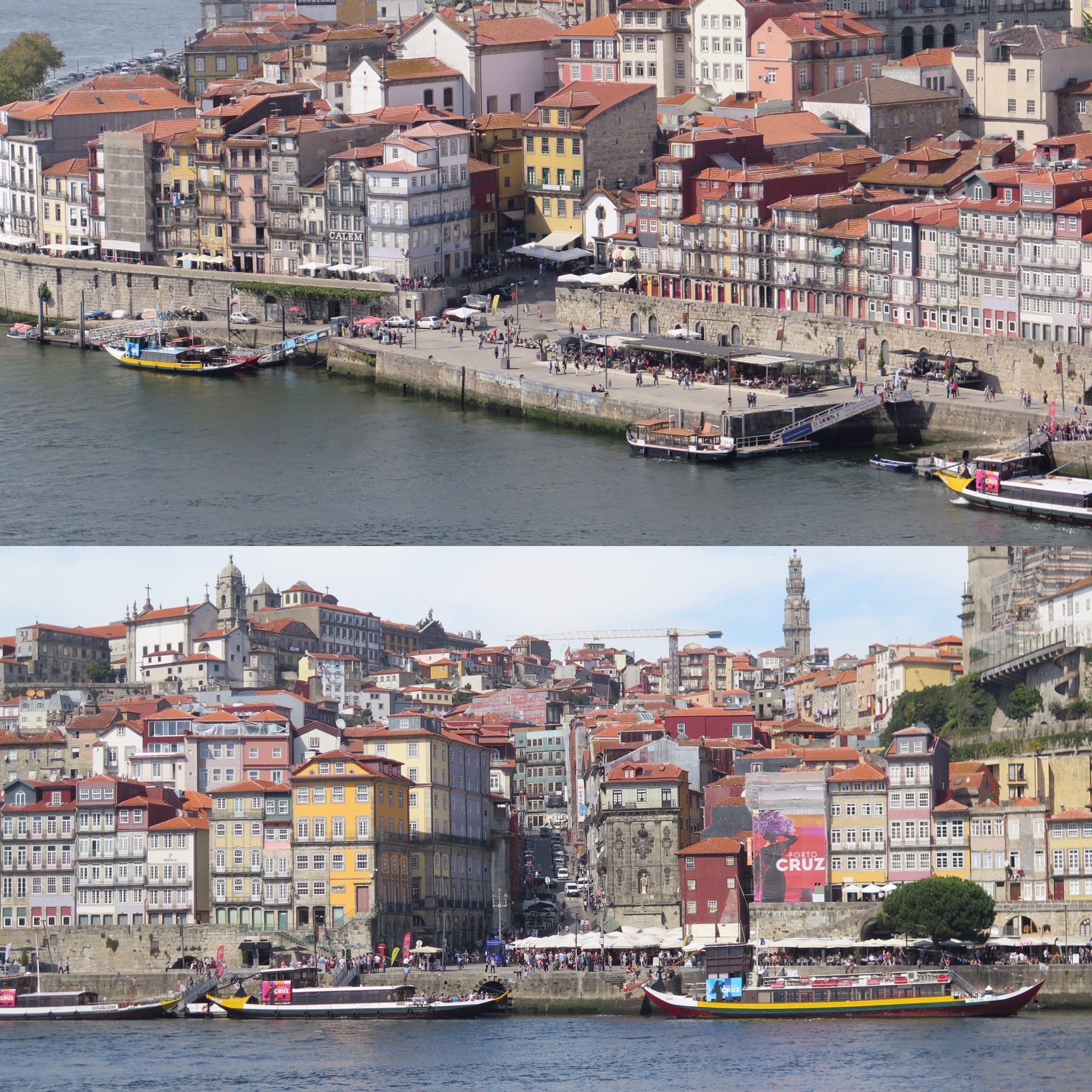

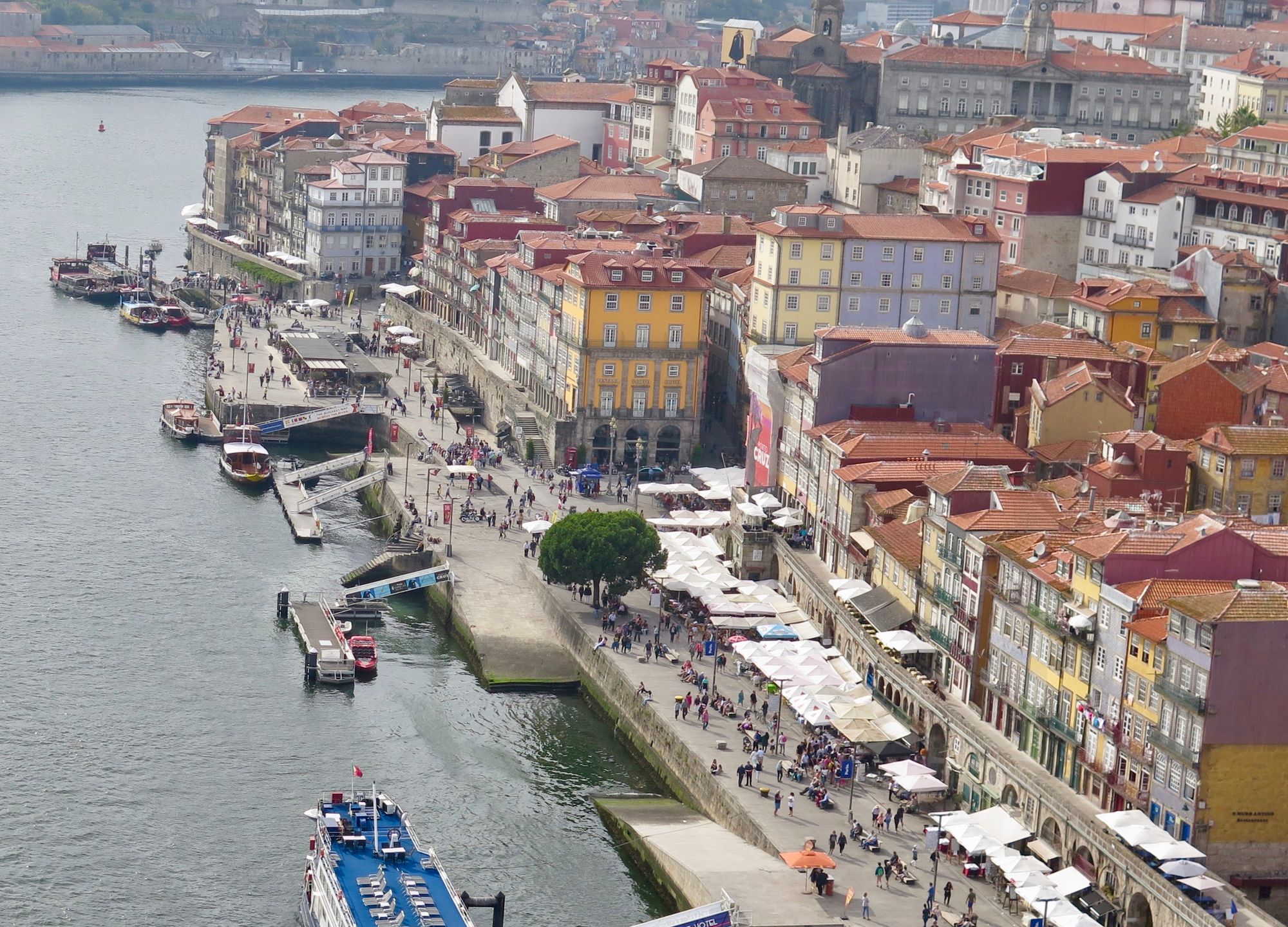
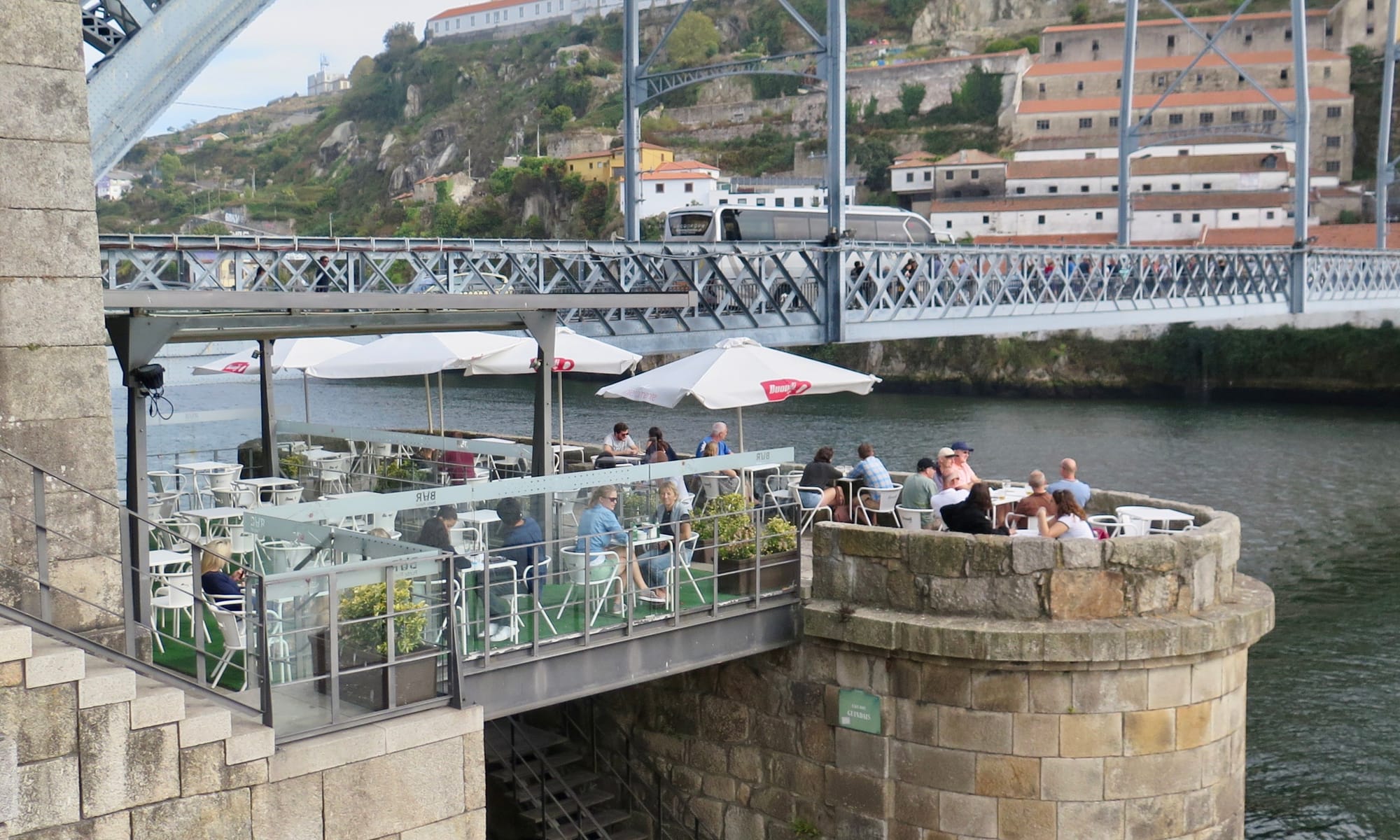
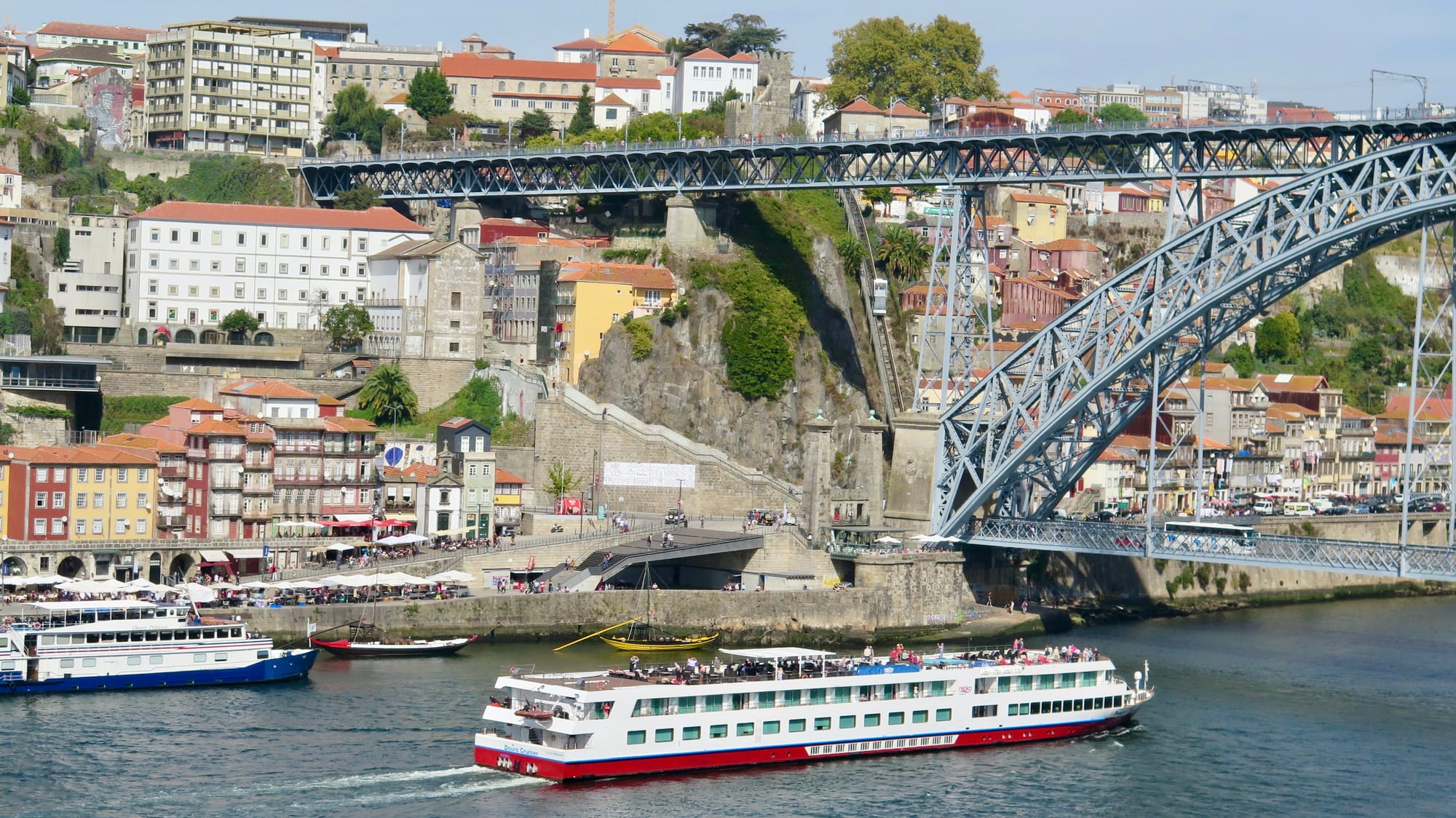
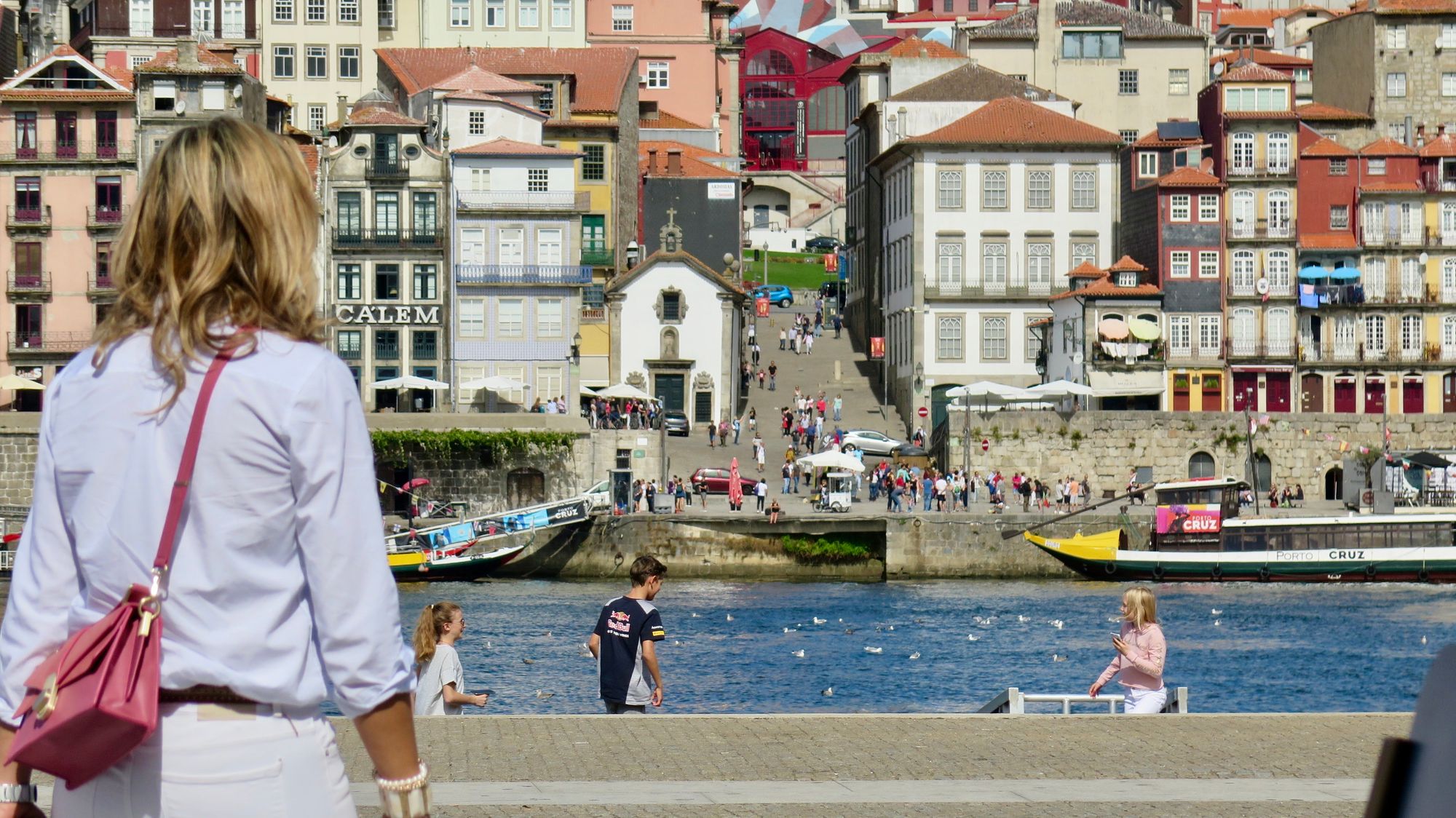
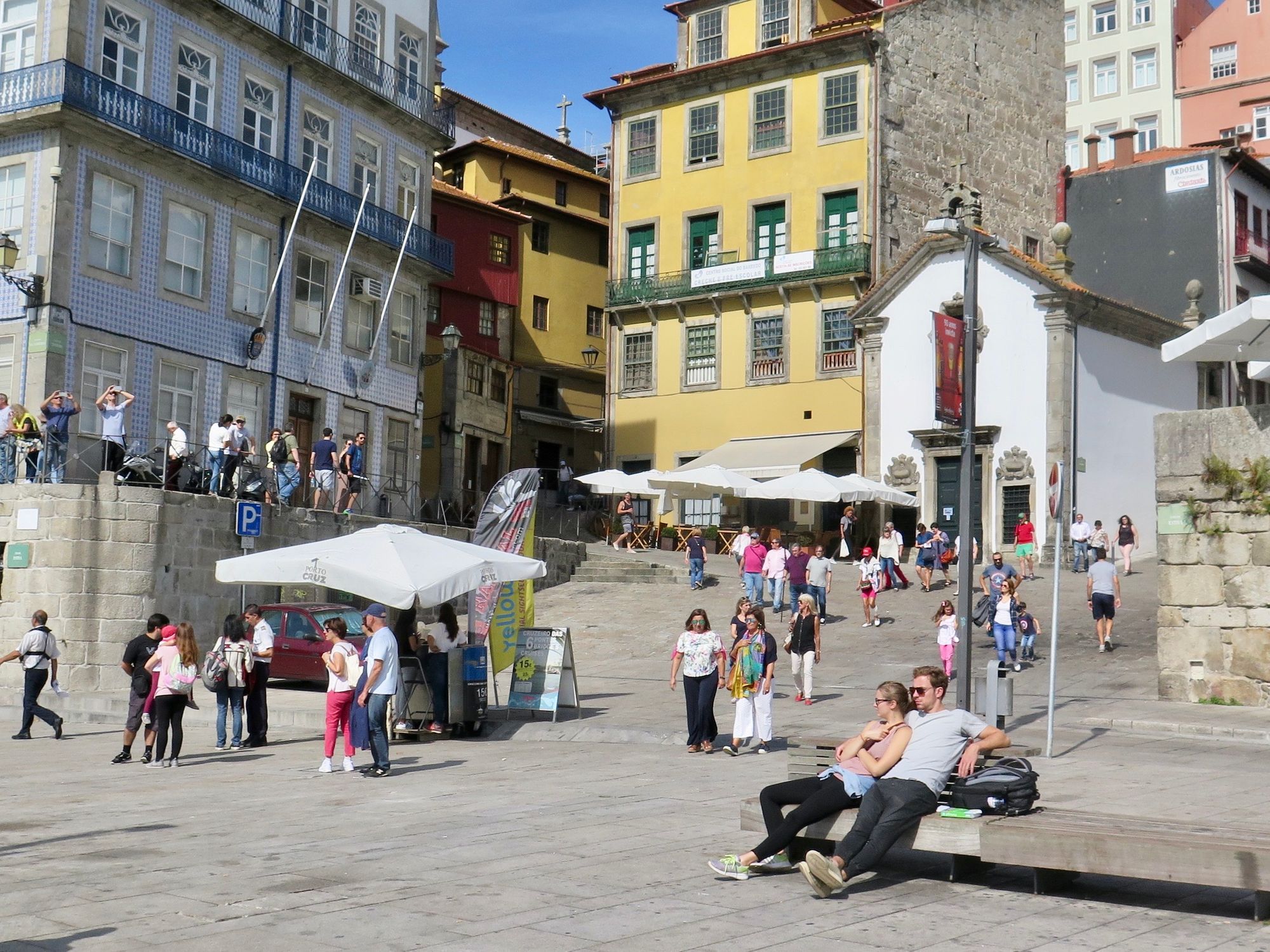
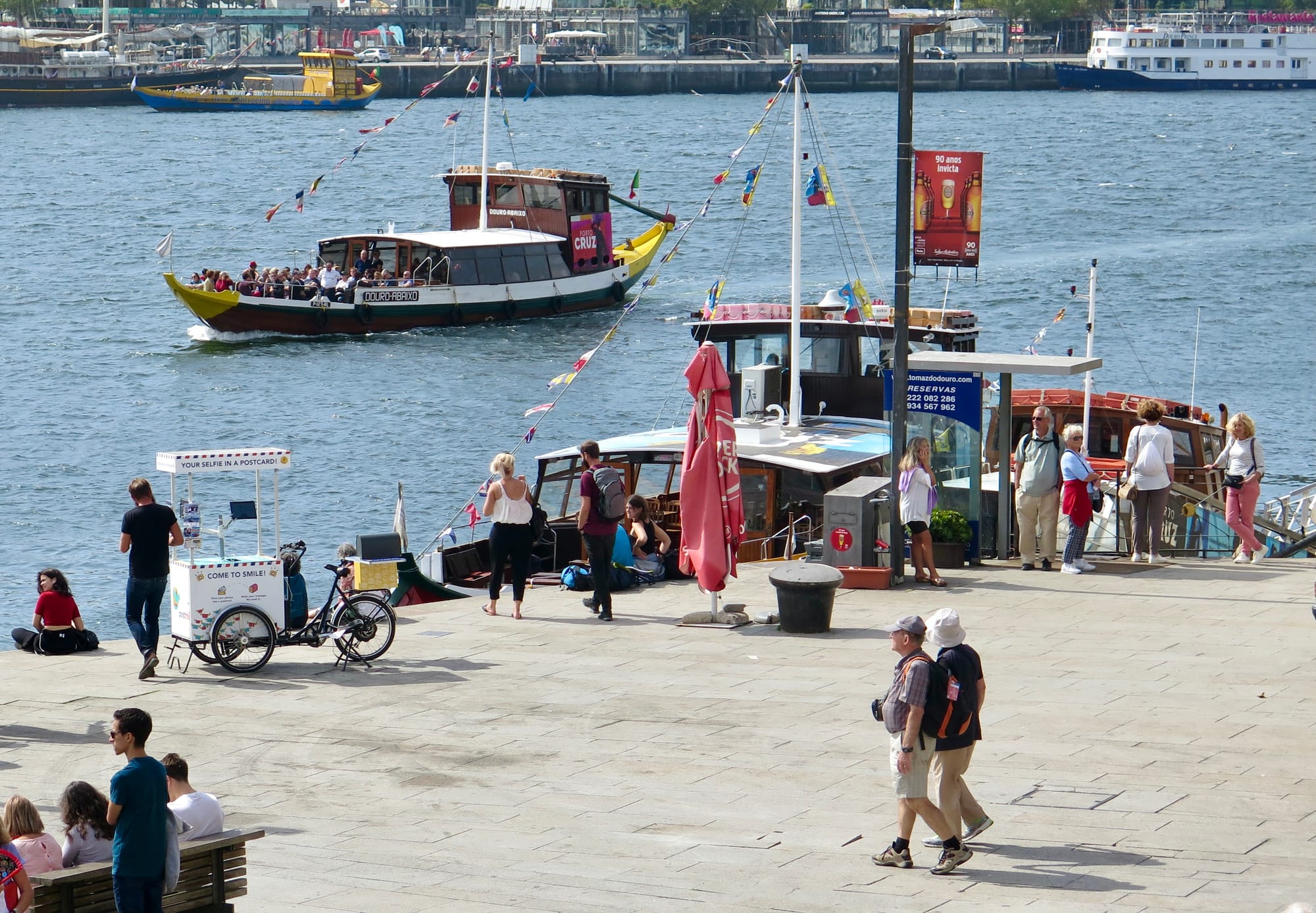
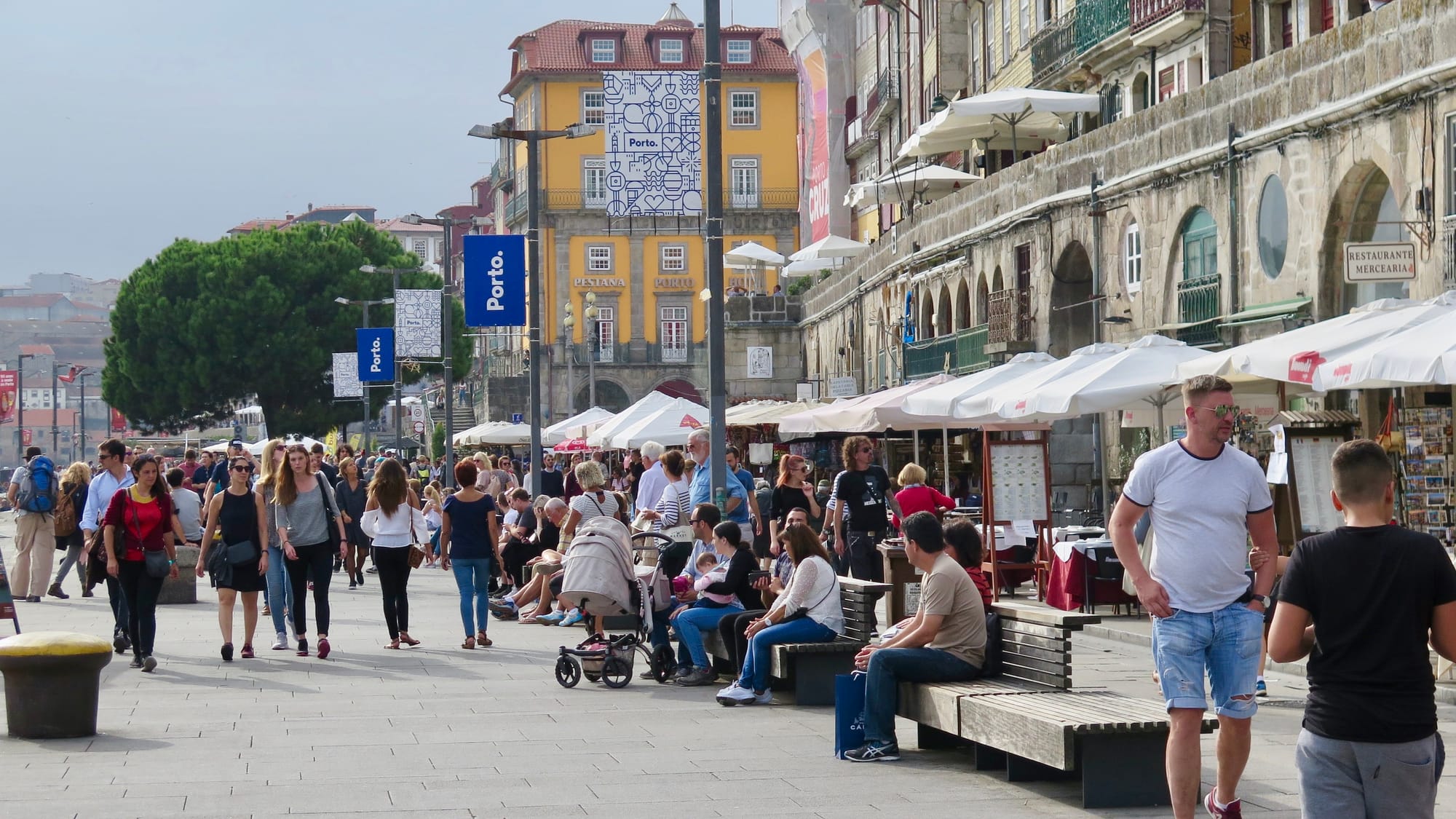
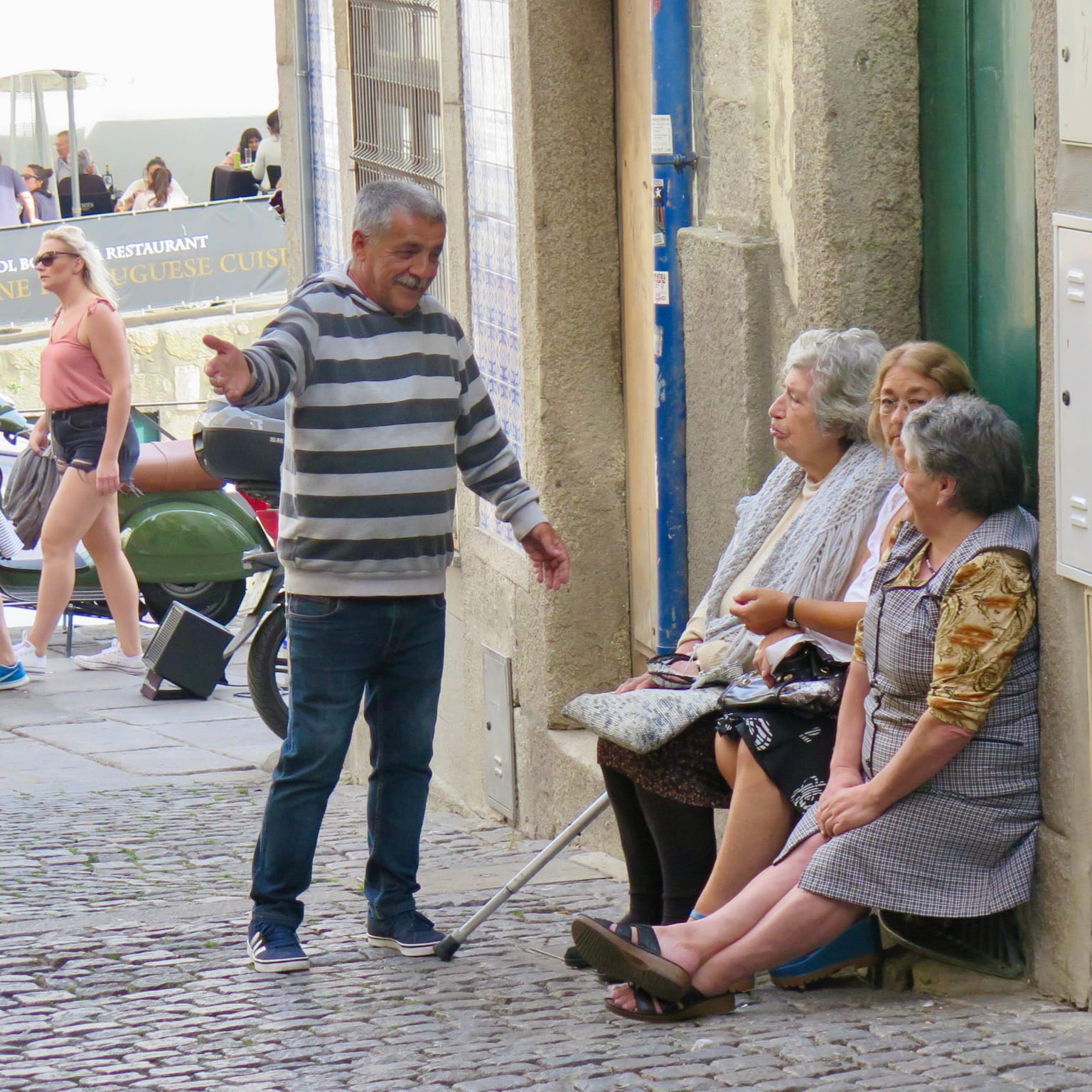
Porto is the perfect setting for a near-perfect waterfront.
Porto's waterfront spaces cascade down the slope to the water, with human-scaled developments all along the way. The waterfront has direct access up the slope in three distinct entrances, all of which start in wide plazas. This connection creates dynamic nodes, linking two levels of a promenade along the waterfront.
Paris, France: Seine and Bassin de la Villette
Starting in 2003, Paris has transformed its waterfront on the Seine and the Bassin de la Villette entirely. The approach has been revolutionary and it was motivated by a unique reason. The Seine often floods in the winter, meaning that it necessarily transforms from year to year: a challenge that encourages new ideas to emerge over time.
The Bassin de la Villette is located in a largely immigrant neighborhood and its banks are full of diverse residents enjoying it together. It shows how a great public place leads to vibrant multi-cultural experiences and facilitates the connection of neighbors from all backgrounds.
The Seine, Left and Right Bank
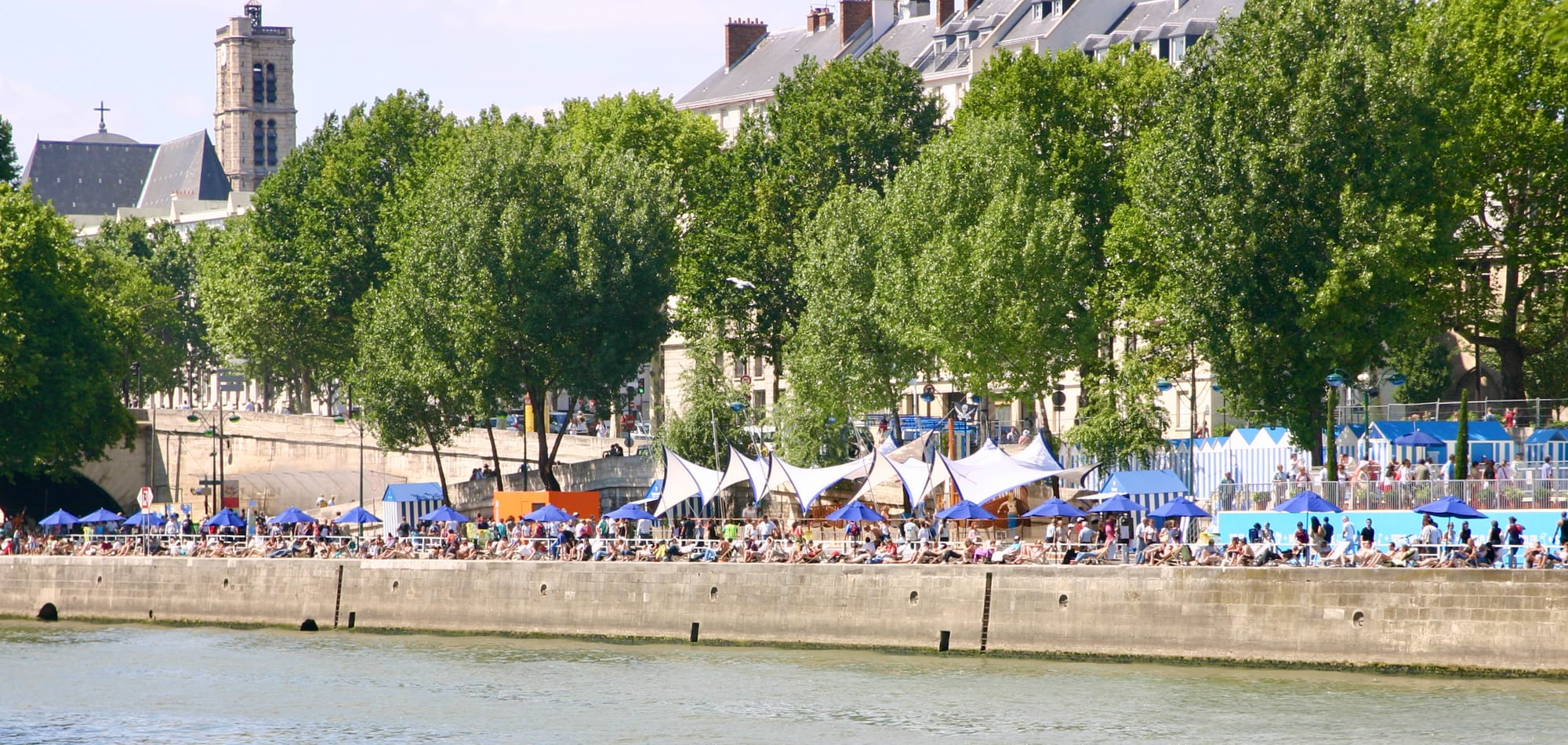

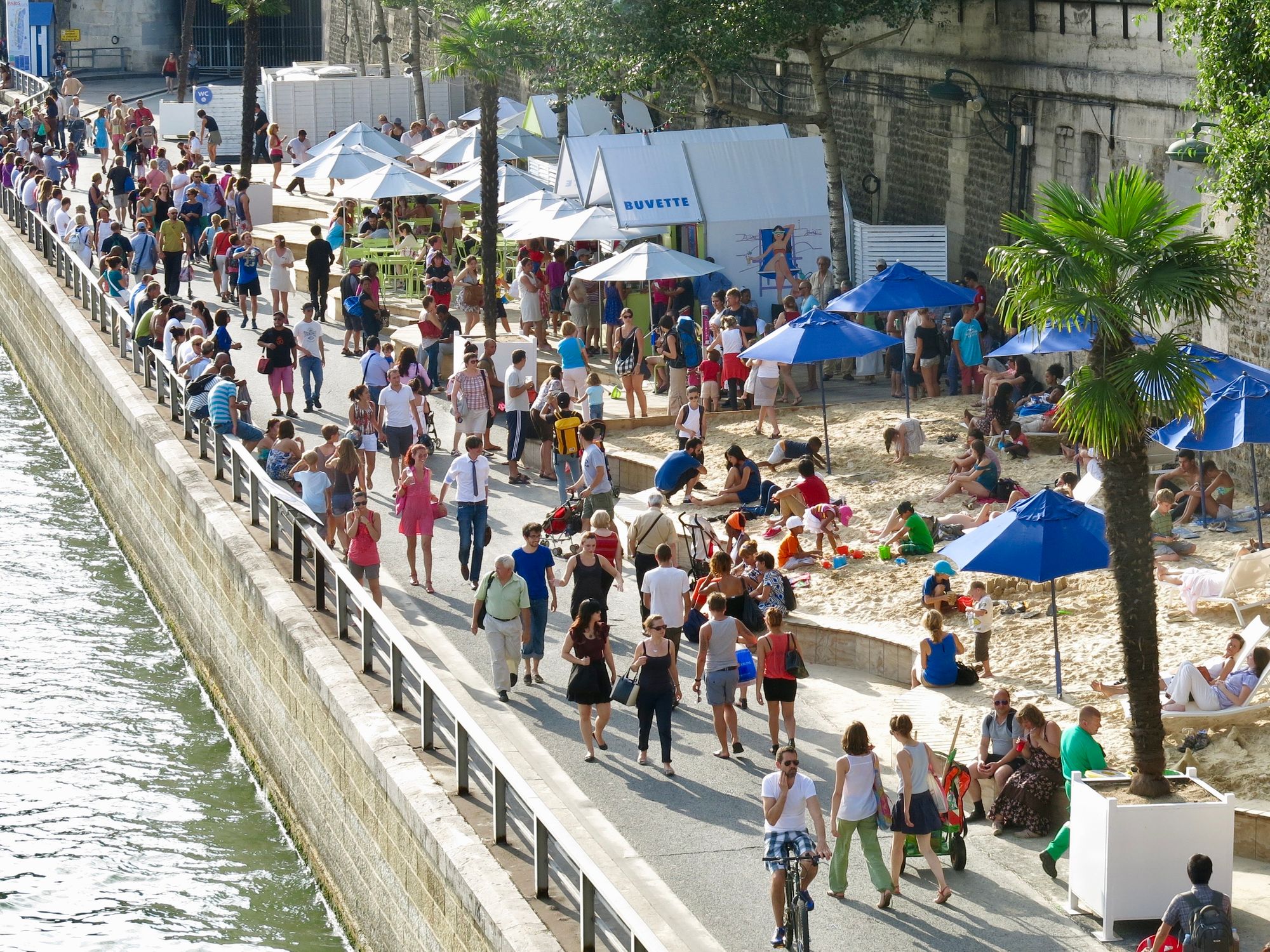
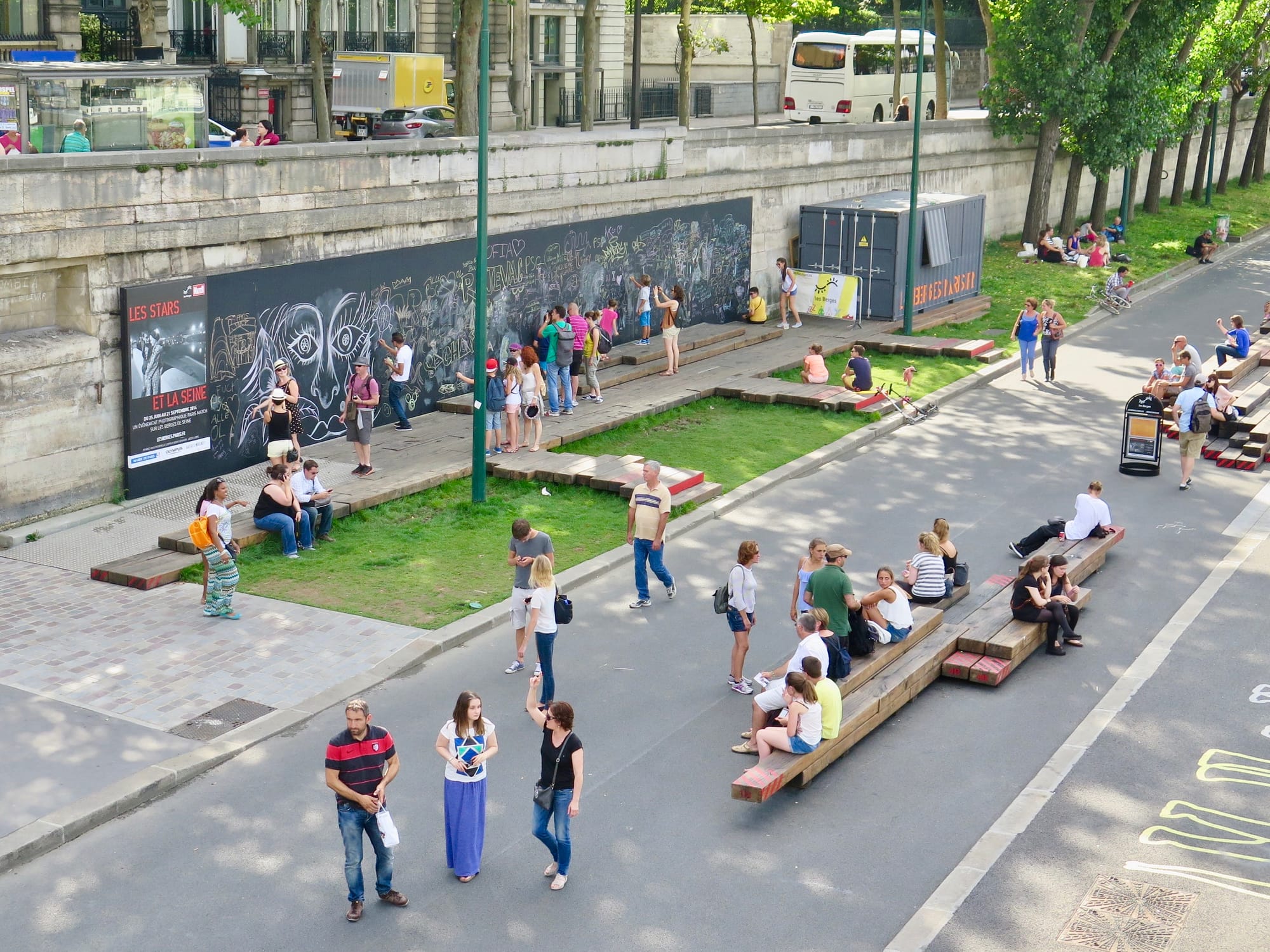
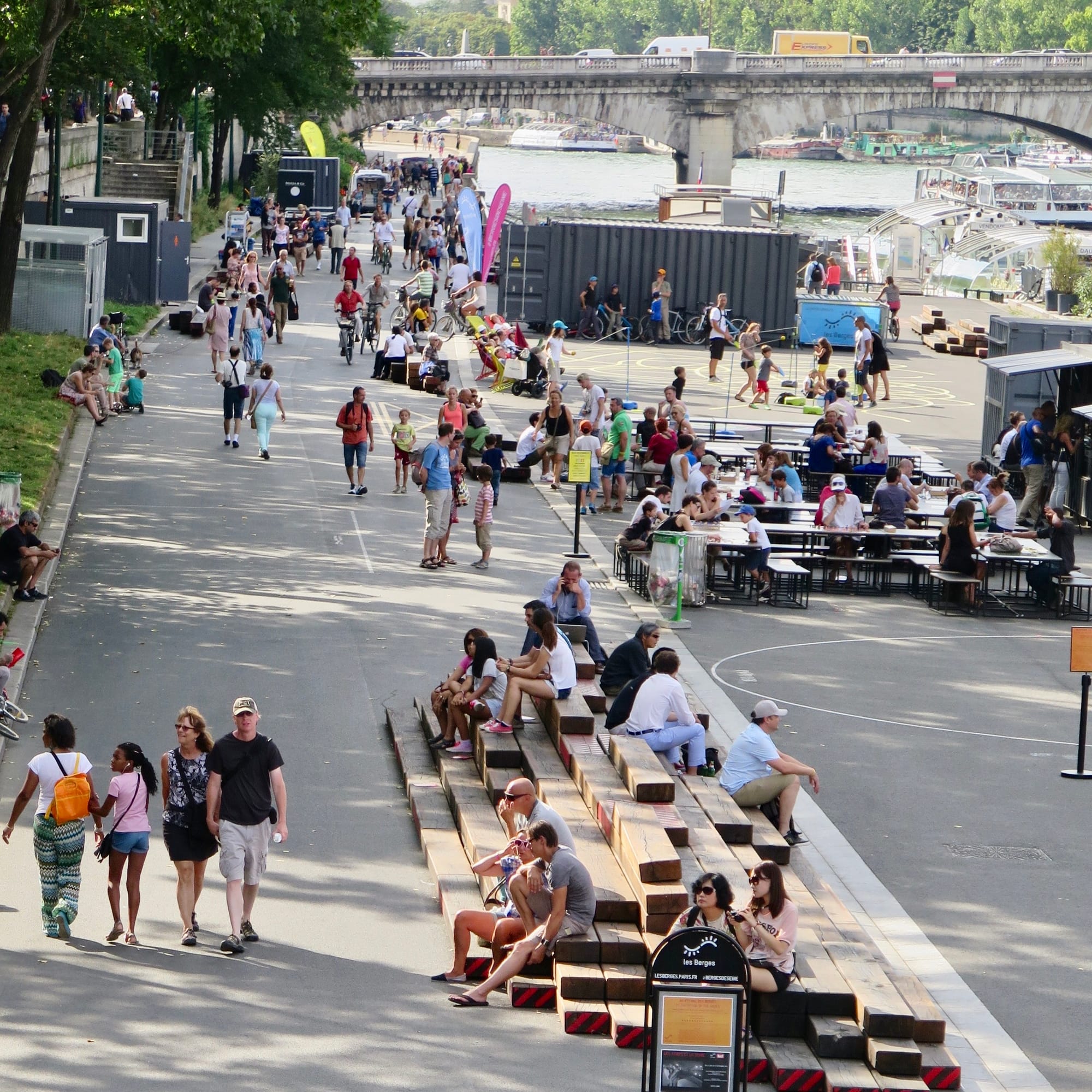
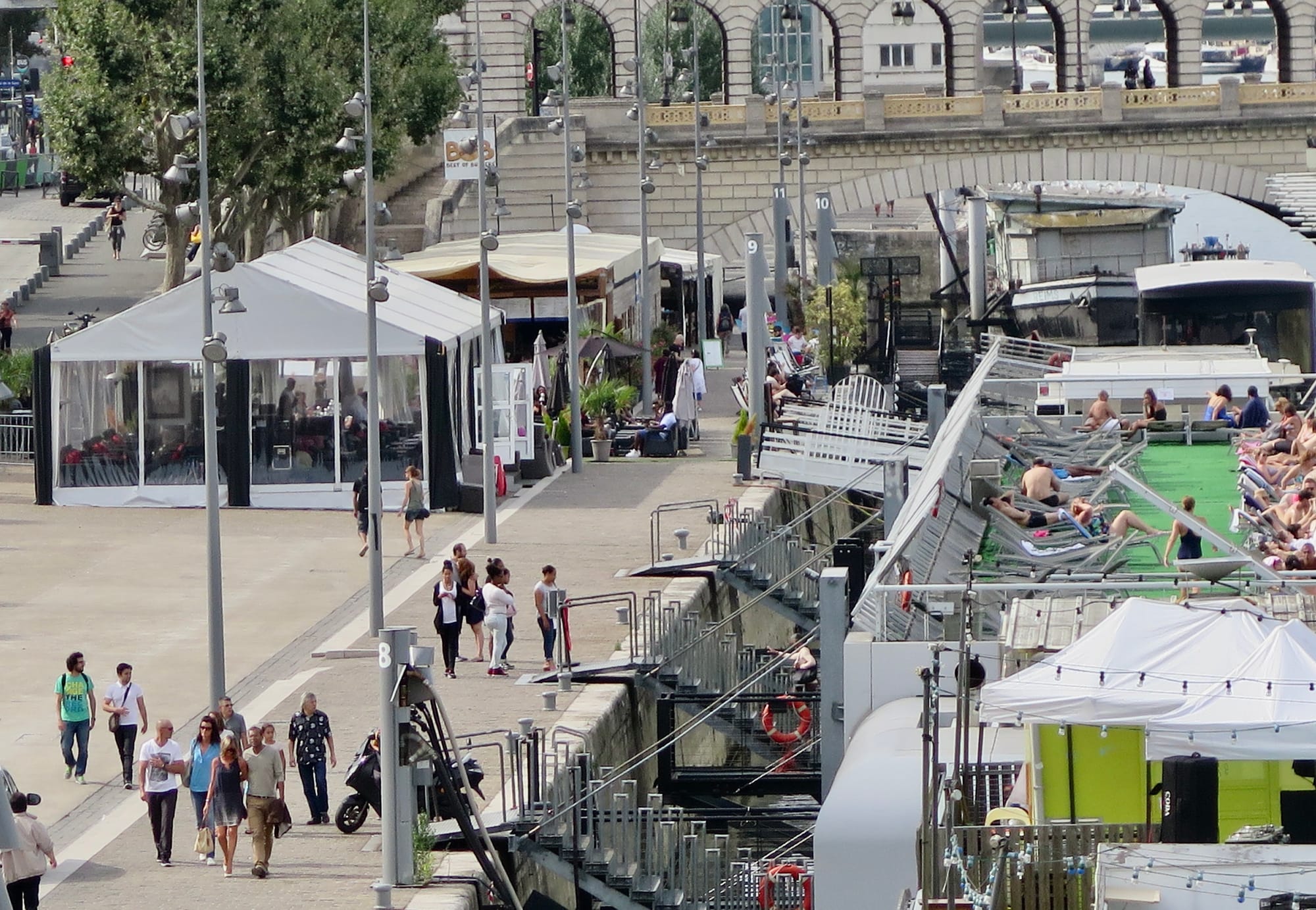
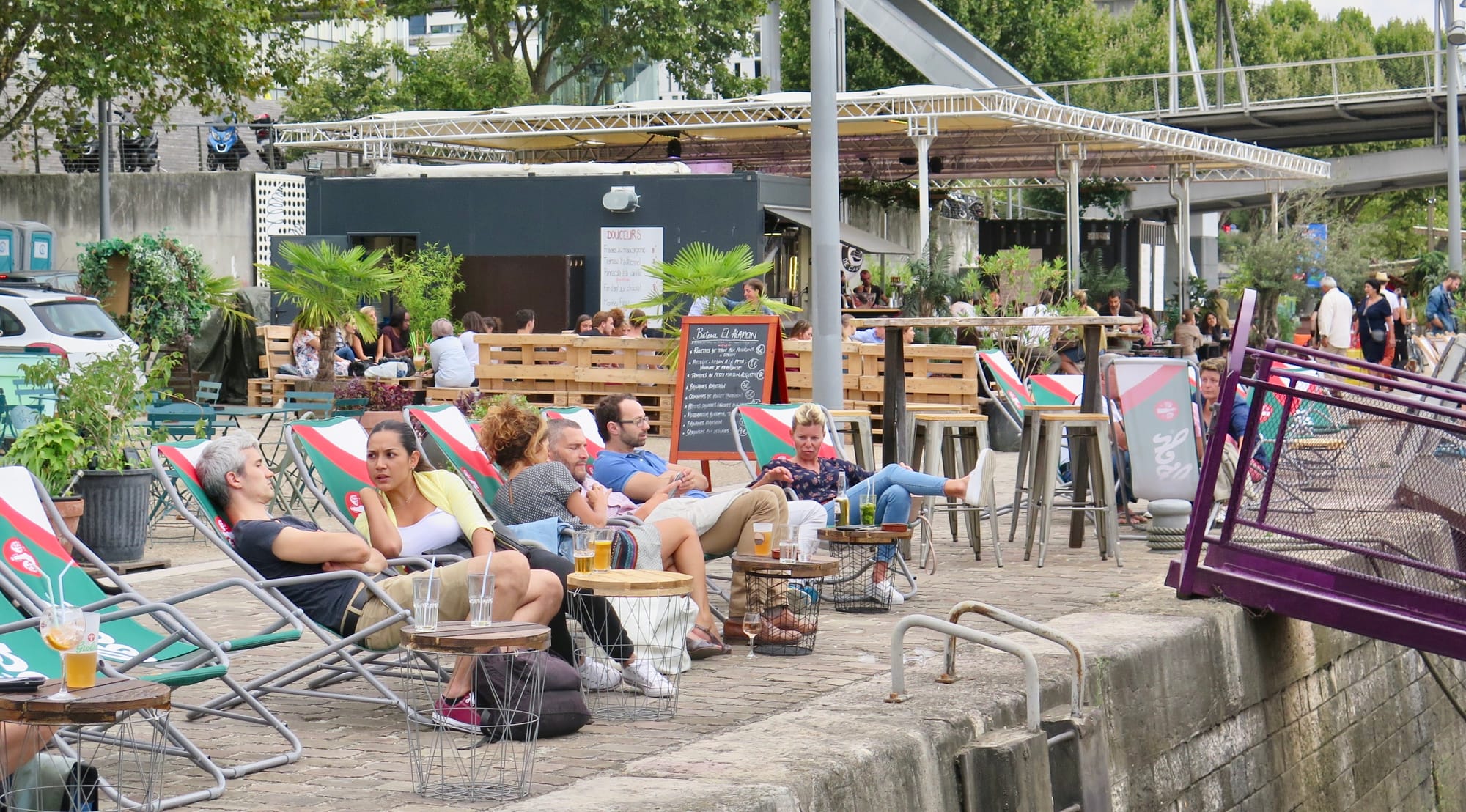
The waterfront in Paris: A place of transformation.
Bassin de la Villette
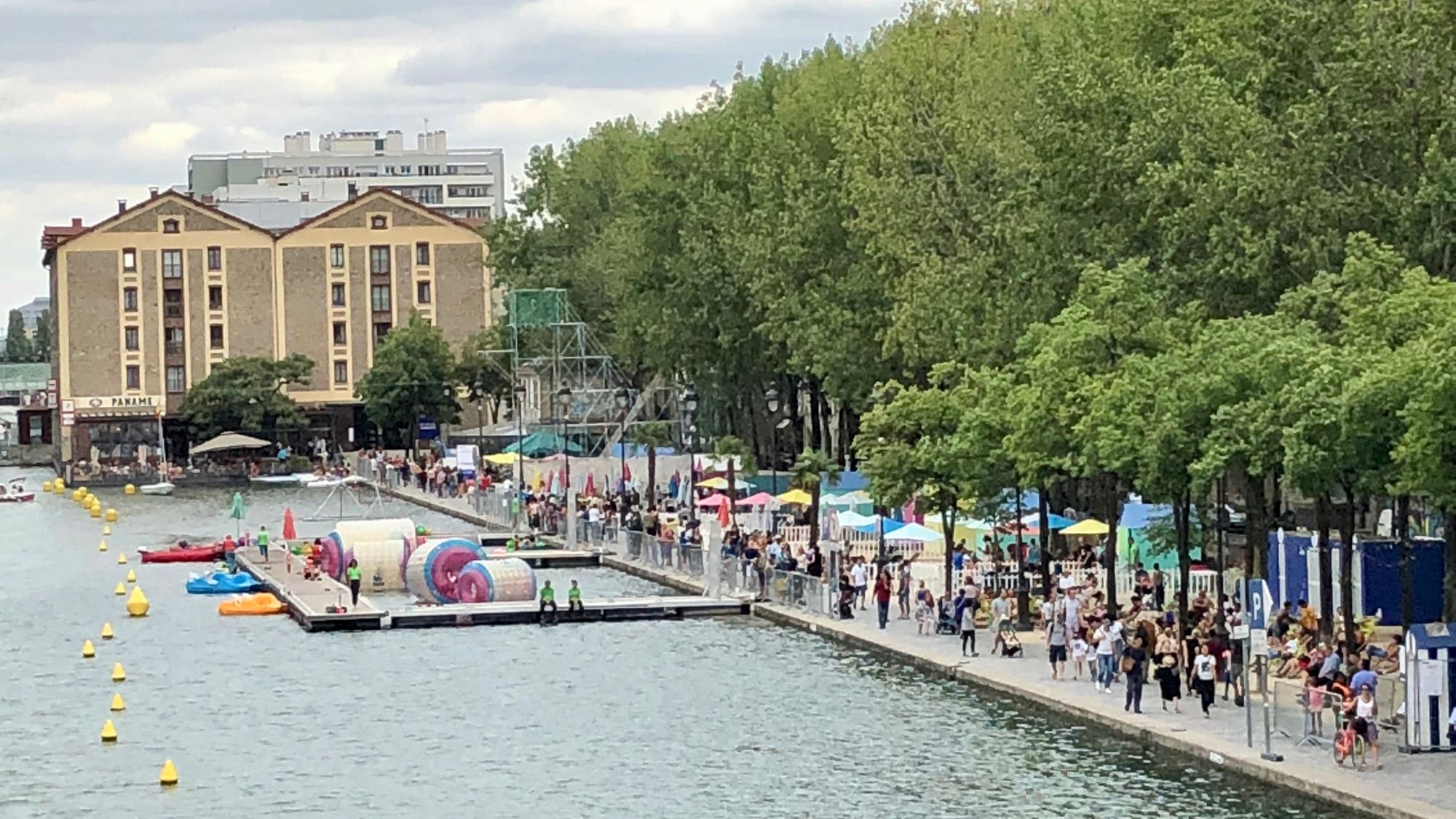
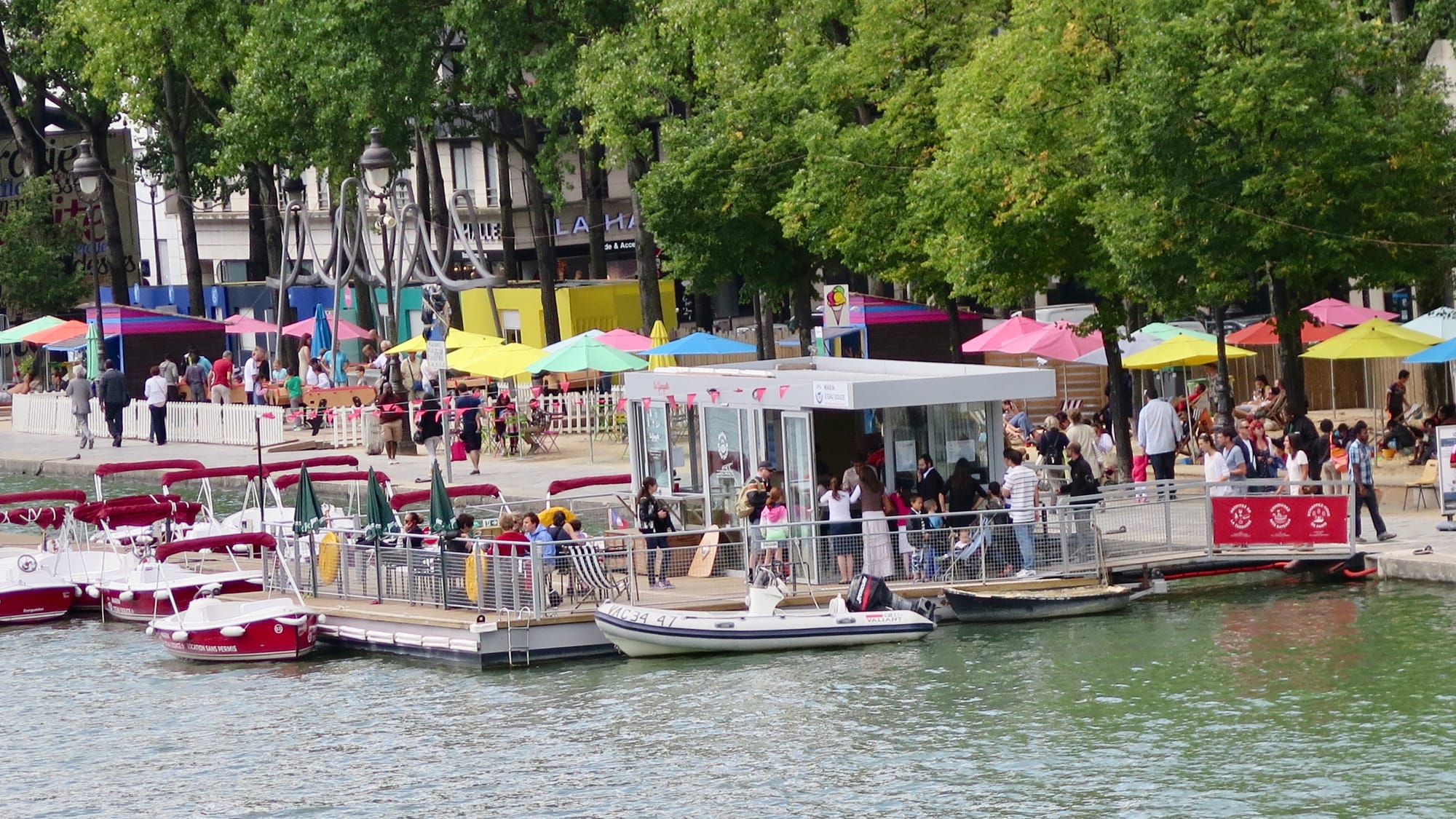
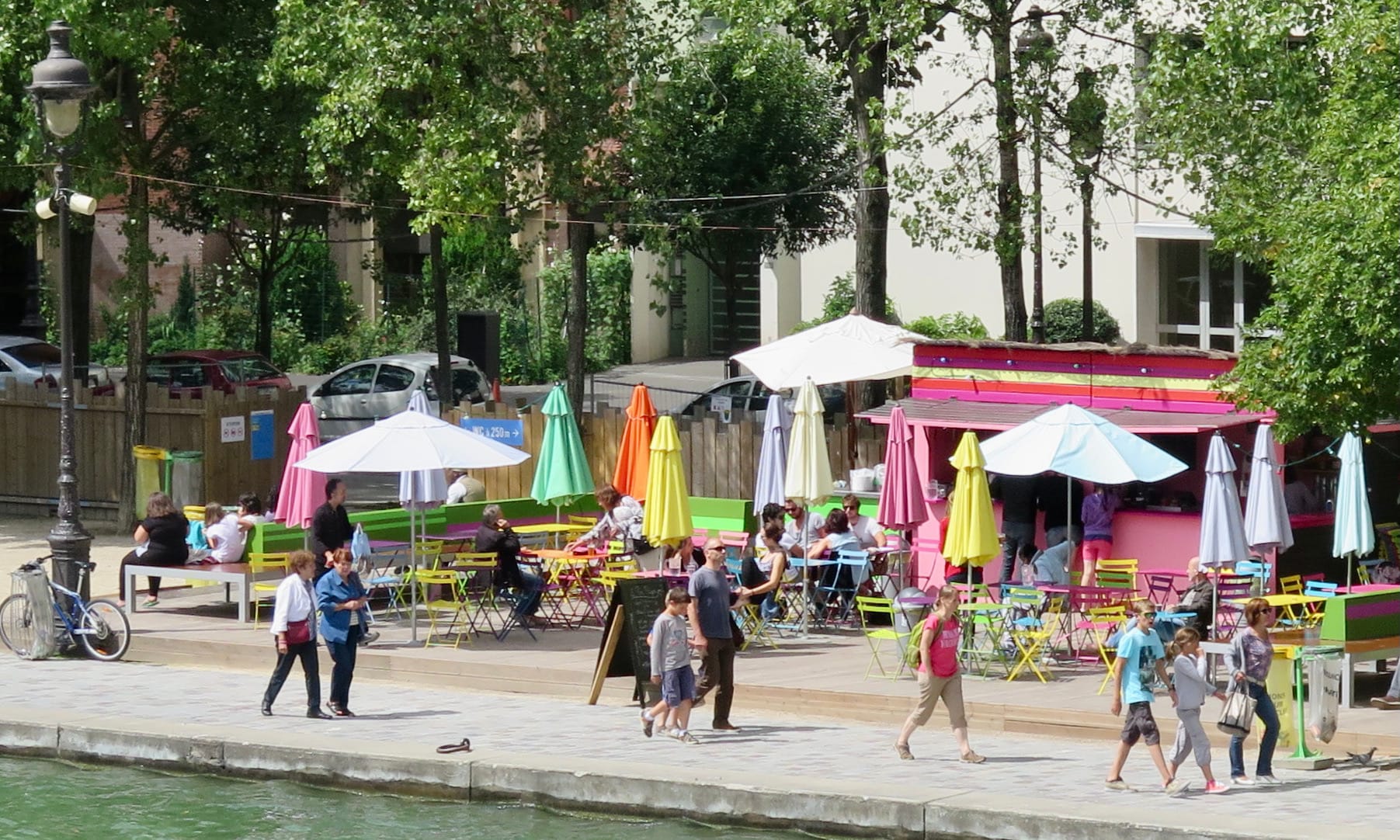
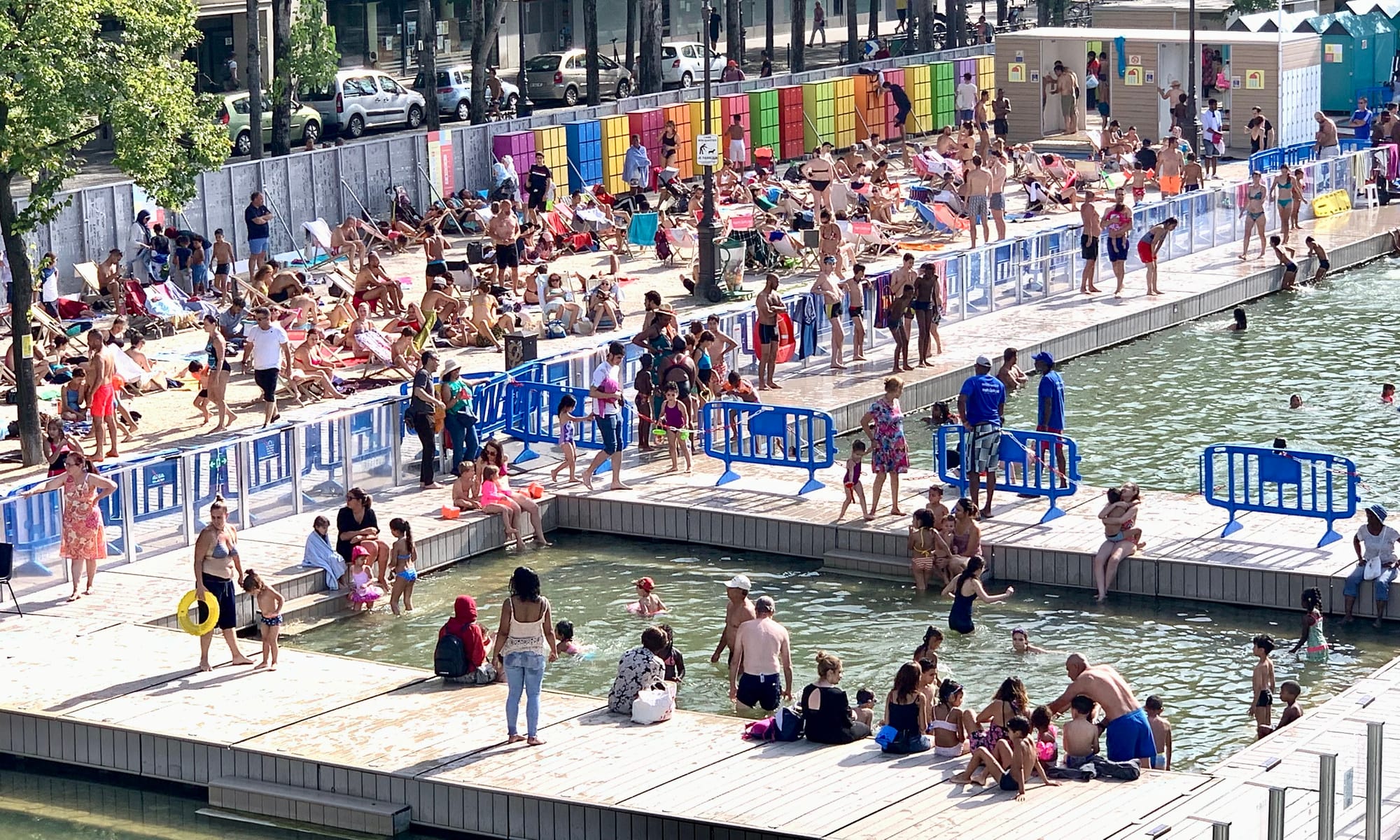

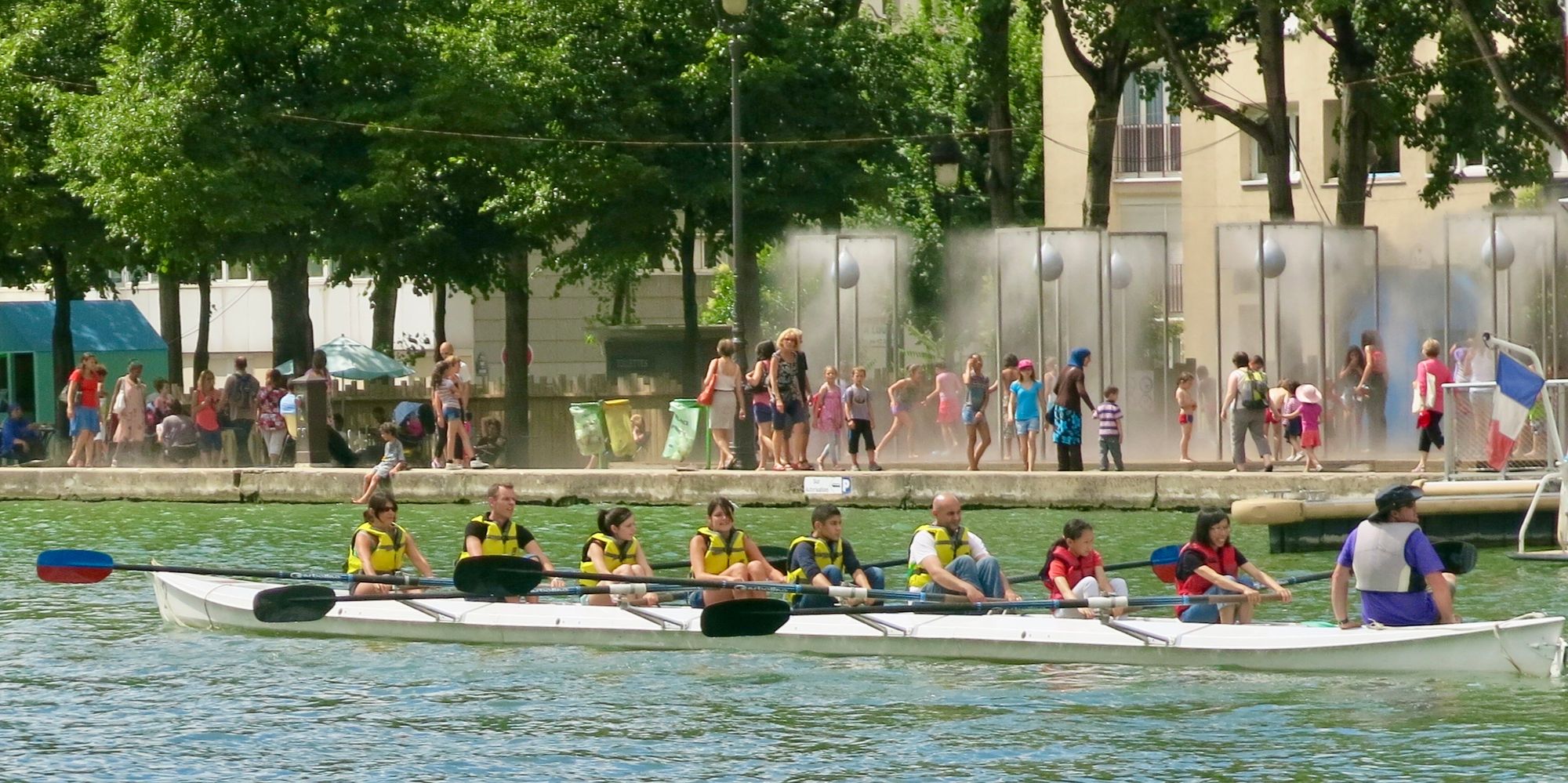
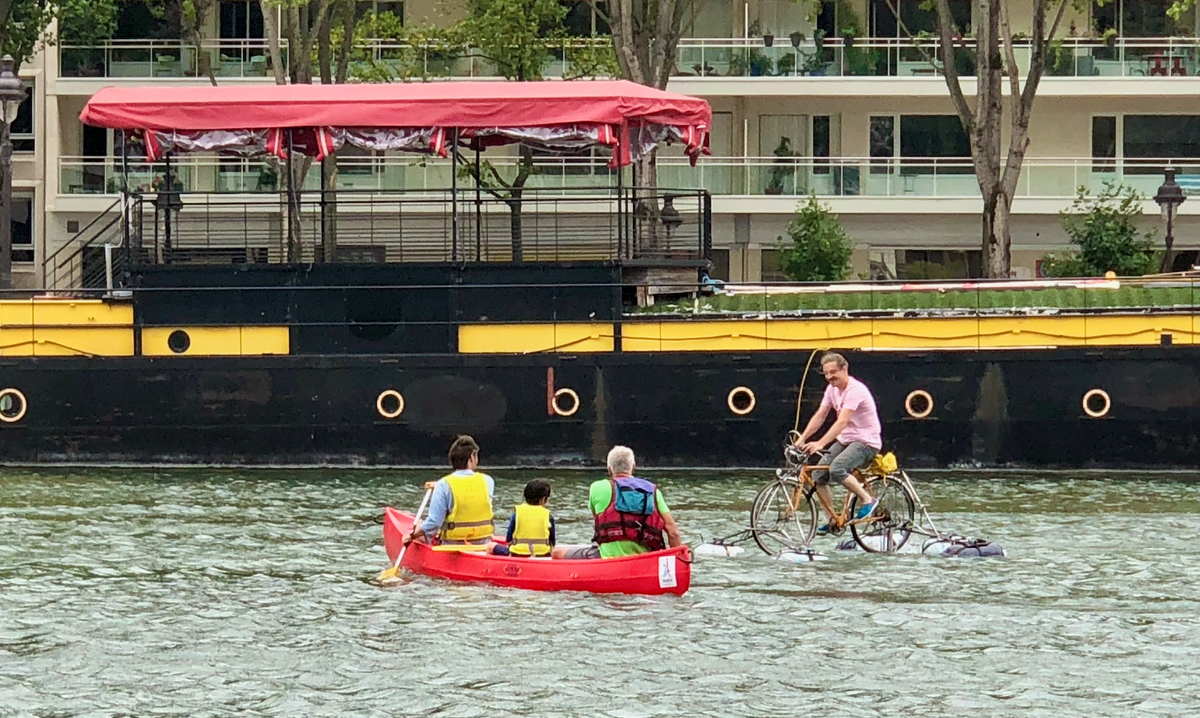
Venice, Italy
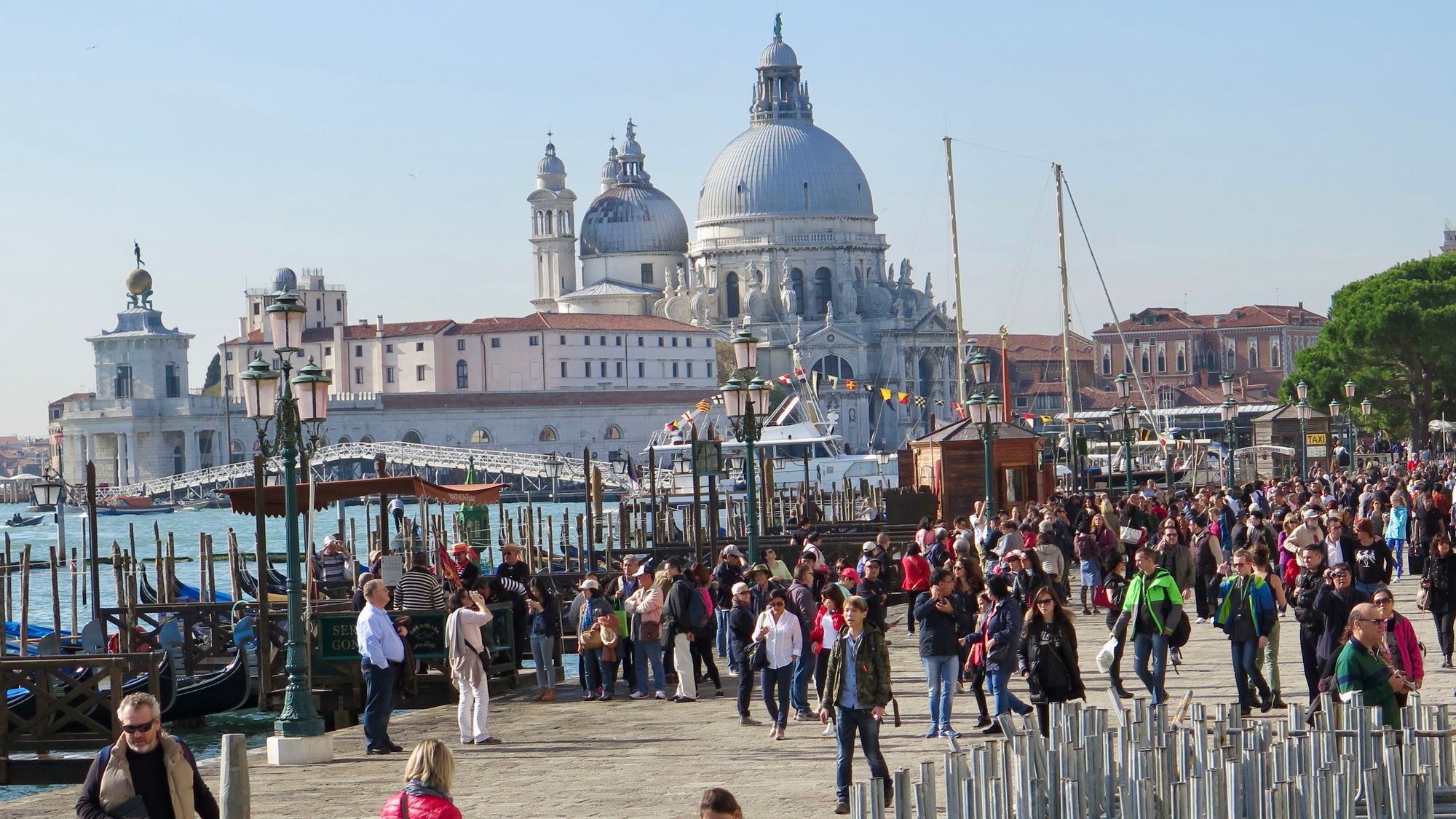
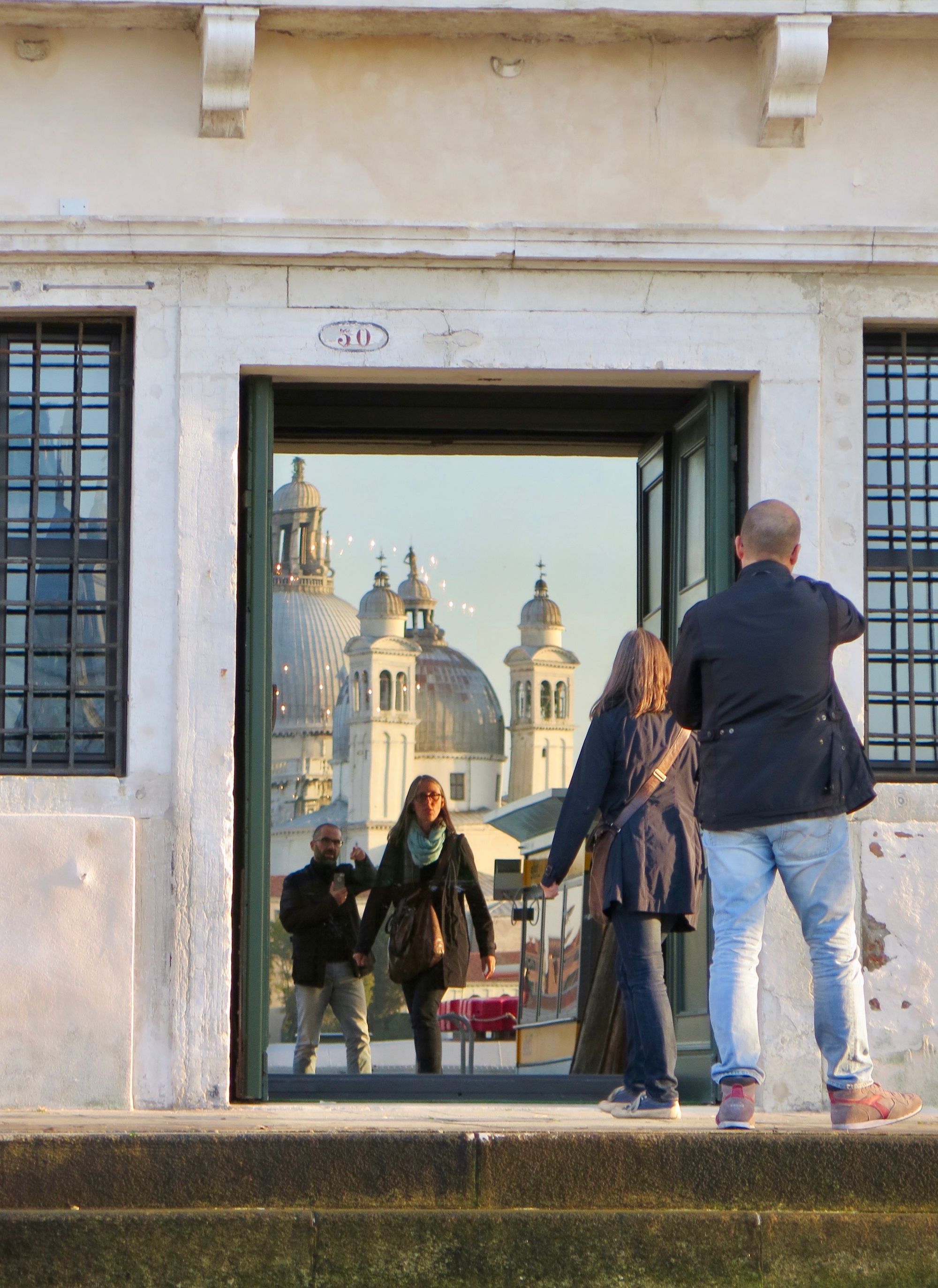
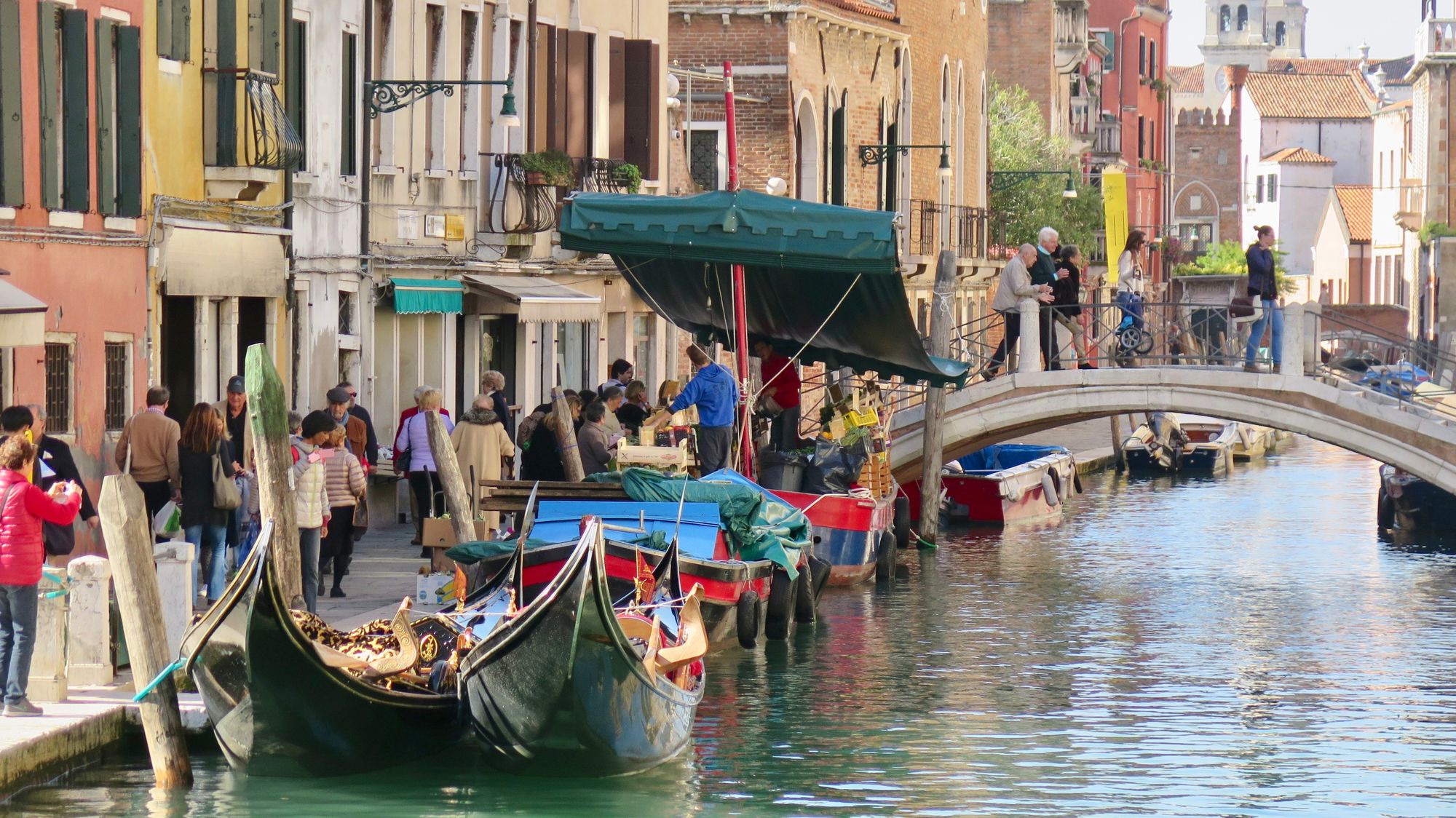
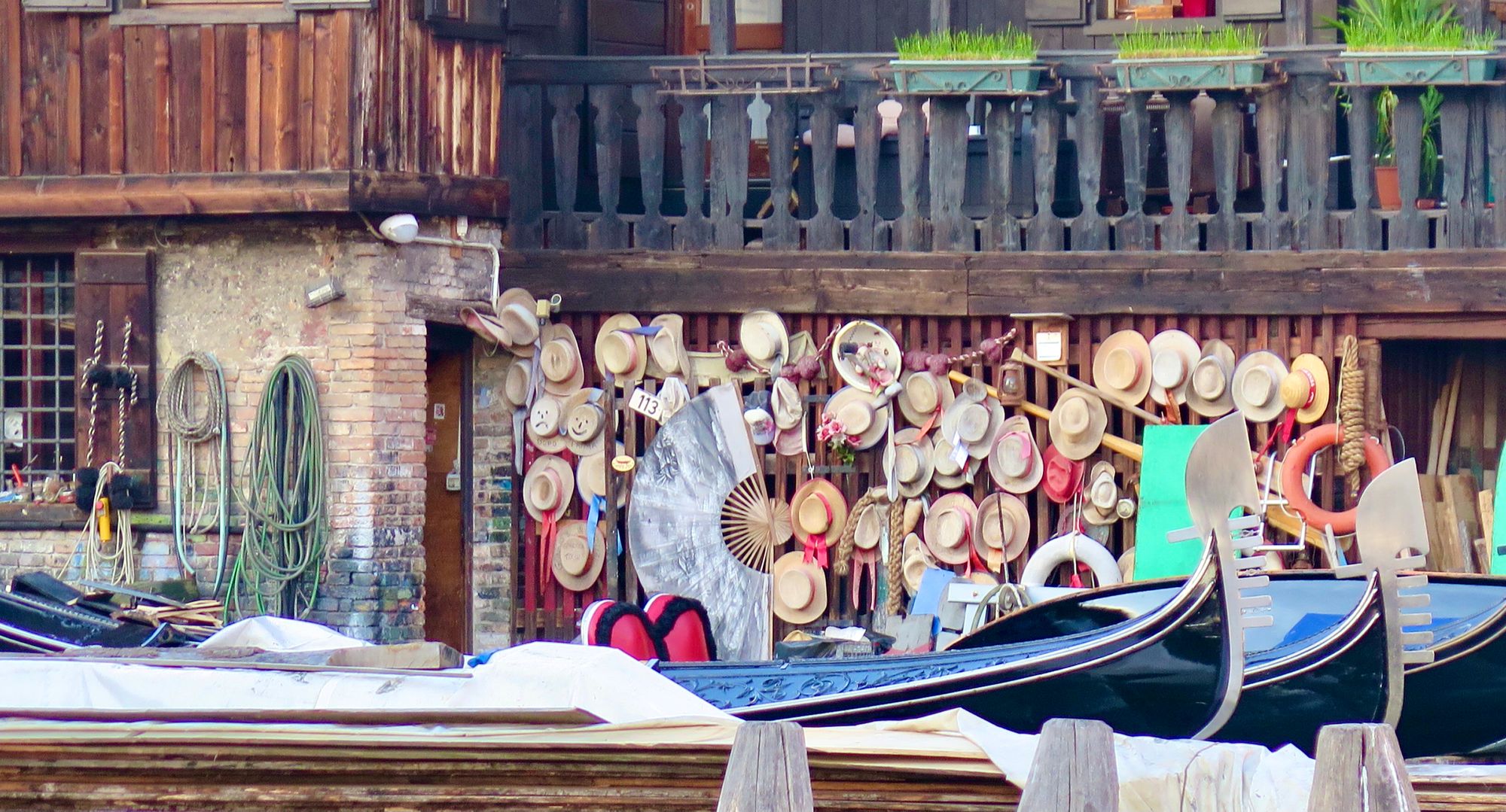
Perhaps one of the most instantly recognizable waterfronts in the world: Venice.
All of Venice is on the water, making it unique for one very simple reason: no cars. This means that the only way to get around is by water taxi, Vaporetto (water bus), or on foot.
The water passages create a serene and unique experience, highlighted by the vefndors and amenities on the banks of the canals.
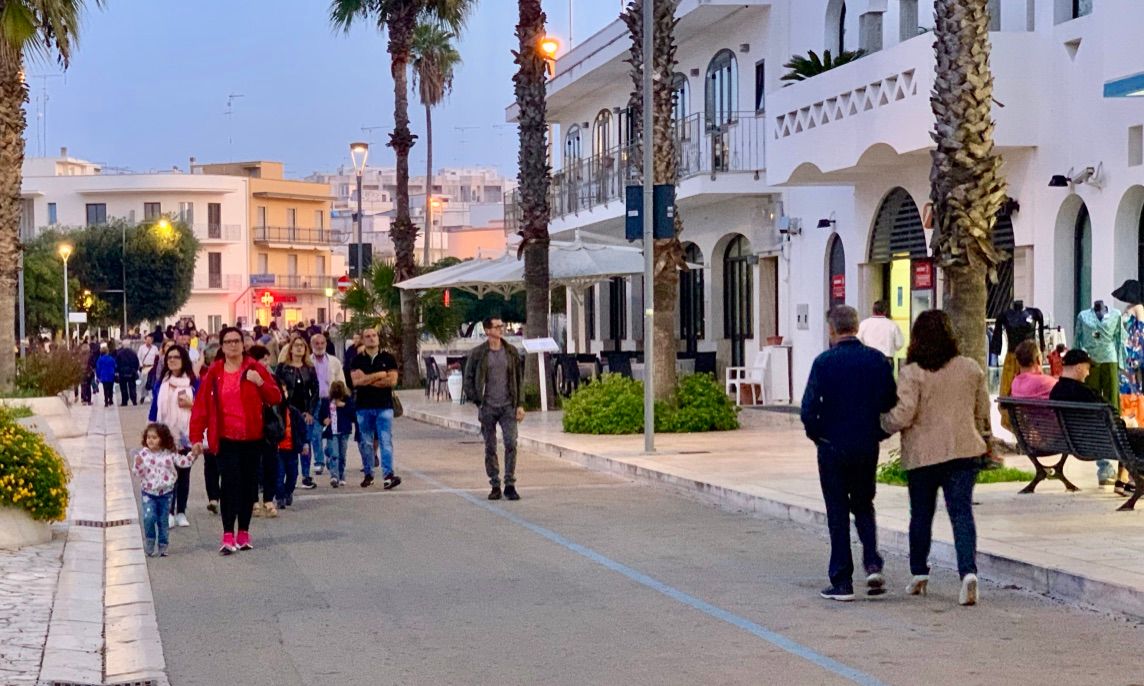
London, South Bank
London's waterfront is fast becoming one of the best in the world for one important reason: its strong individual destinations! Borough Market, Gabriel's Wharf, an international food truck market, and a book/map/postcard vendor under a bridge. All unique, and all an important part of a much larger set of destinations that add vibrancy to this part of the city.
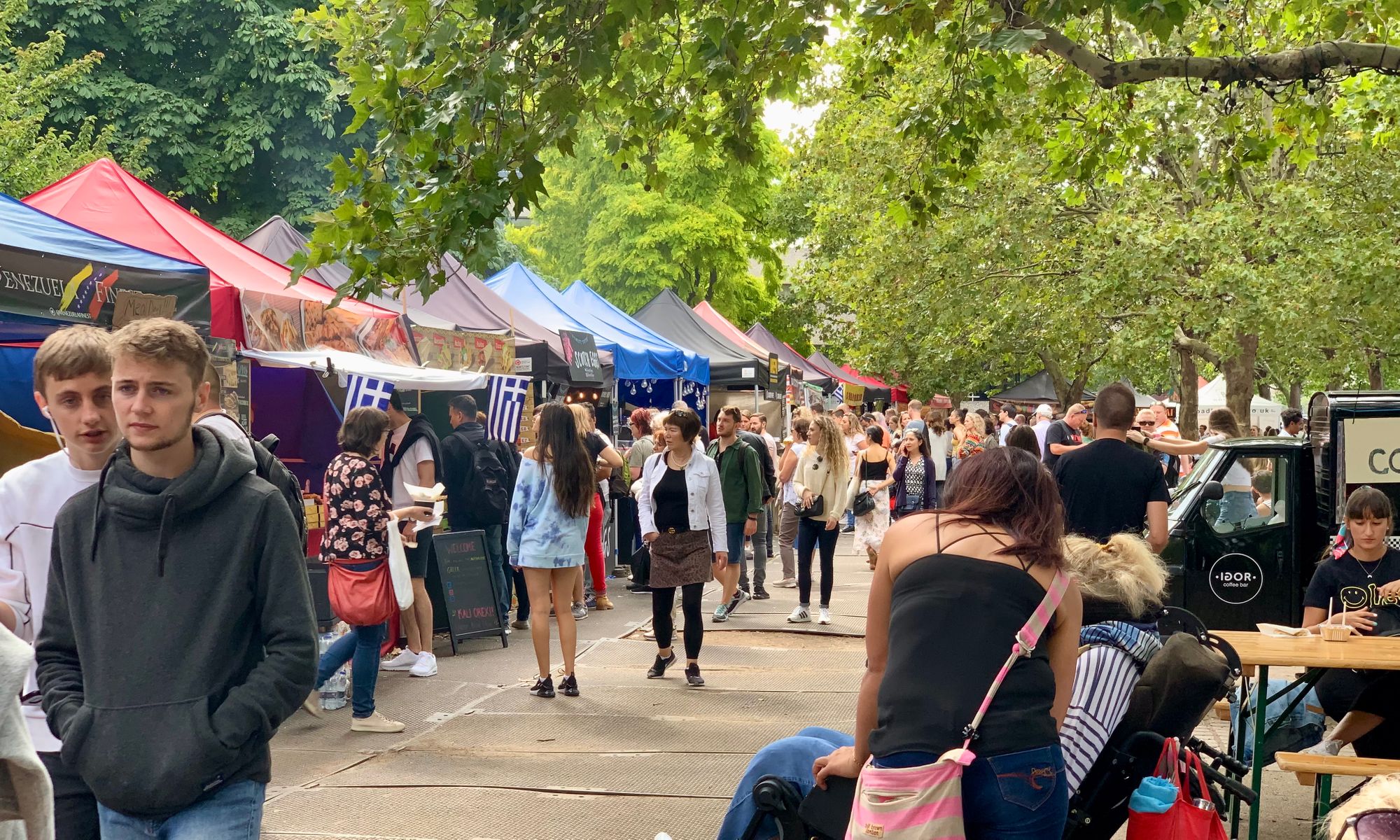
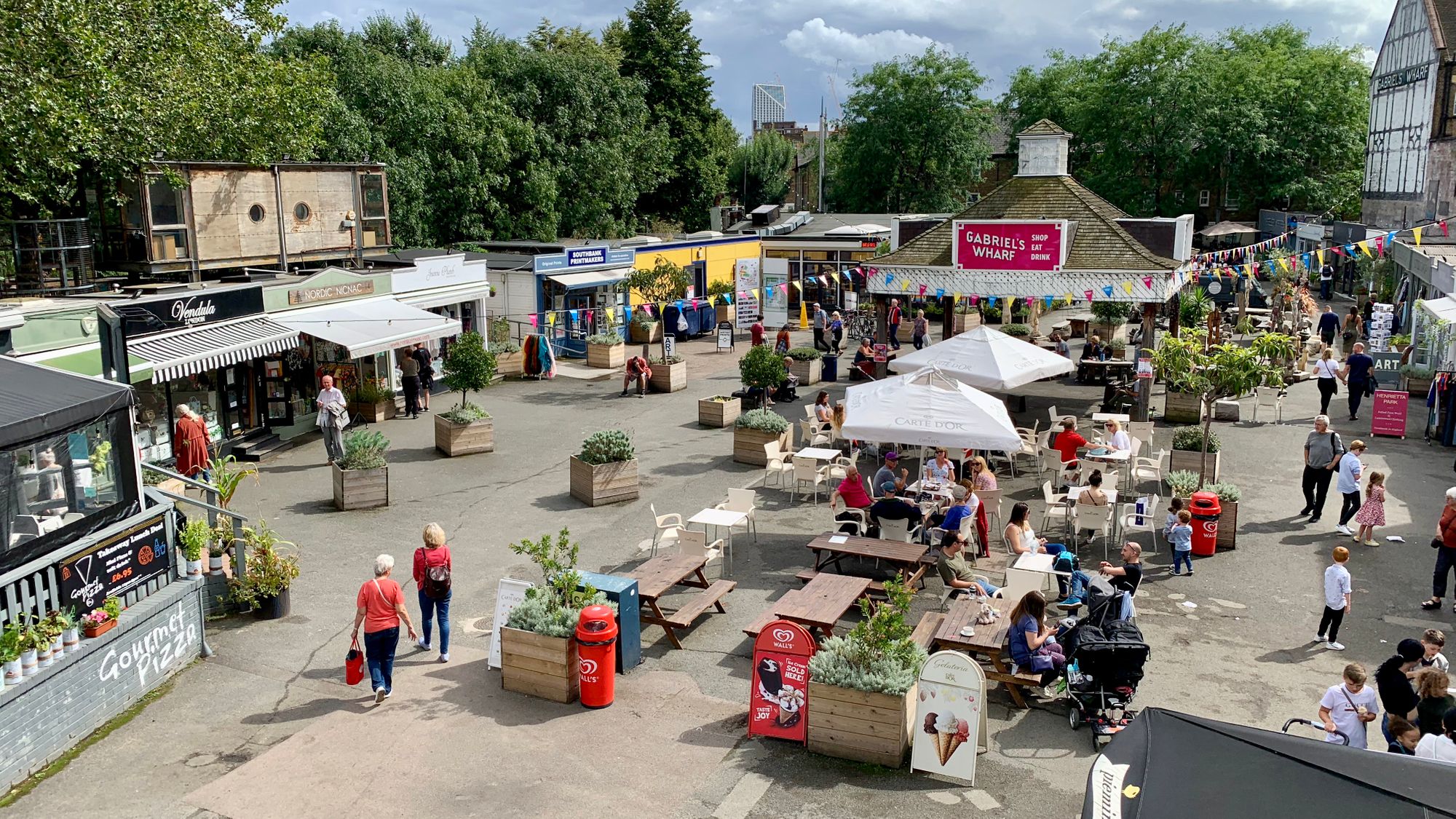
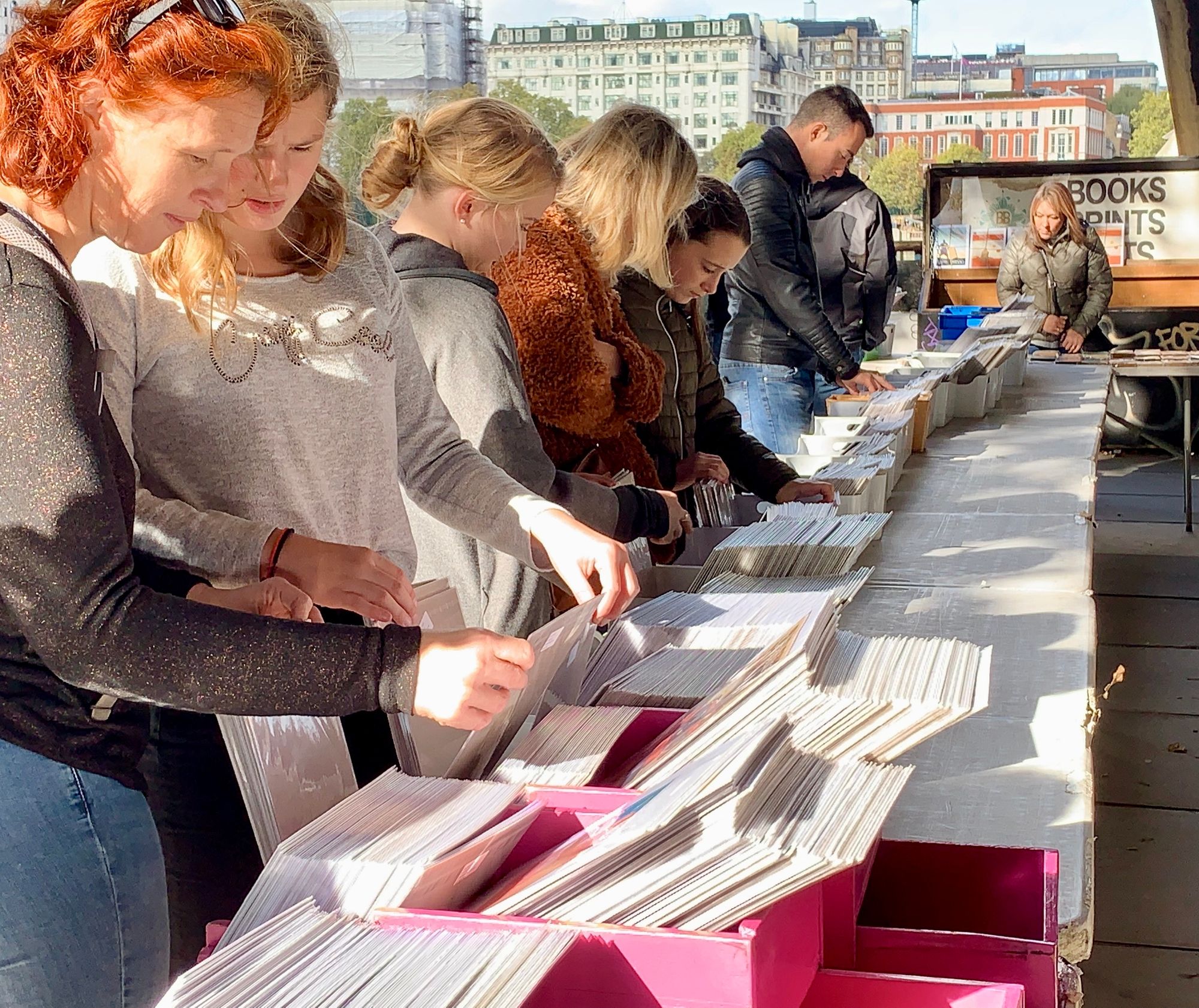
London has gotten the hang of creating multiple waterfront destinations.
Borough Market
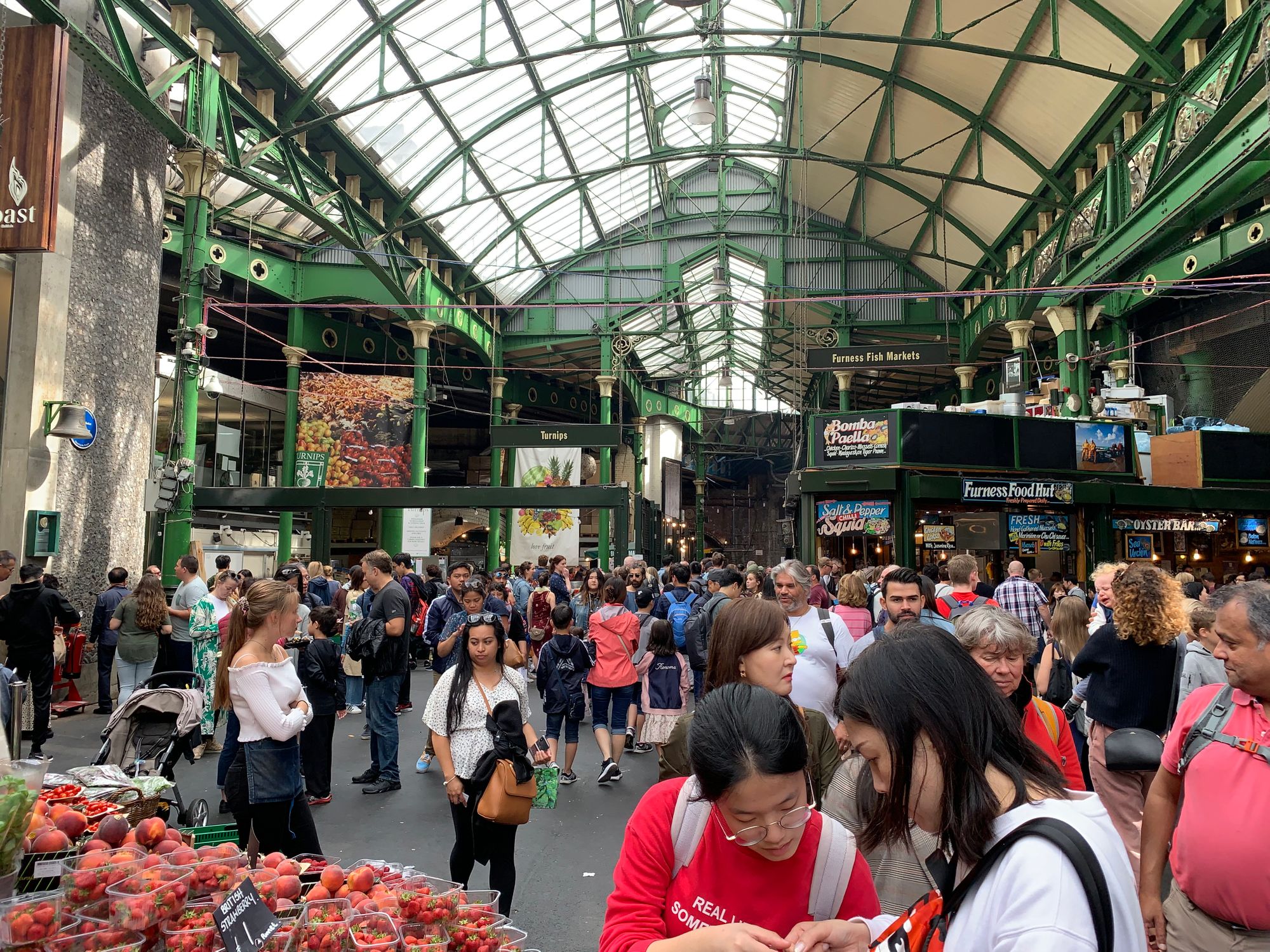
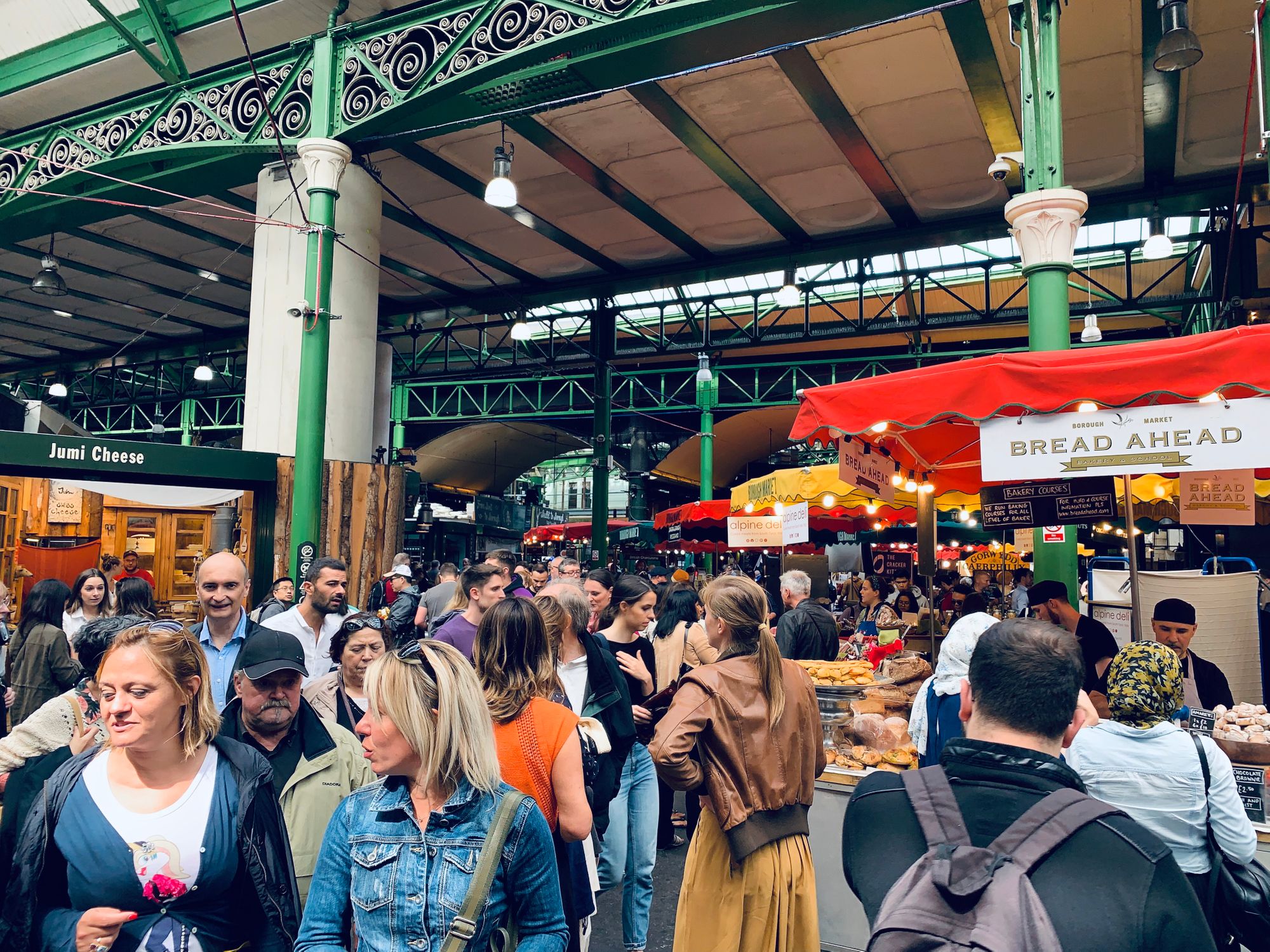
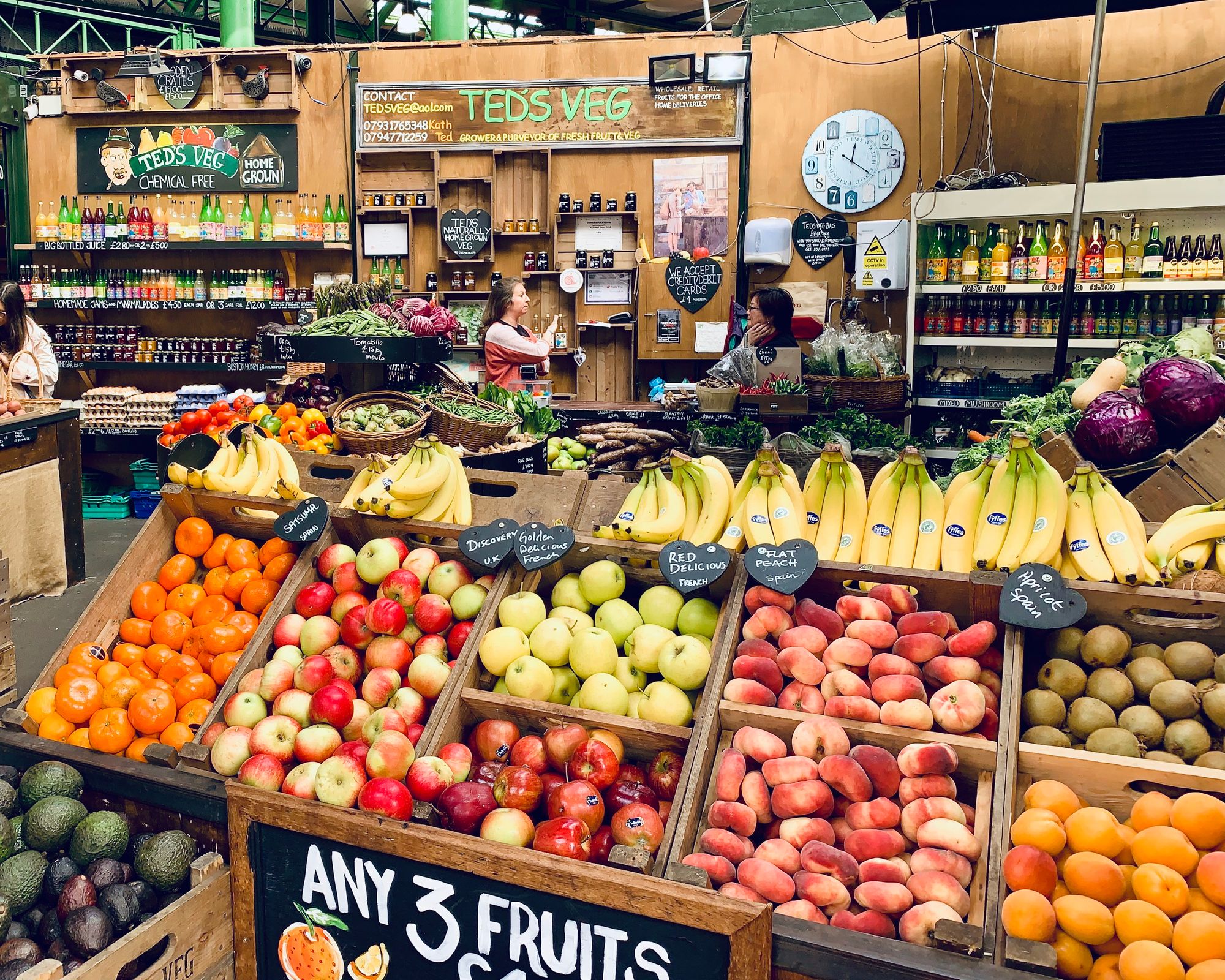

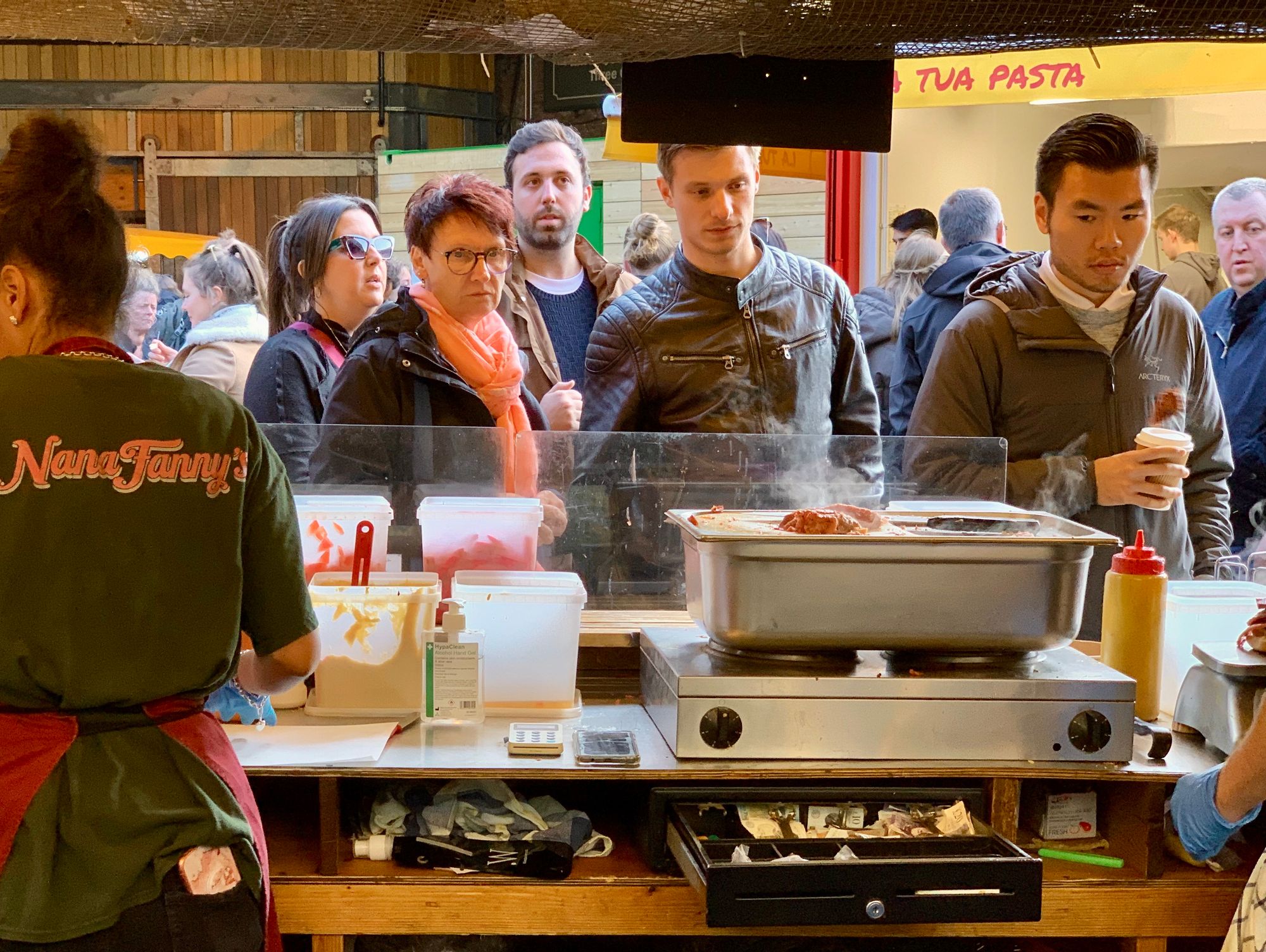
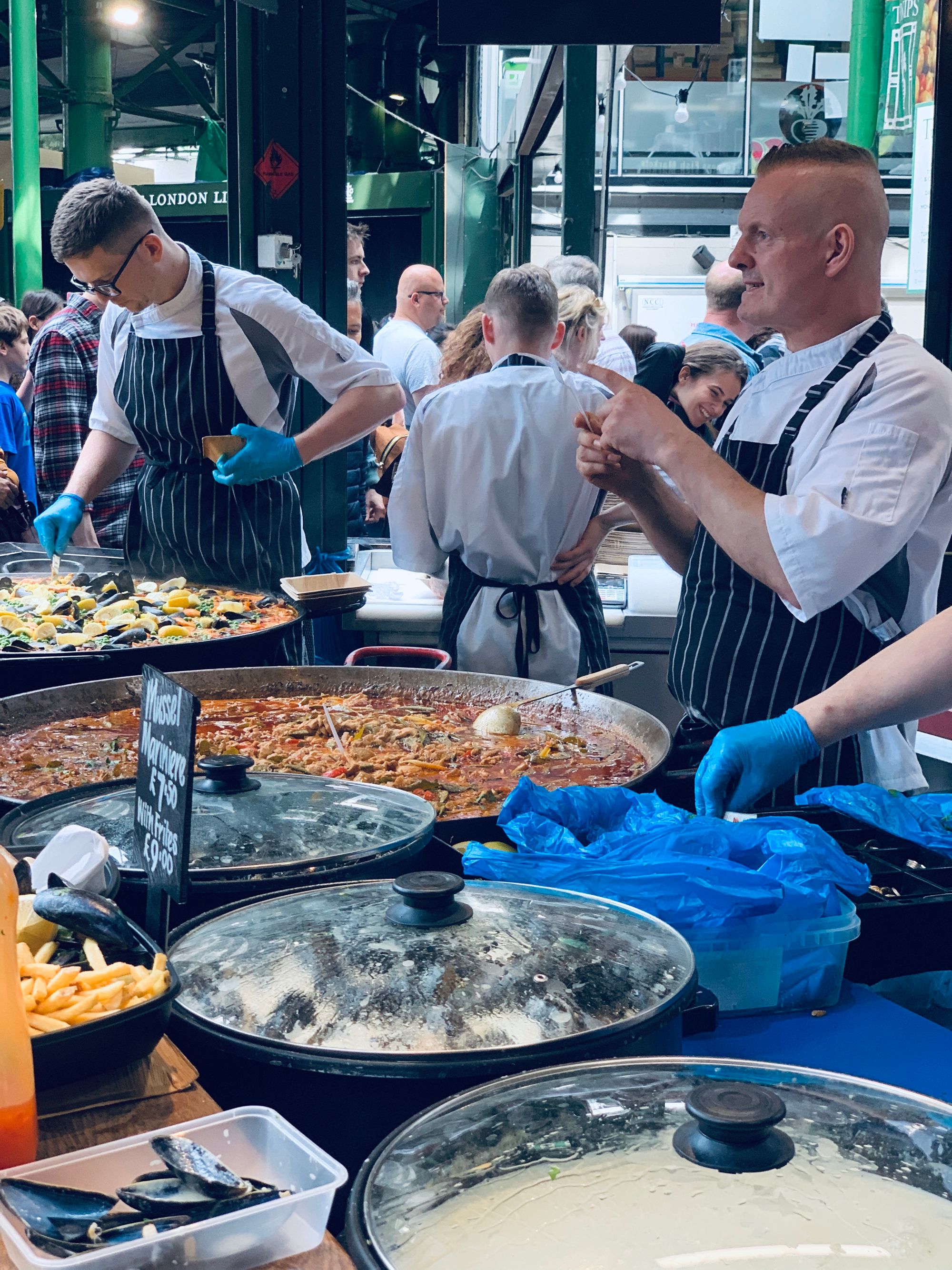
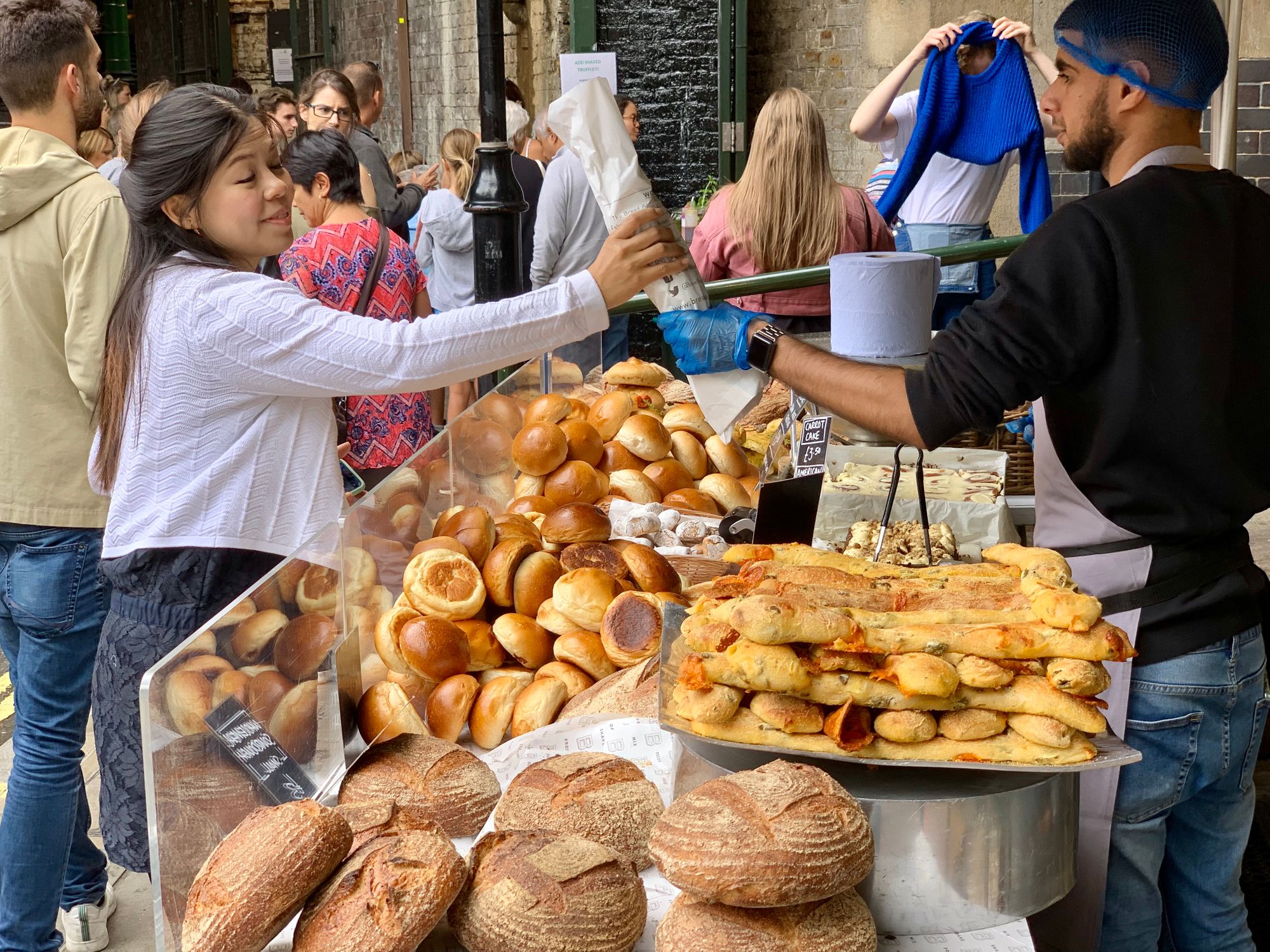

Borough Market is a delight for the senses, and has been for centuries. Along the South Bank Waterfront in London, this is the place to be if you're looking for fresh food. Though not directly on the waterfront, the market is well-connected and boasts a mix of indoor and outdoor spaces (inside the Market Hall and out). Borough Market is one of the most visited destinations in London, and a major attraction along the South Bank.

Stockholm, Sweden
Stockholm is an entirely different waterfront landscape, in that it has two waterfronts: one on a lake and another on the North Sea. Their restaurants, floating gazebos, and carnival-style attractions make them fantastic destinations.
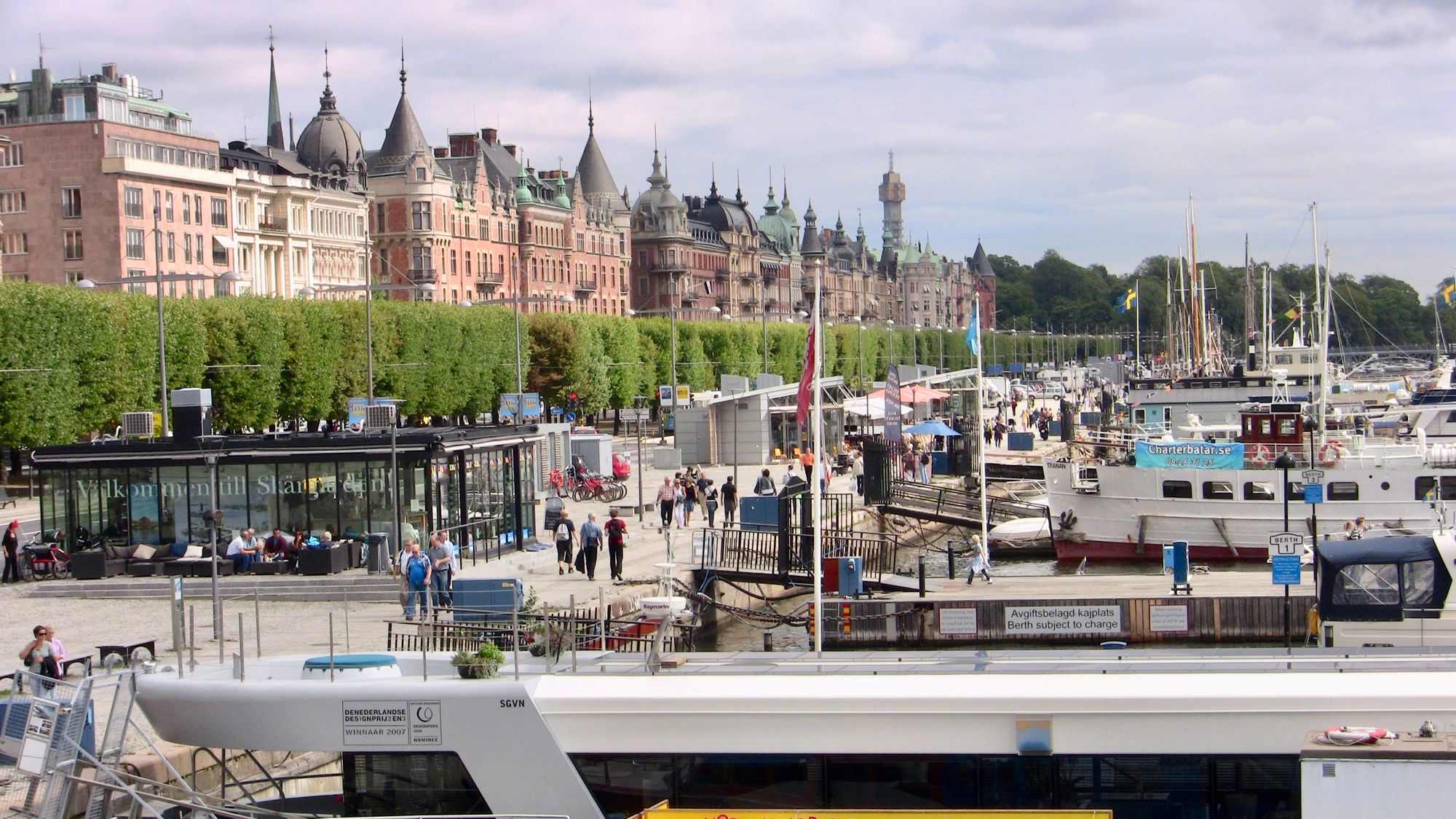
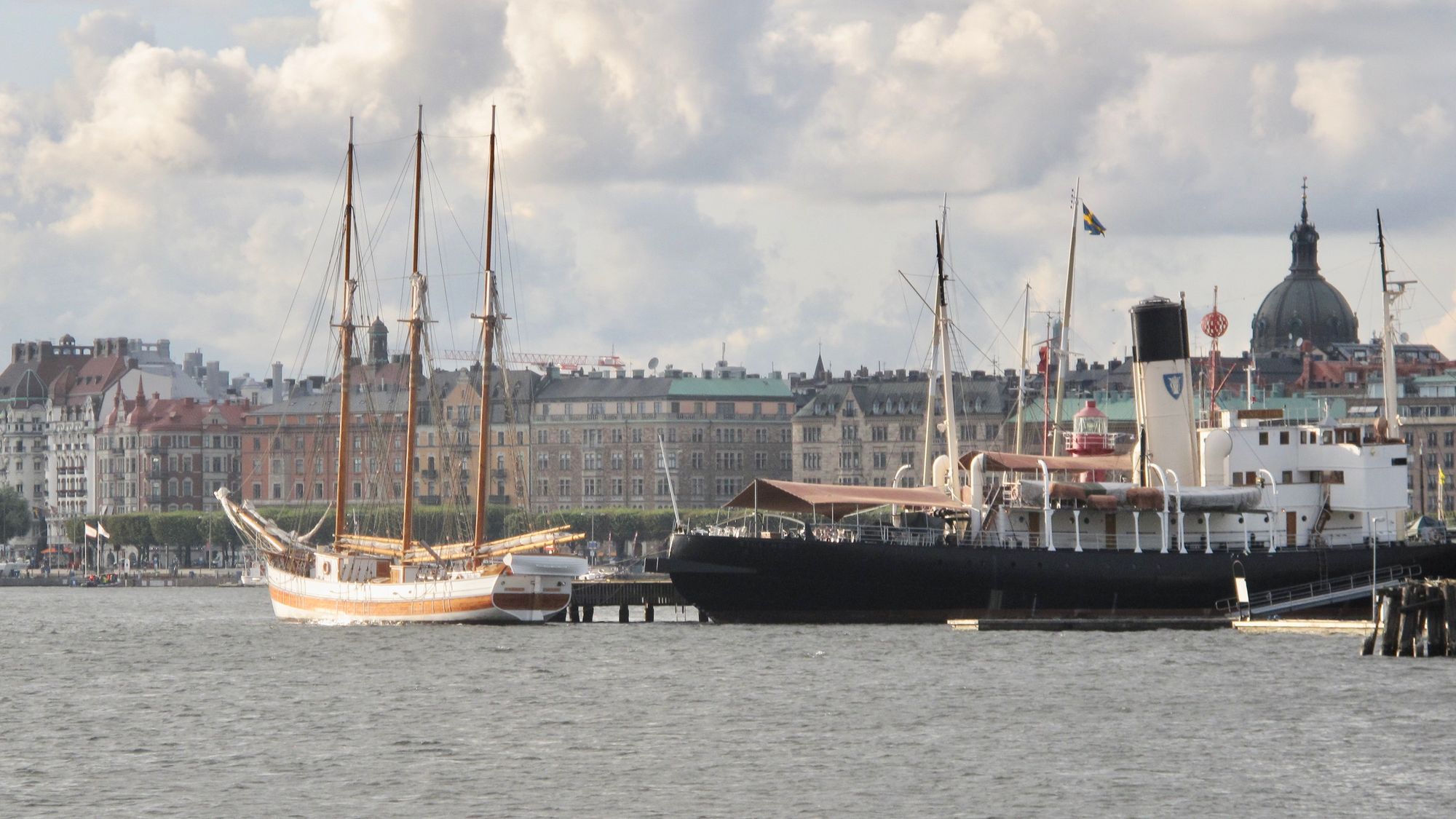
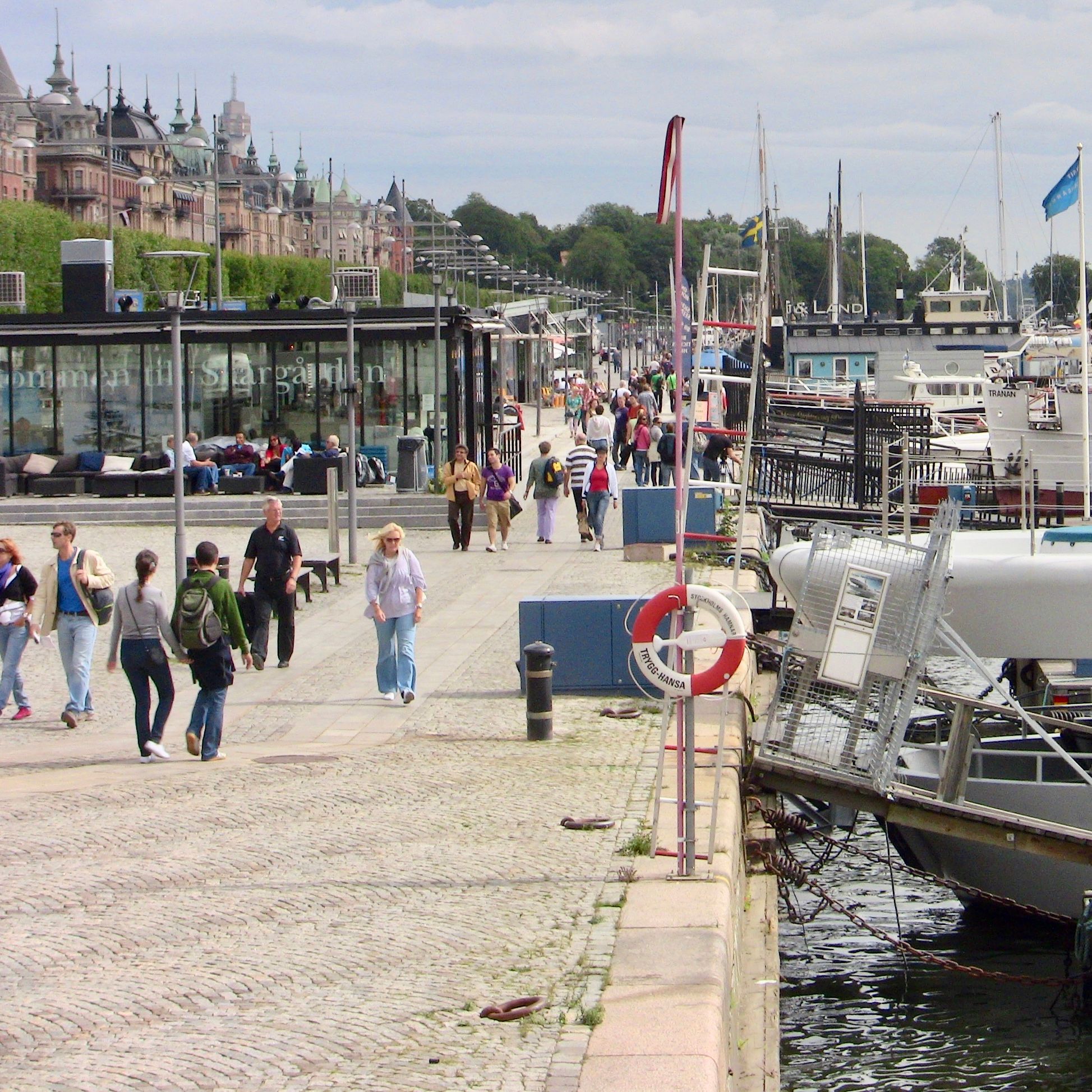
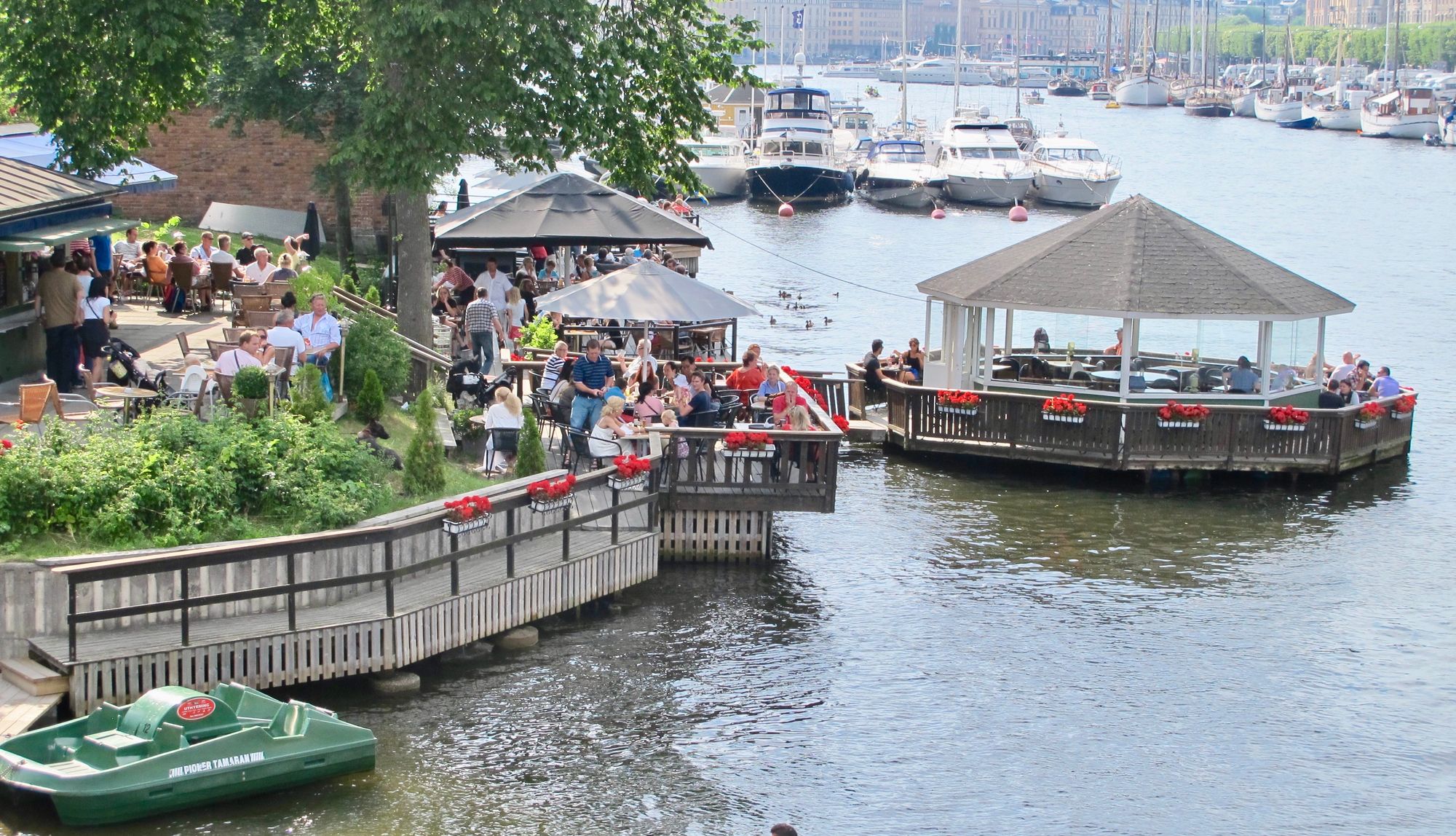
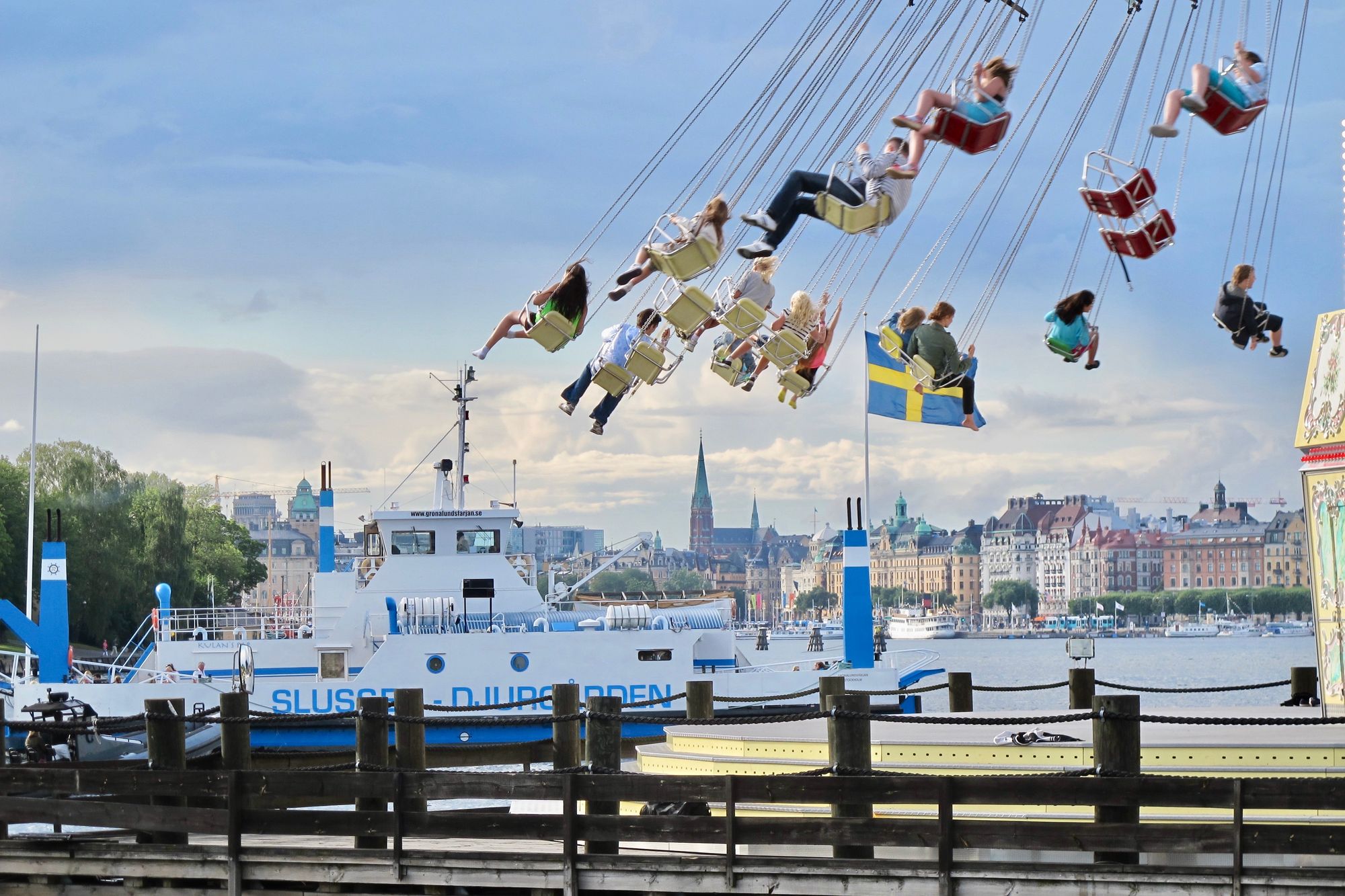
Stockholm has two separate waterfronts, each with its own charm and set of activities.
San Francisco, California
San Francisco has developed along a waterfront that is very deep, which allows for a significant collection of activities by the water as well as further inland. This extensive activation also livens up nearby connected neighborhoods and gives them opportunities to build off of the historic waterfront.
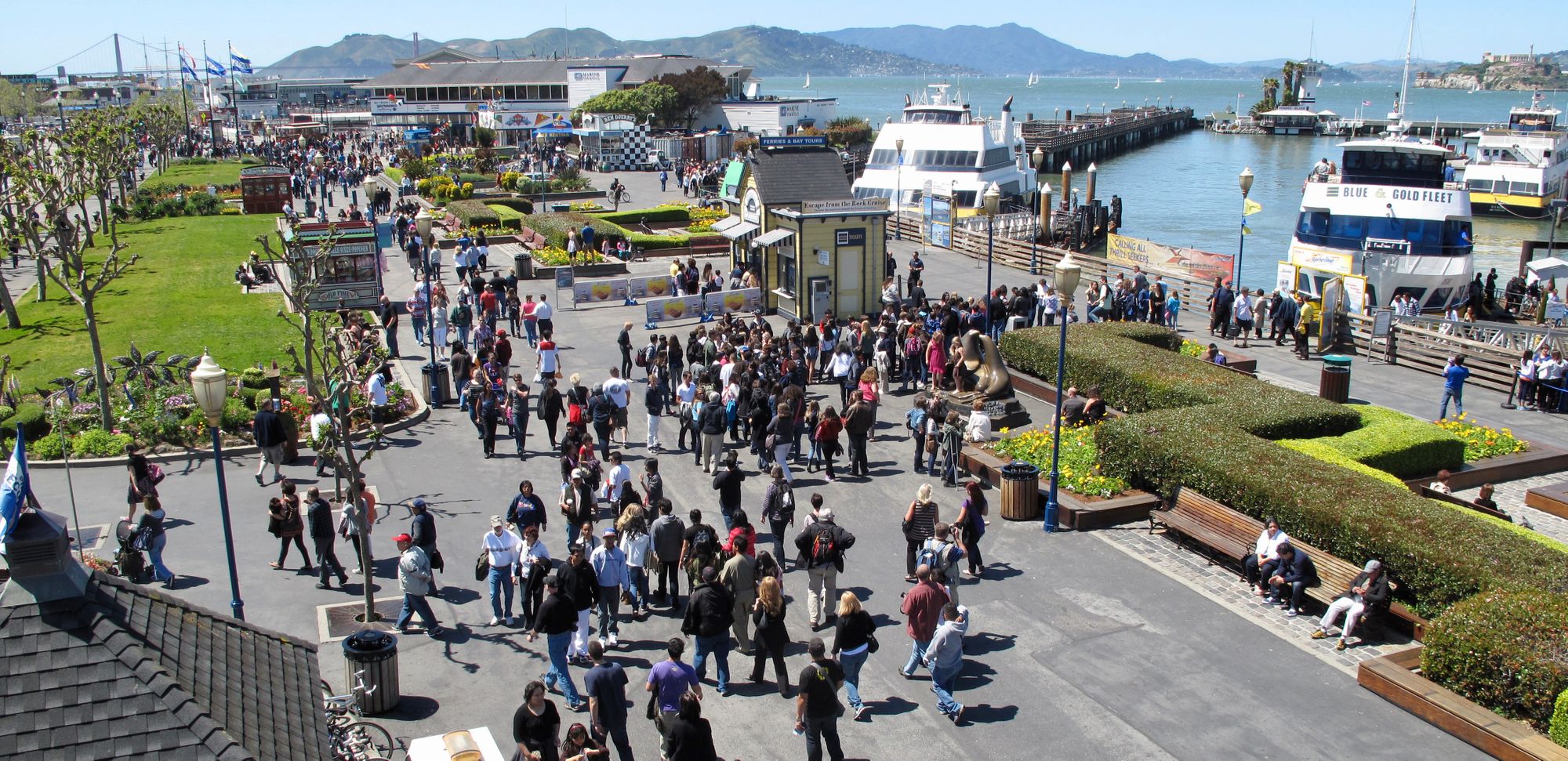
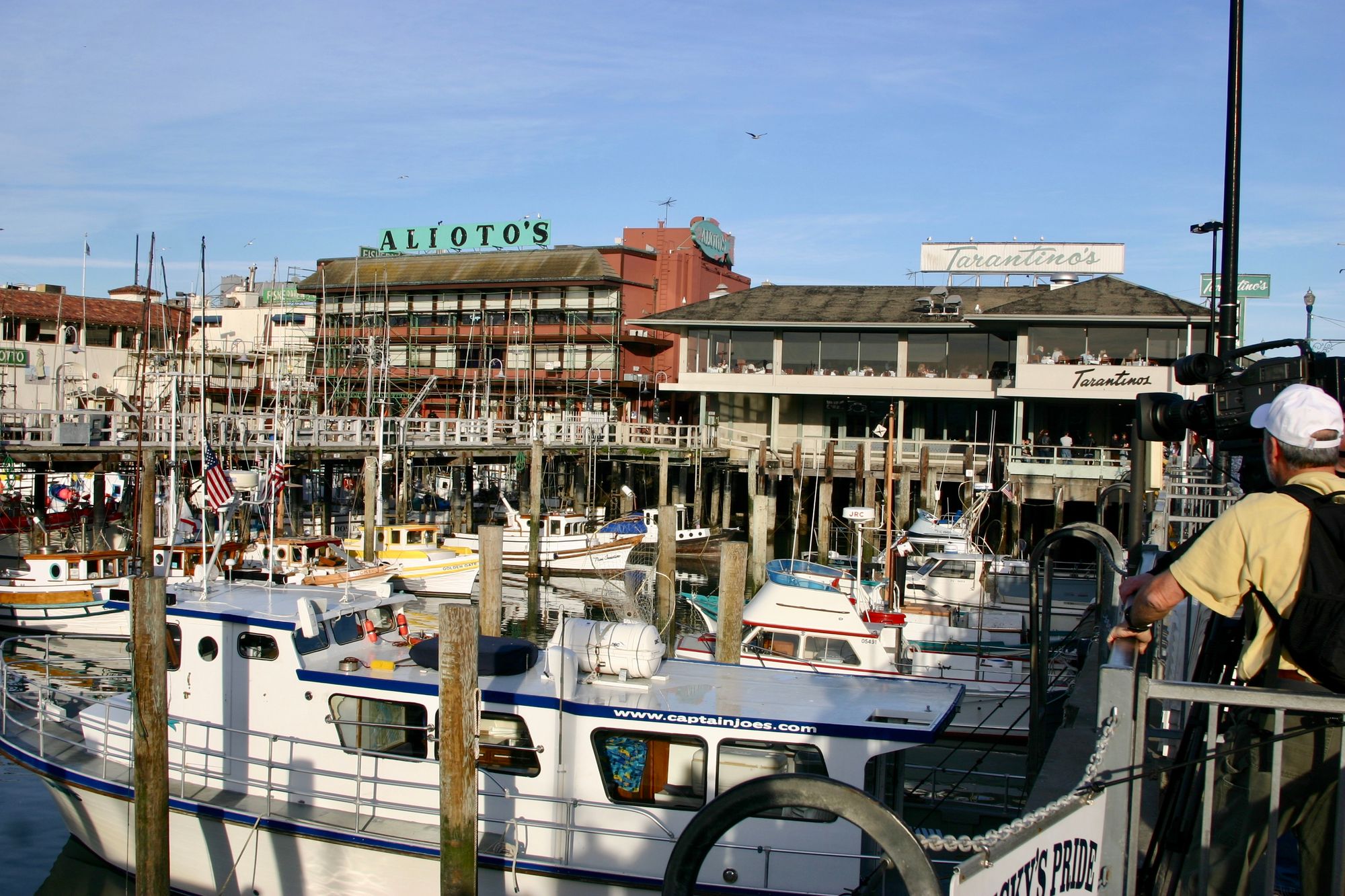
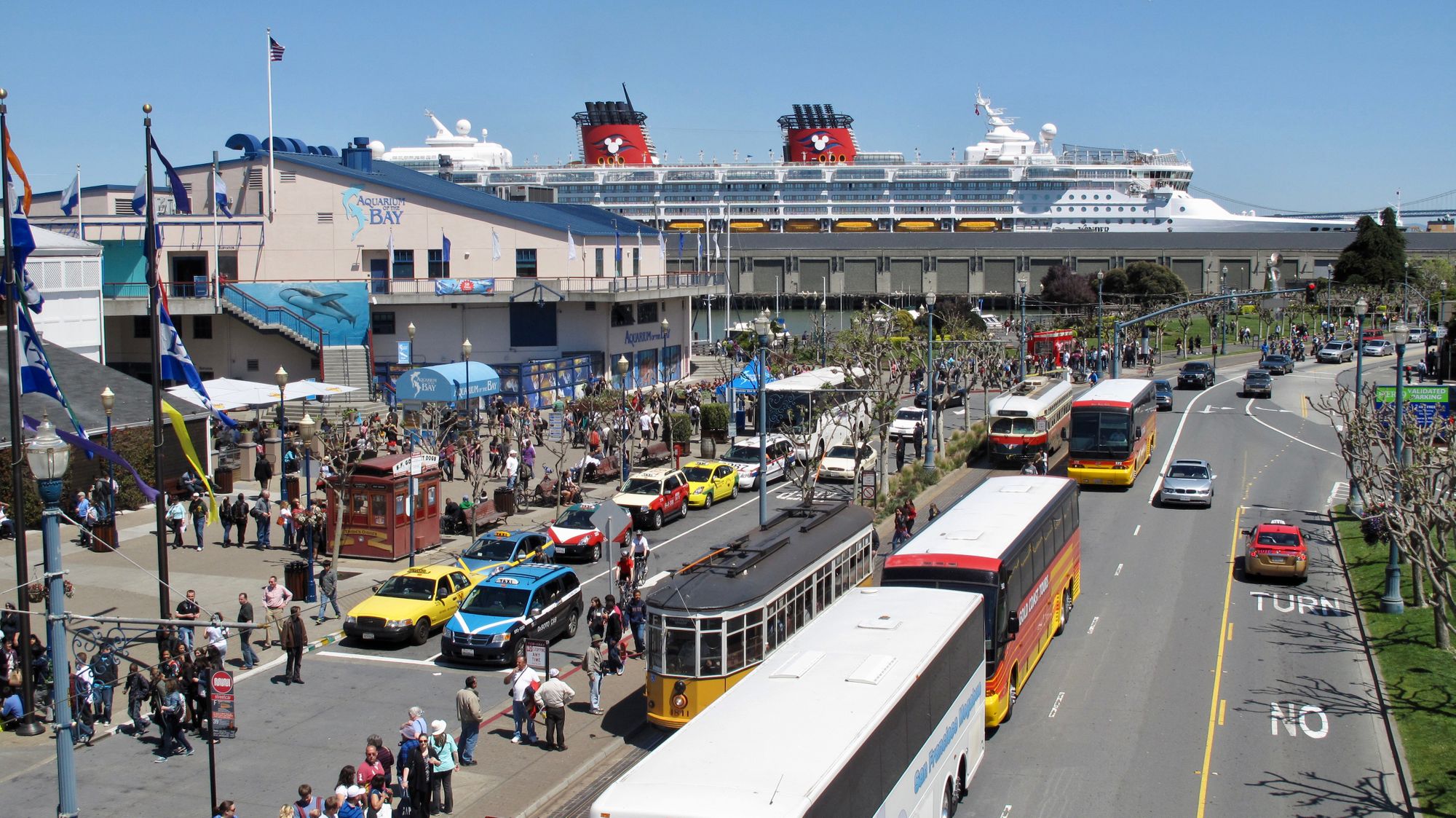
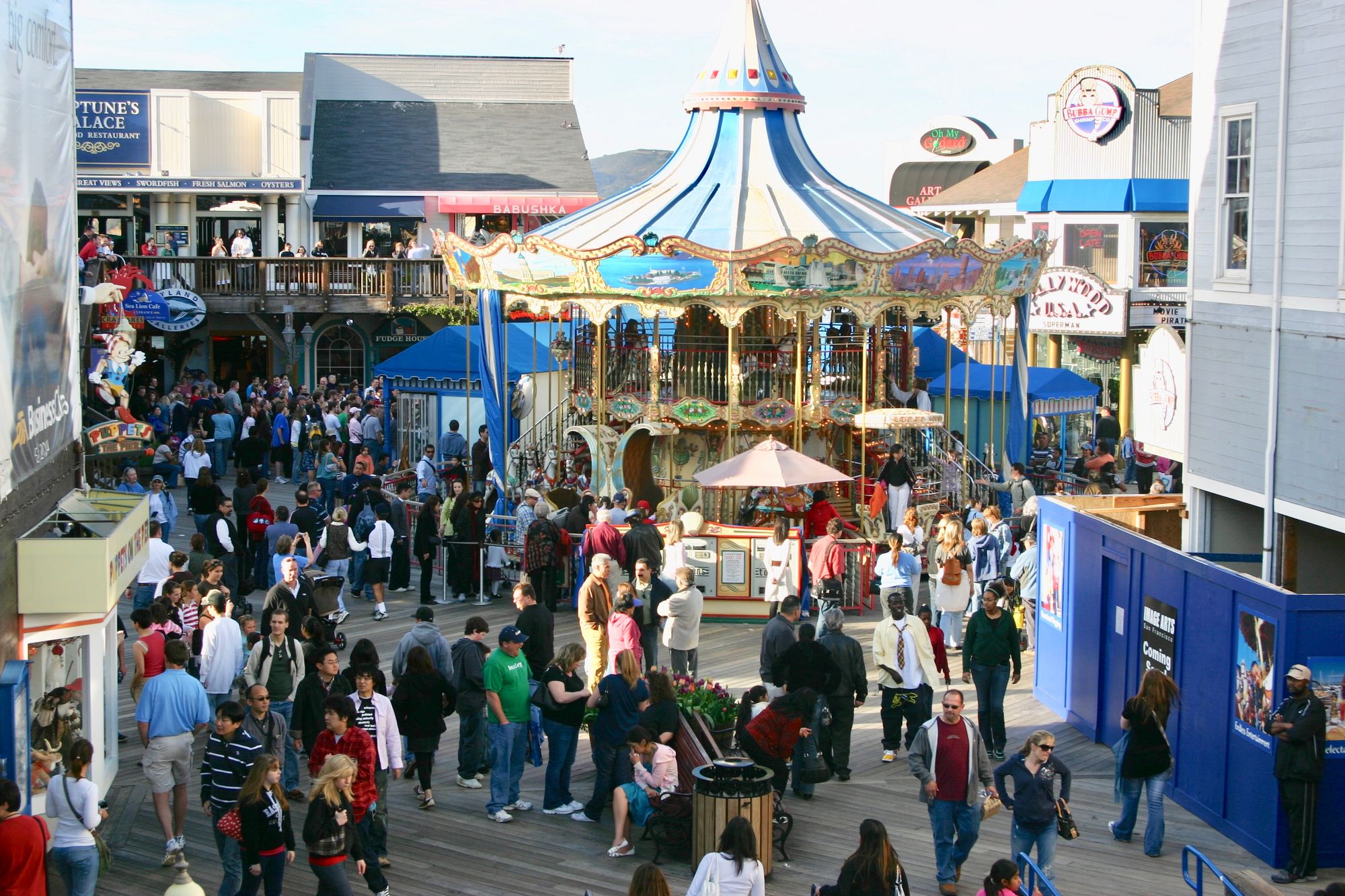
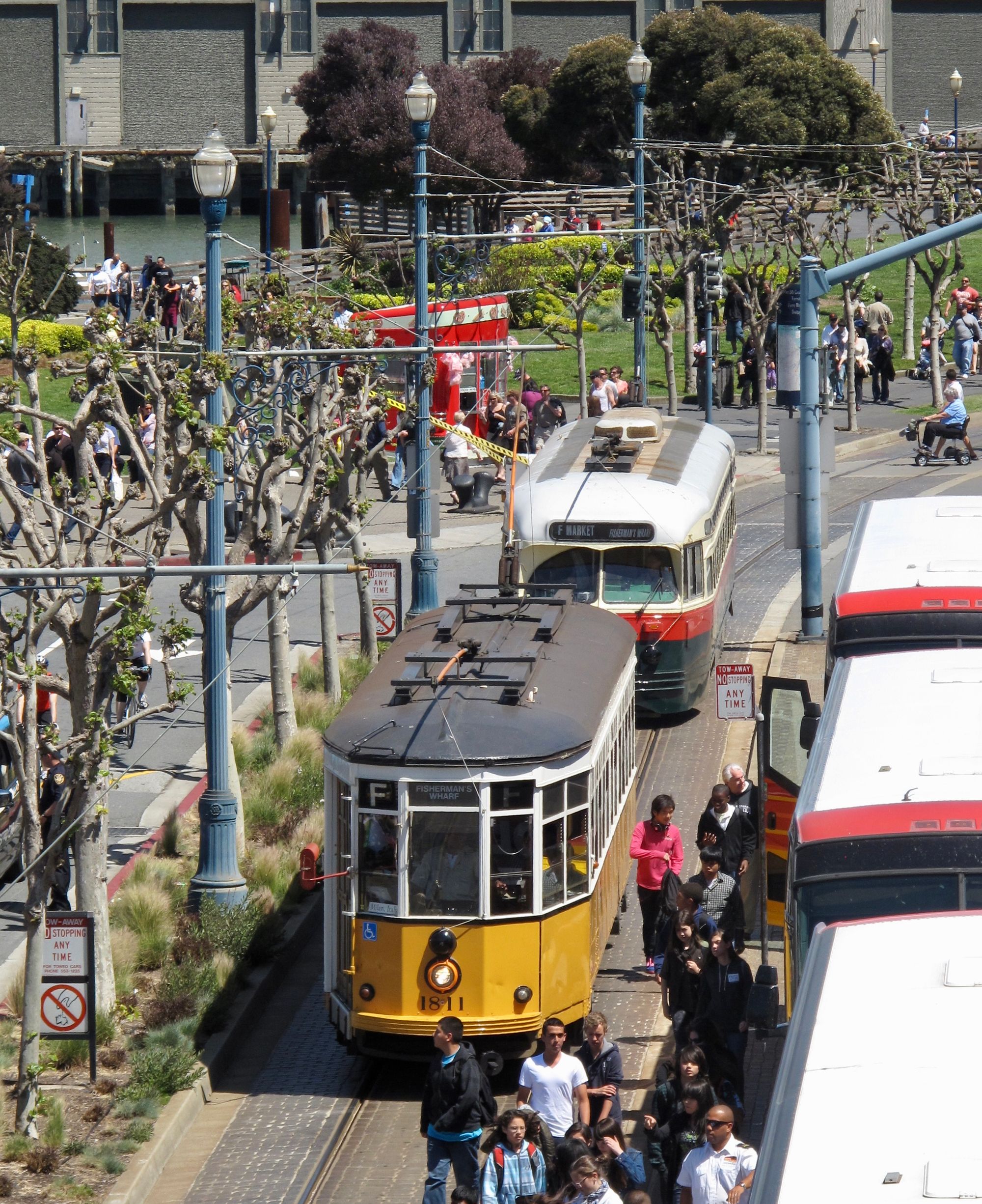
San Francisco's waterfronts are a hub off of which community activity has continued to grow.
Cape Town, South Africa
The Cape Town waterfront is the largest employer in Southern Africa with multiple operations: Its shopping center, multiple hotels, markets, restaurants, museums, and an active waterfront port that make it one of the most vibrant waterfronts worldwide.

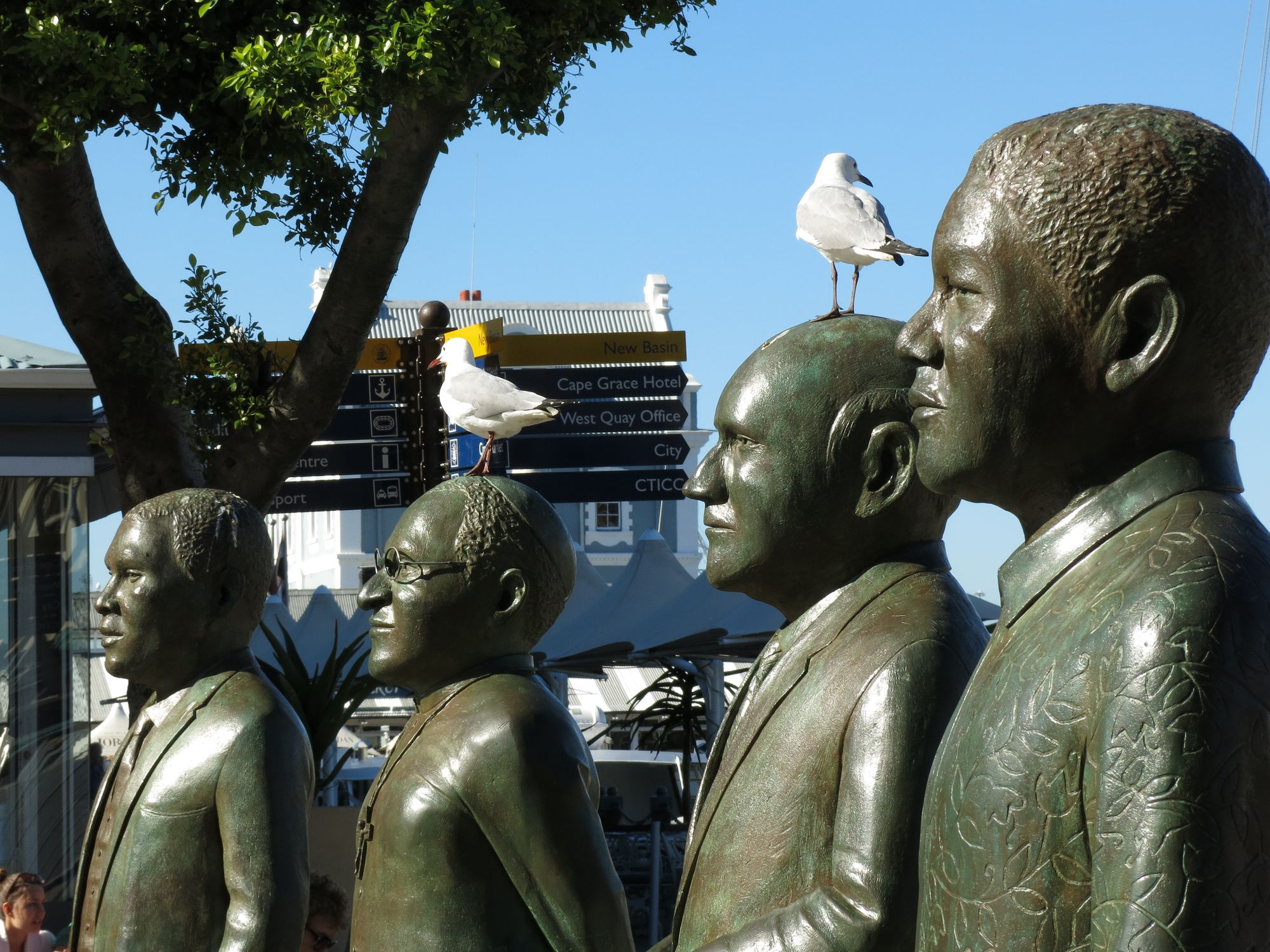
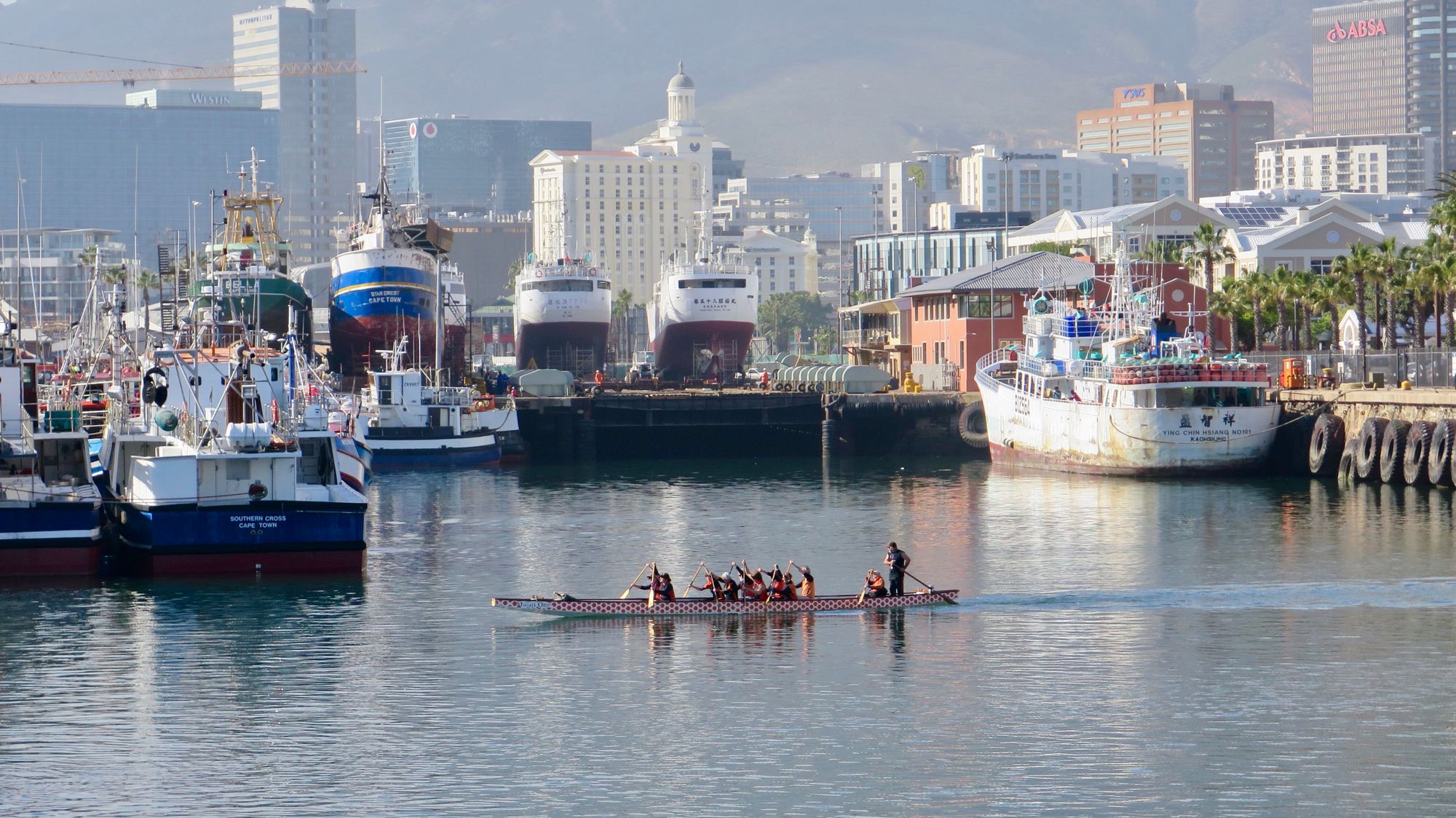
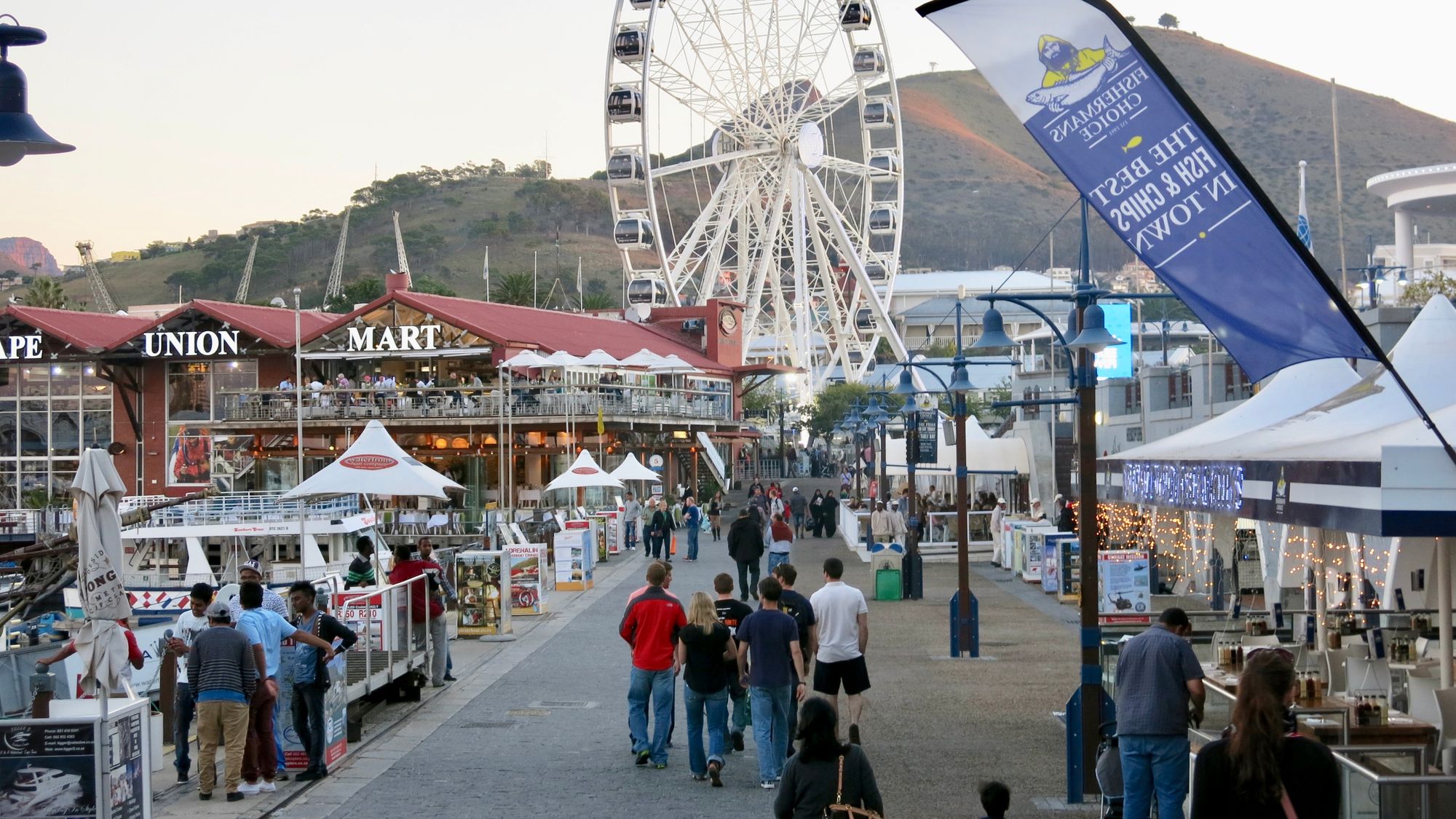
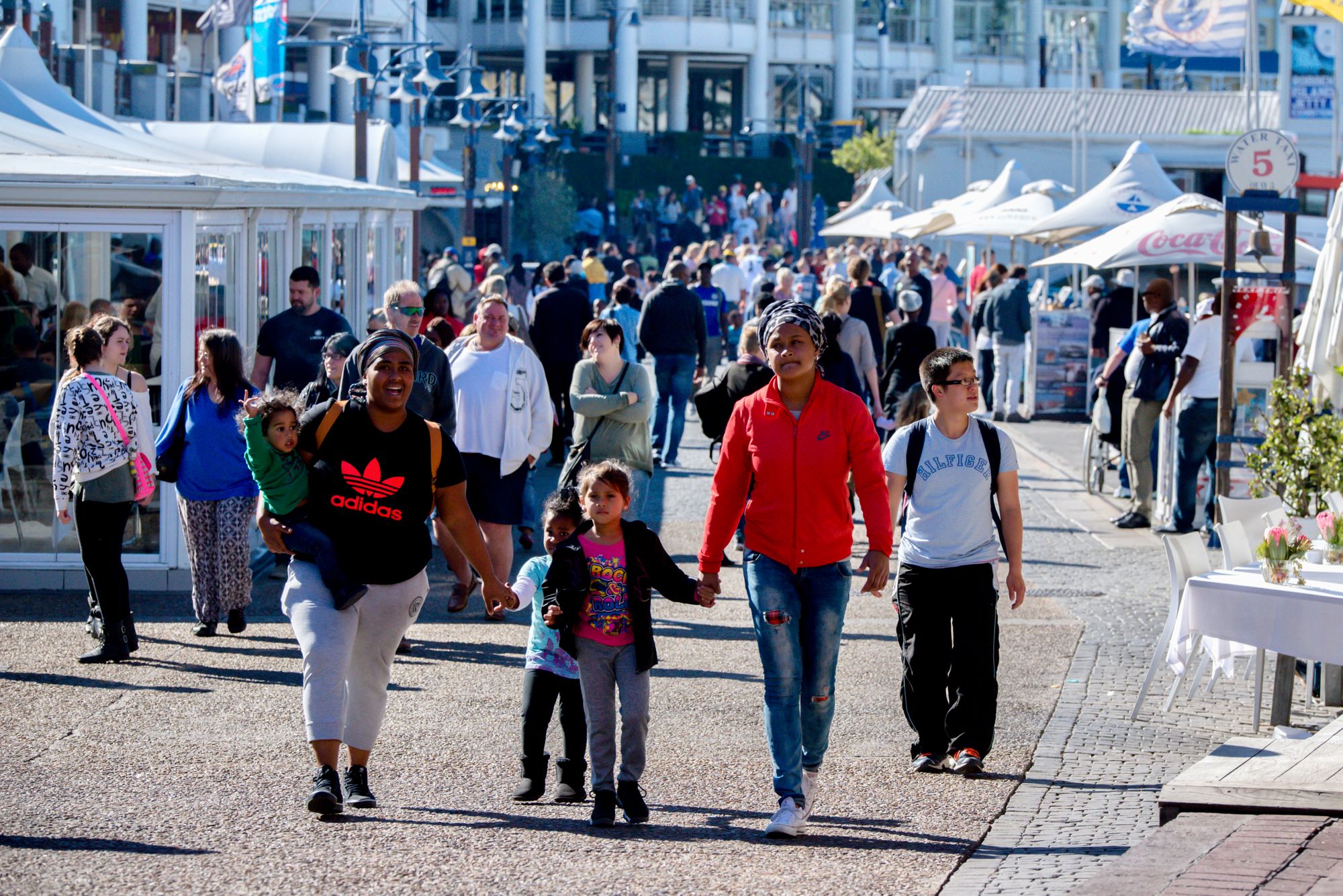
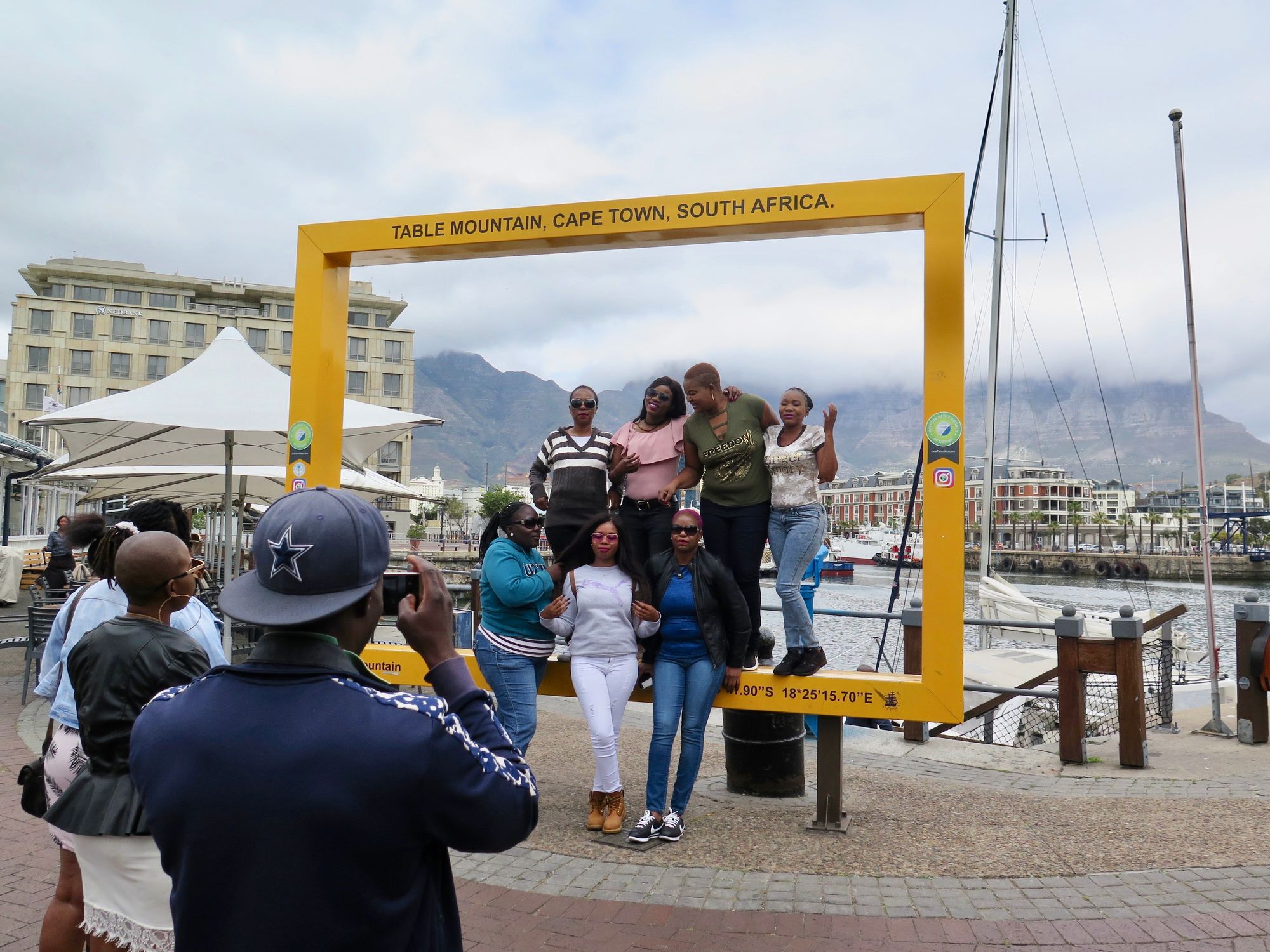
Various opportunities to shop, linger, eat, or people-watch in Cape Town.
Stavanger, Norway
Stavanger, along with Bergen, in Norway offer waterfronts defined by fjords that create compact, highly active, multi-layered places. They offer both contemporary and historic attractions that stretch deep into the hills around each of the waterfronts.
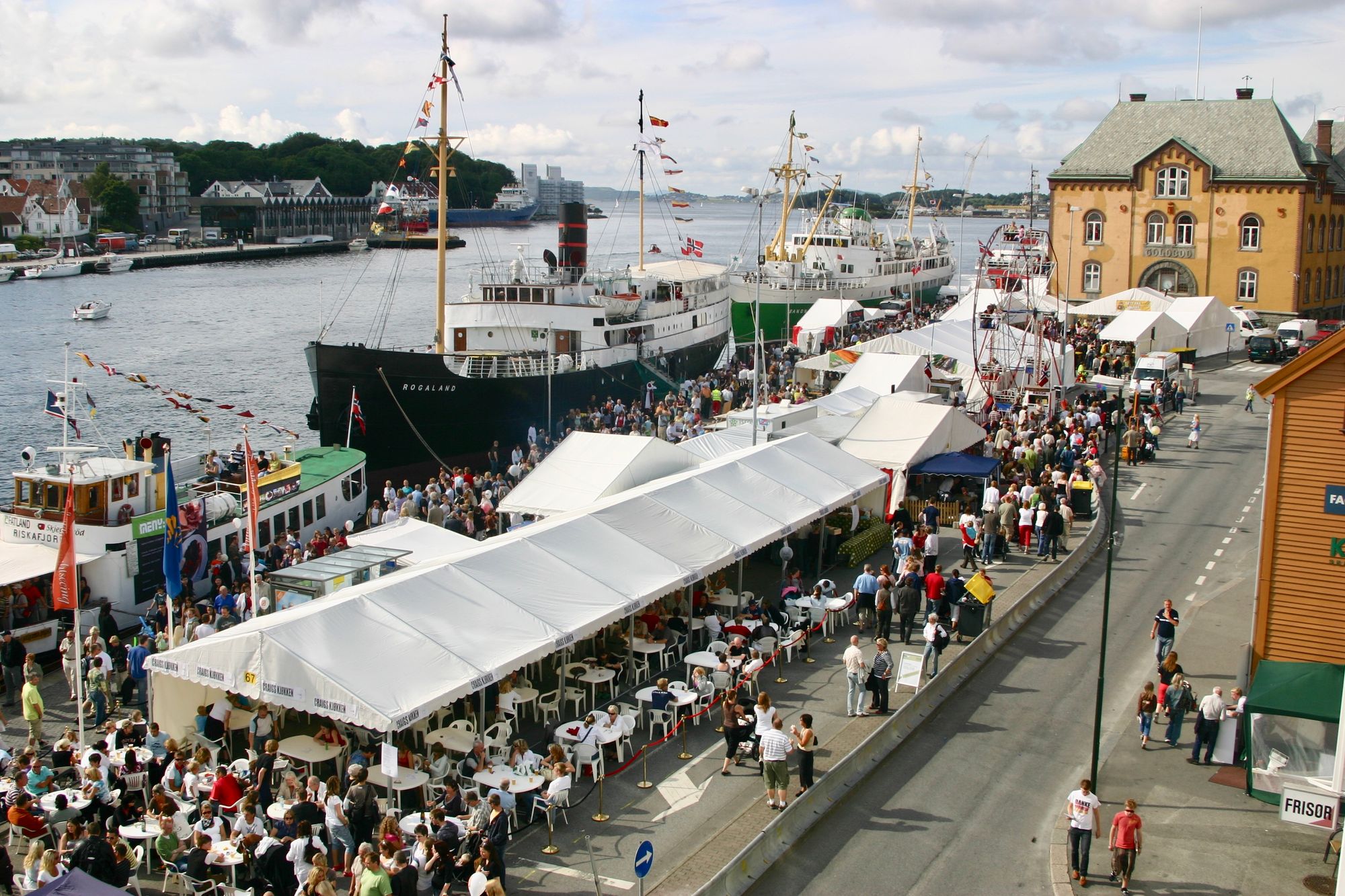
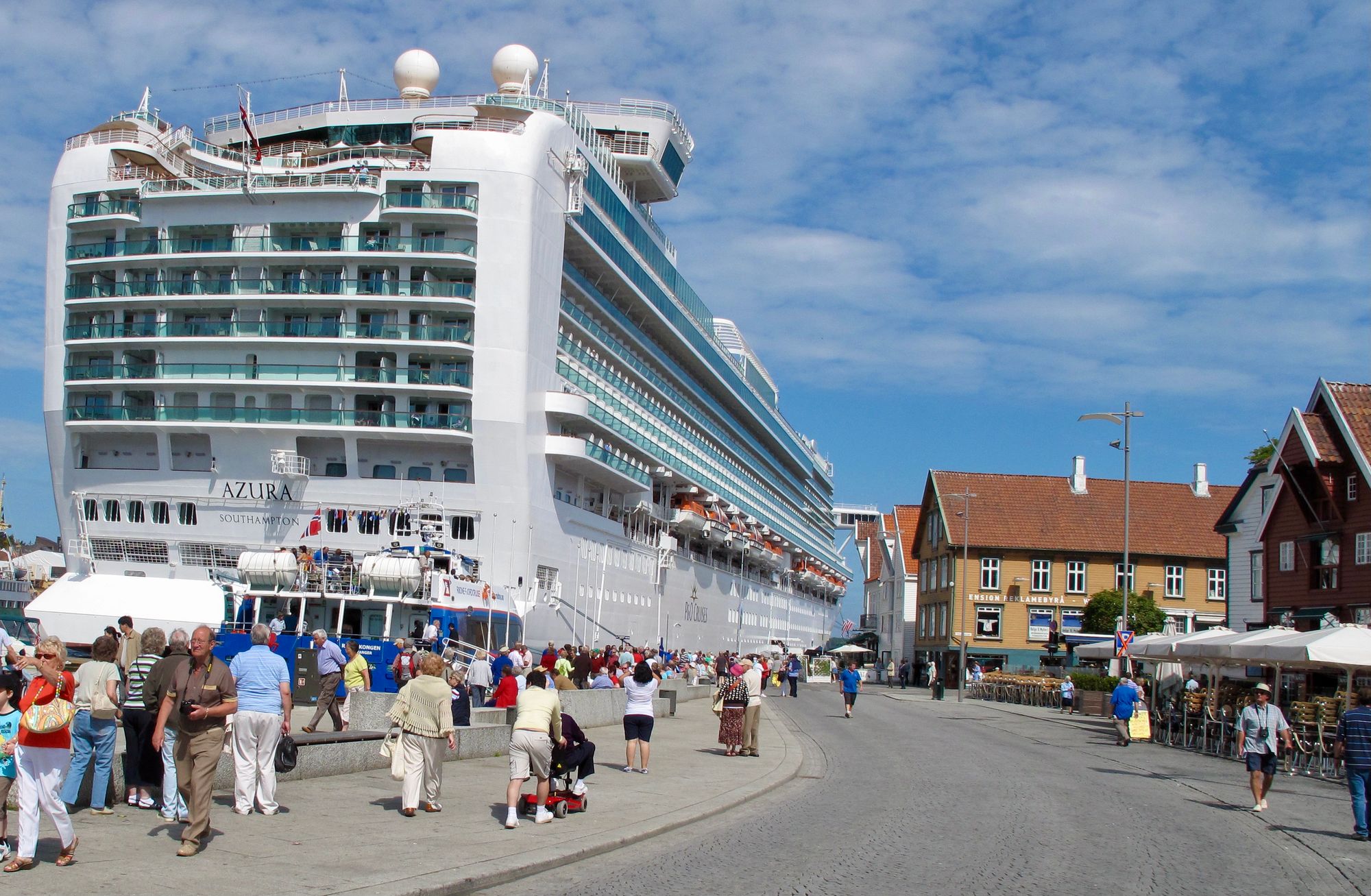
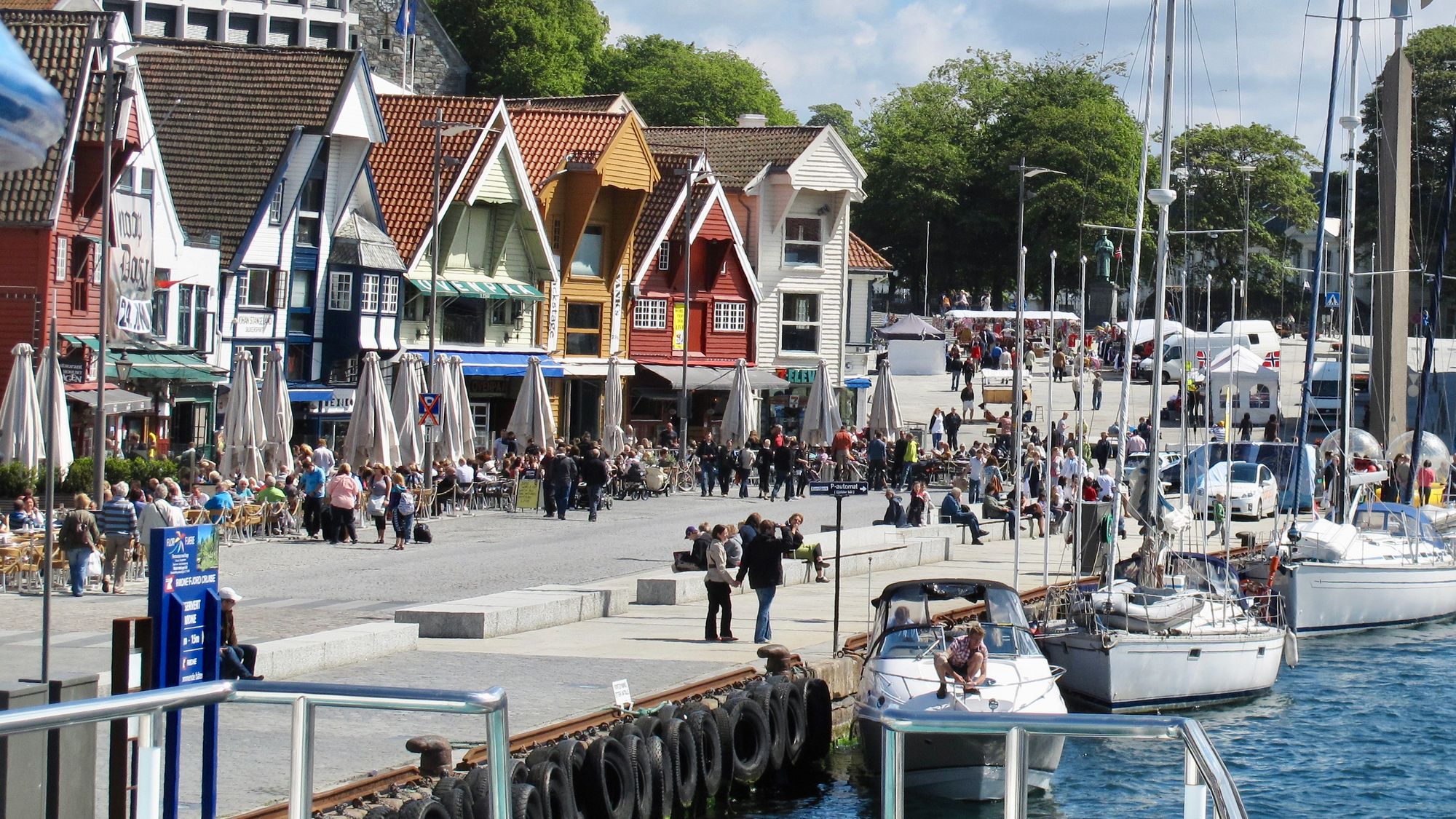
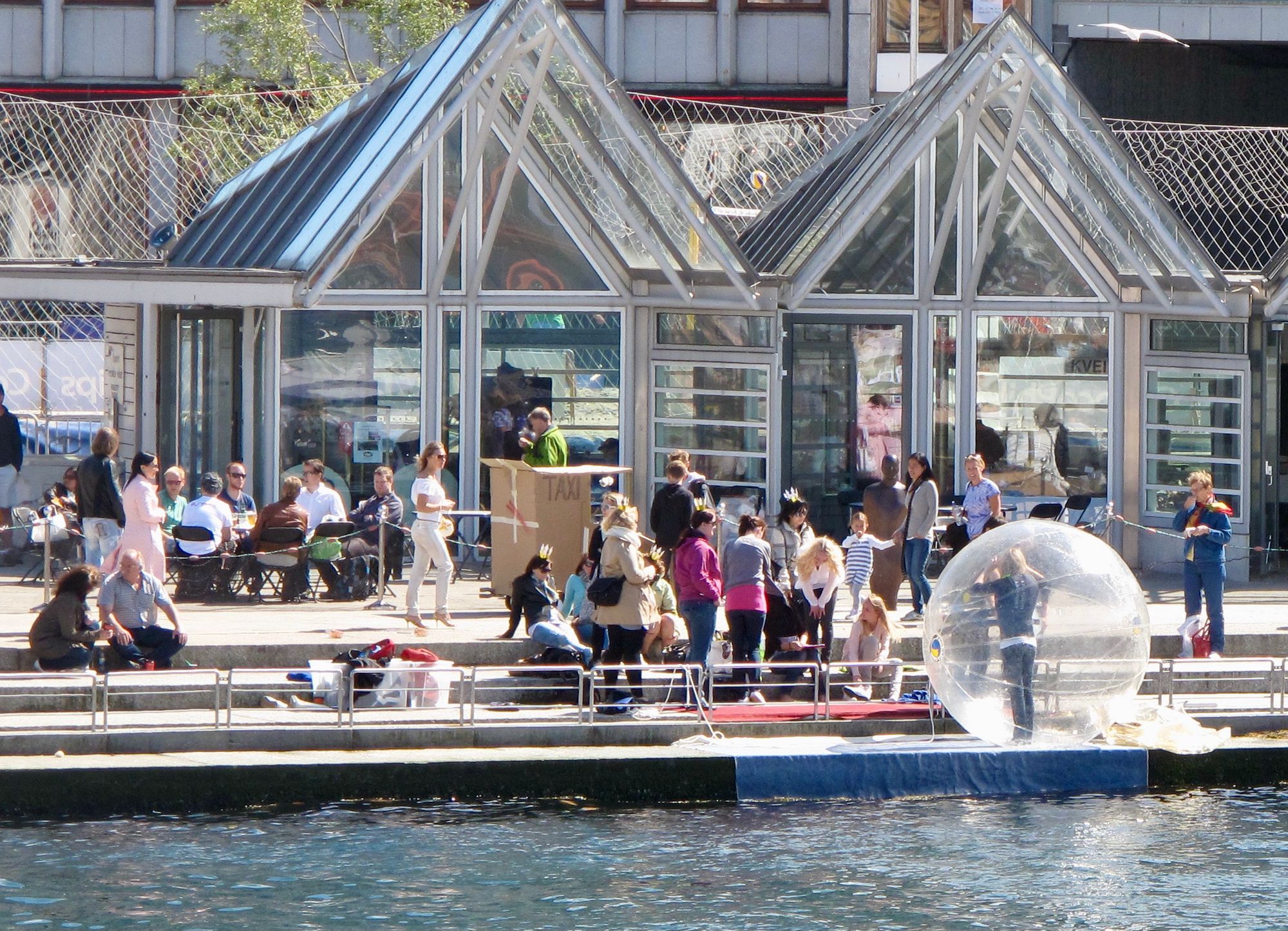
A fjord waterfront makes for a unique space in Stavanger.
Miami Beach, Florida
With Art Deco buildings lining Ocean Drive on one side, and a park and extensive beach on the other side, streets in Miami Beach are not about traffic, but about experiencing the "show" of public life and enjoying the sights. Many buildings have porches to view the passing throngs of visitors.
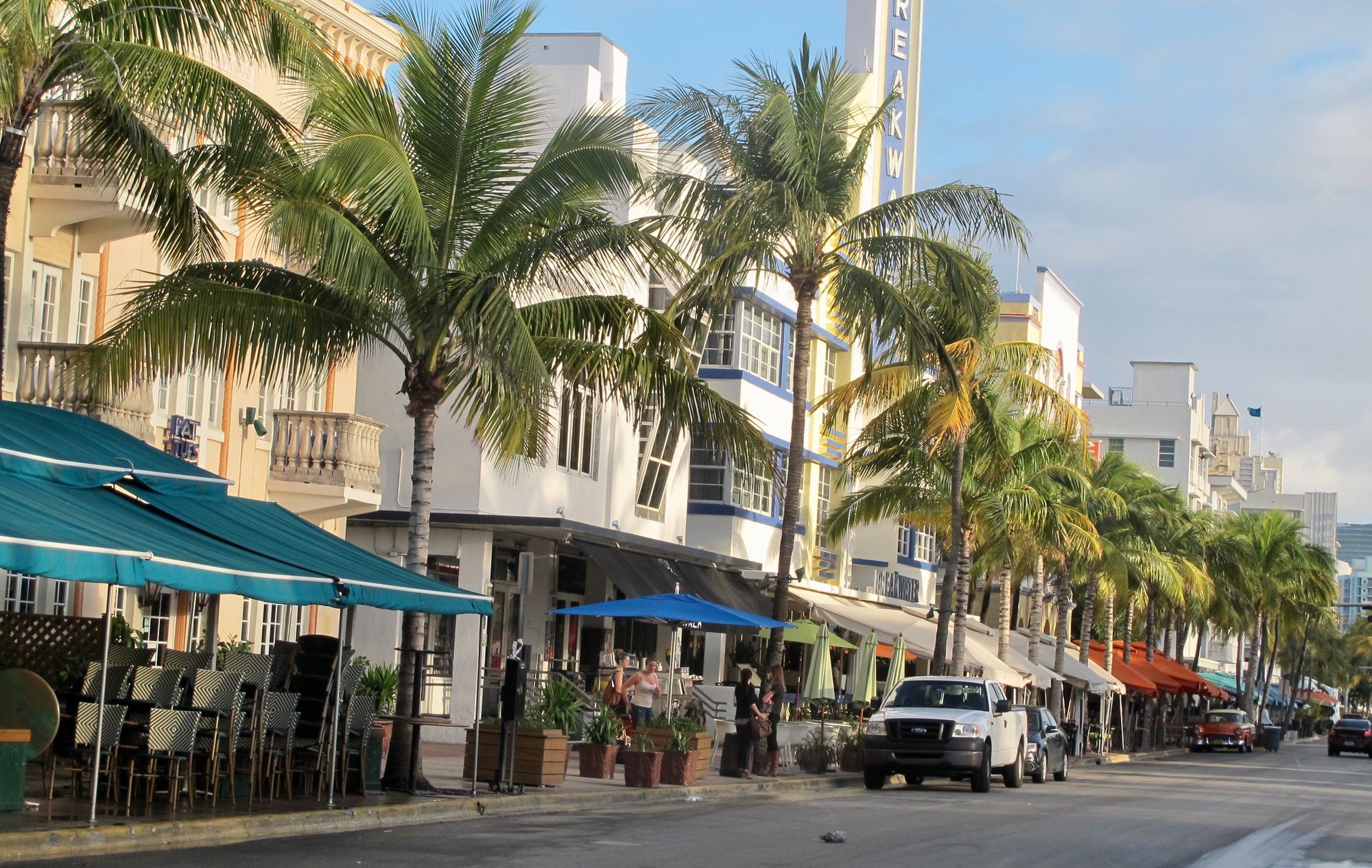
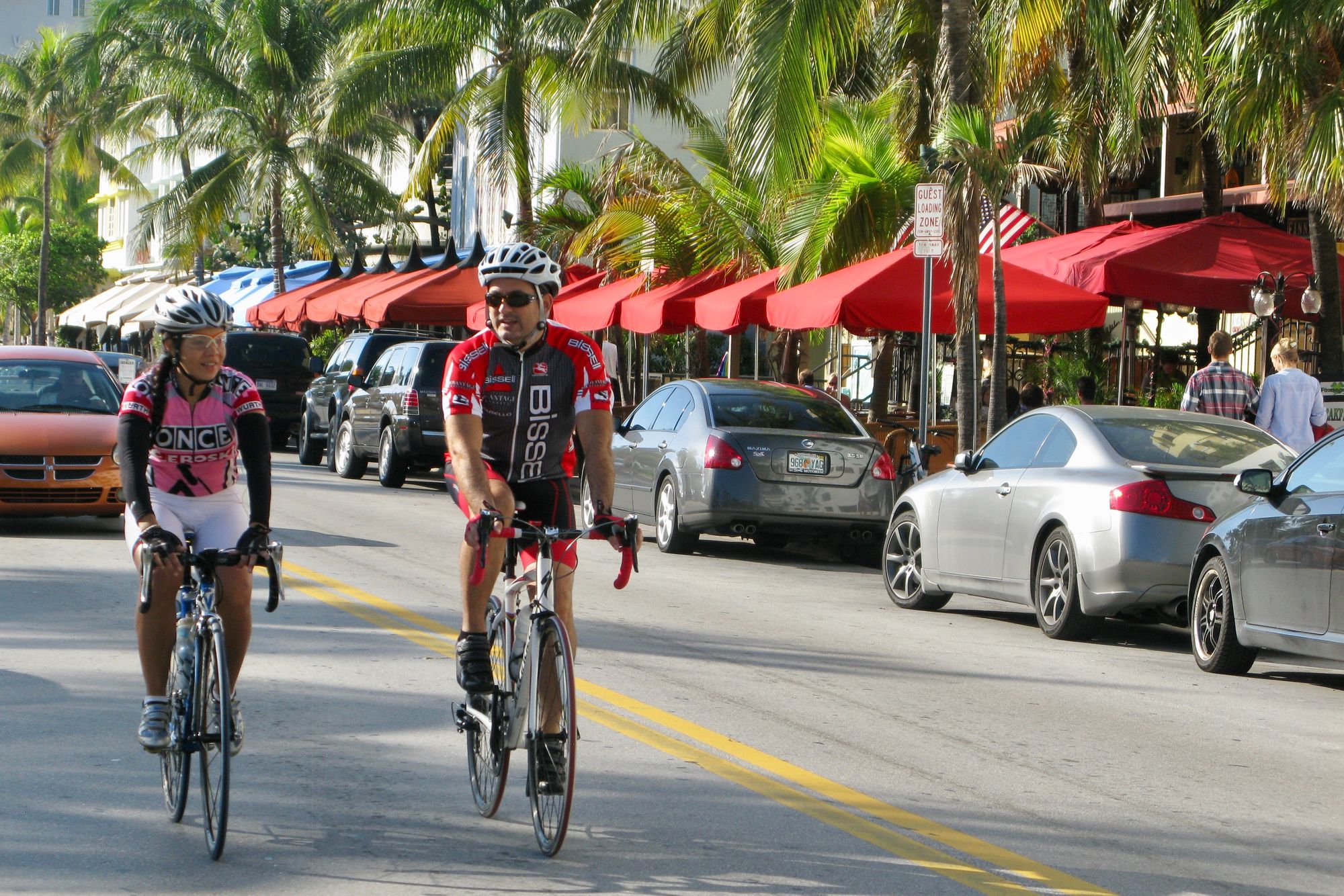
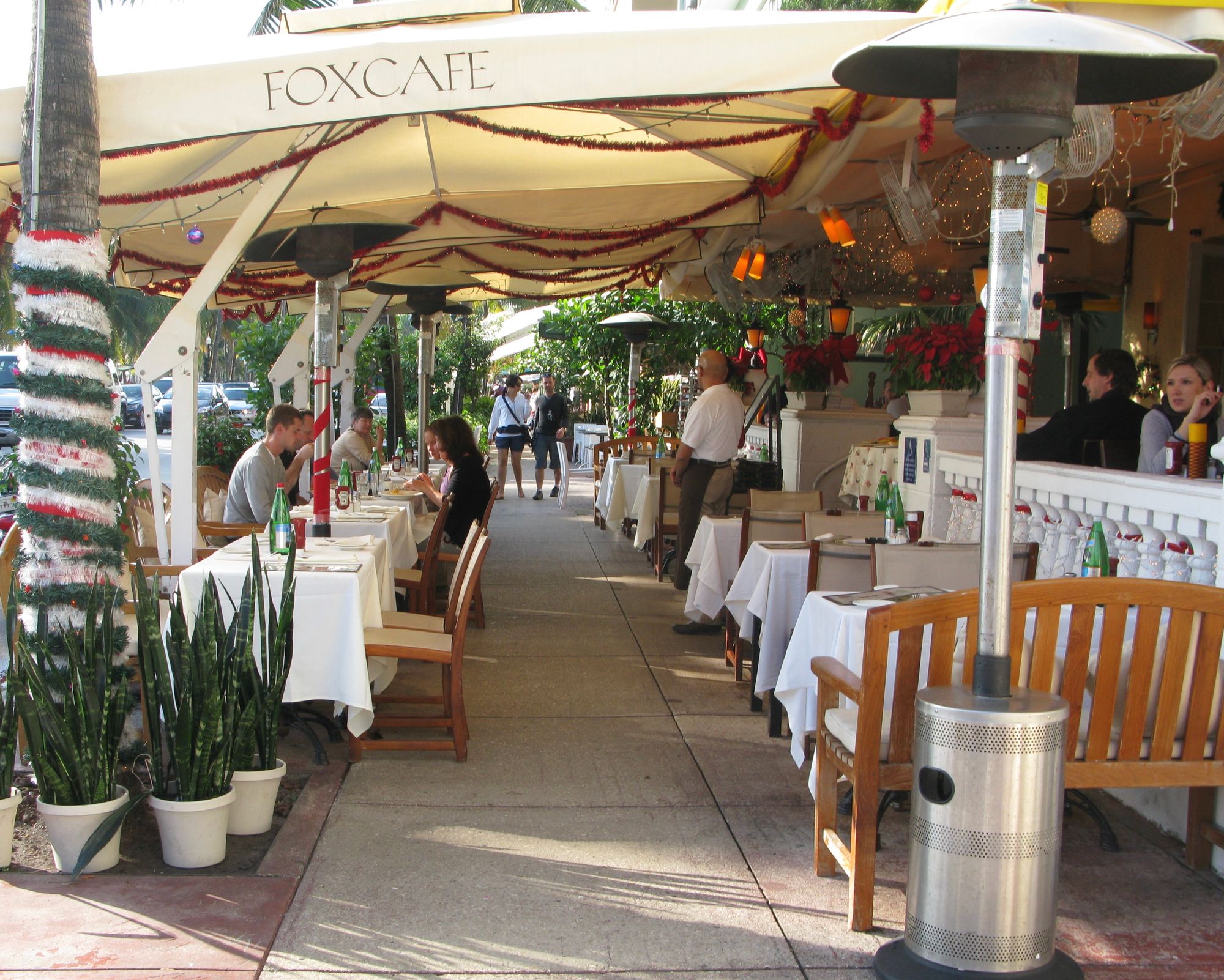
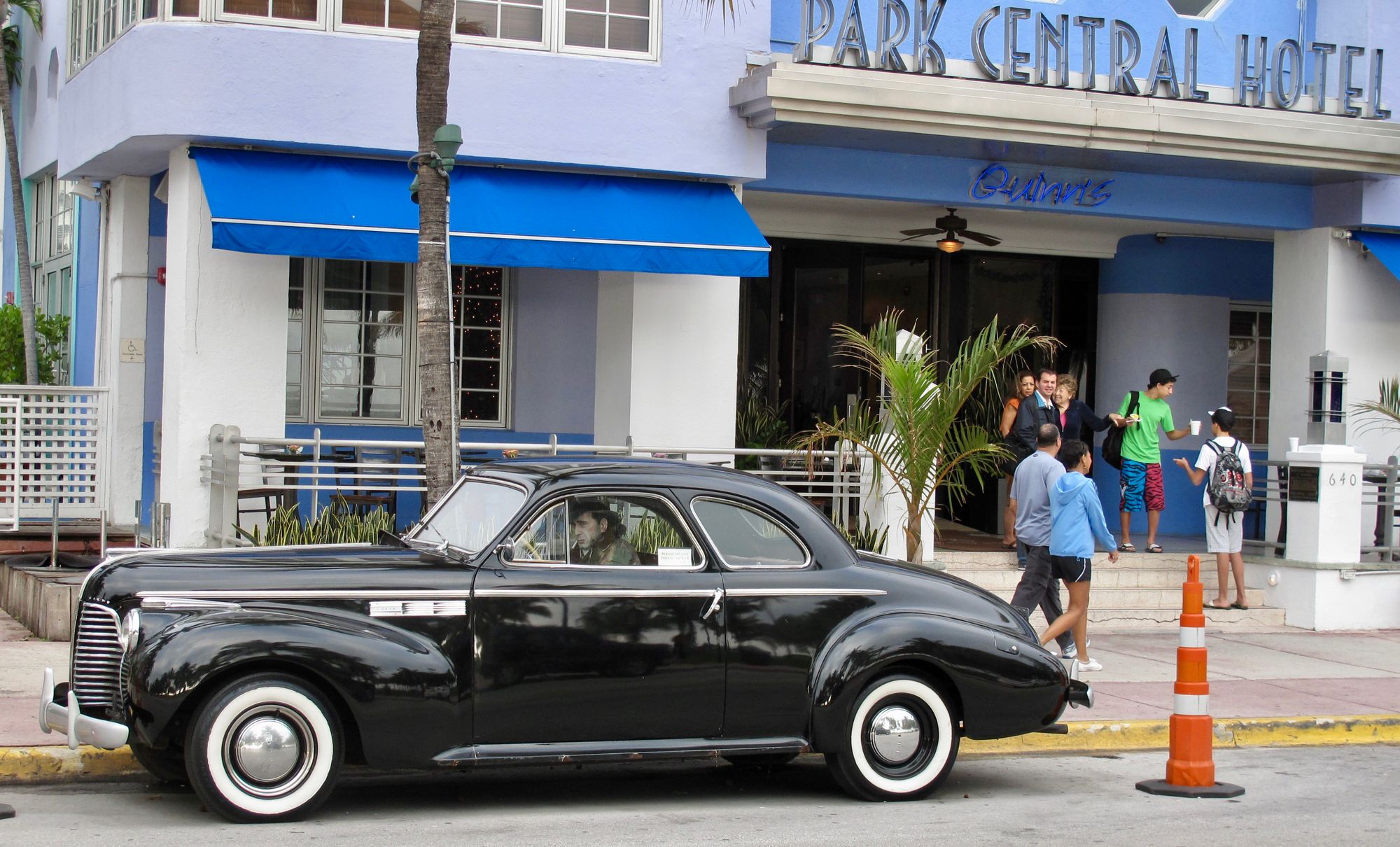
Miami Beach is a "classic" unlike any other waterfront.
Camden, Maine
There are few small towns like Camden, Maine, that offer so many attractions. Along the waterfront, ice cream venues, paths for strolling, and benches with a view make it a perfect spot for leisurely gatherings.
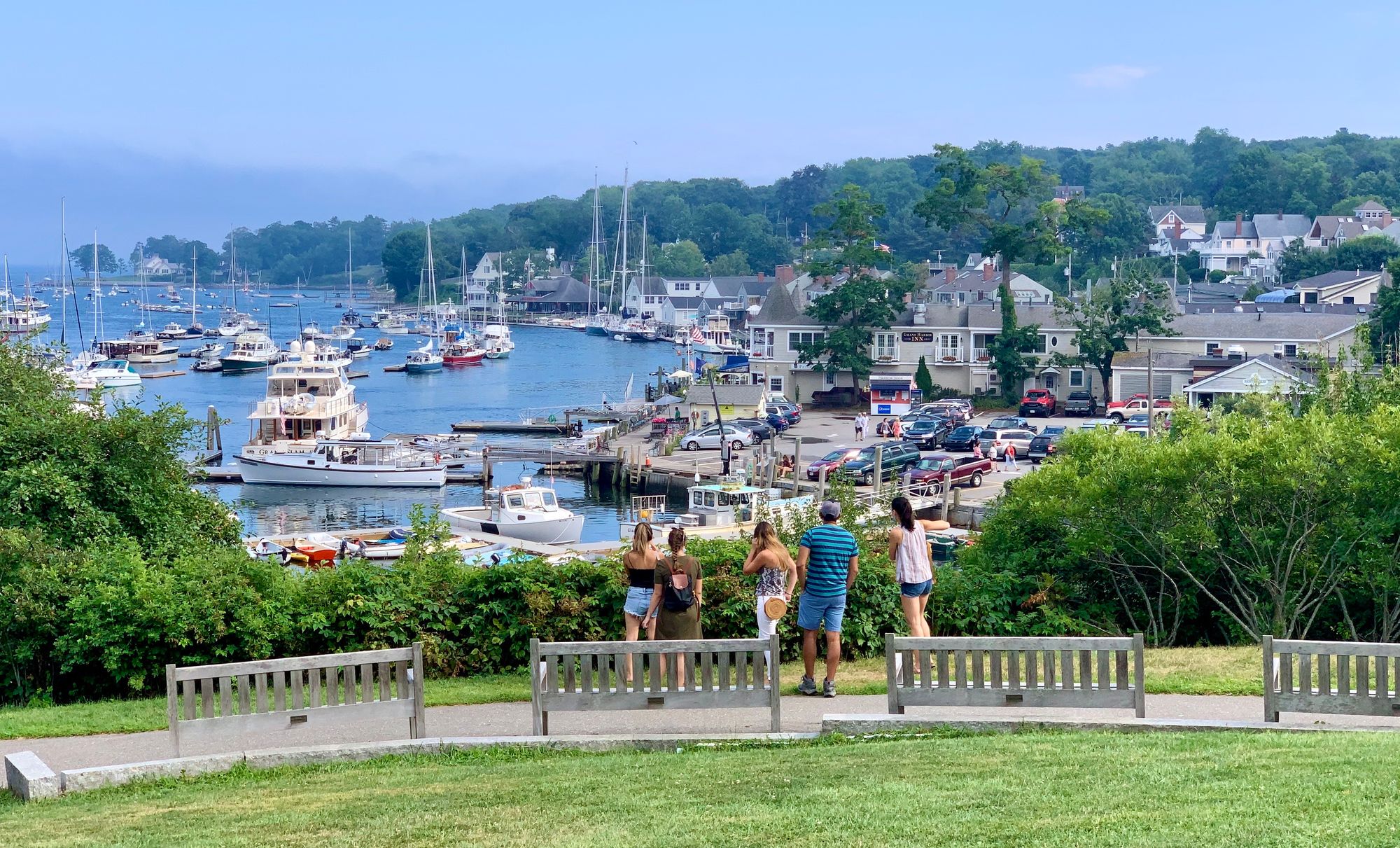
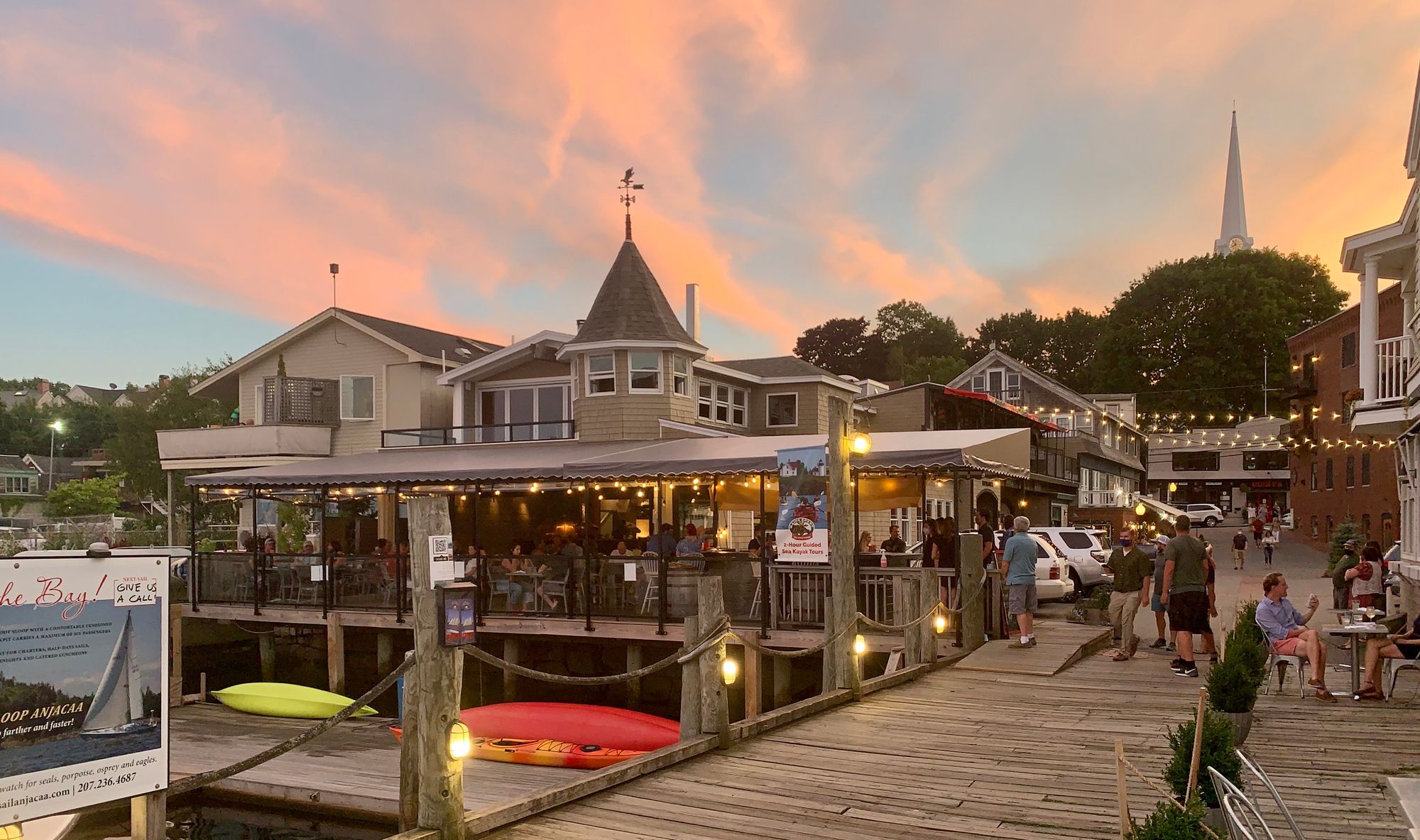
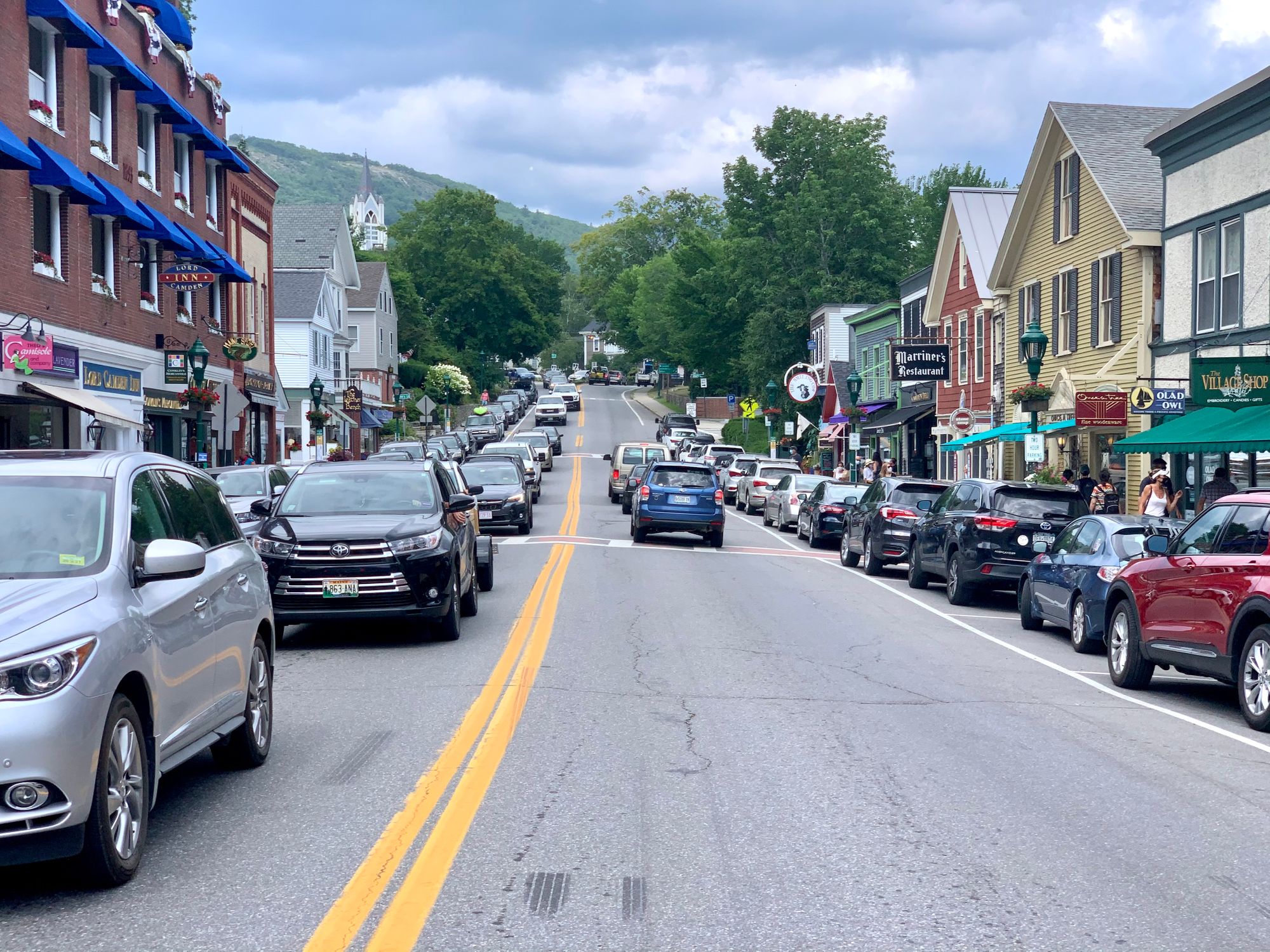
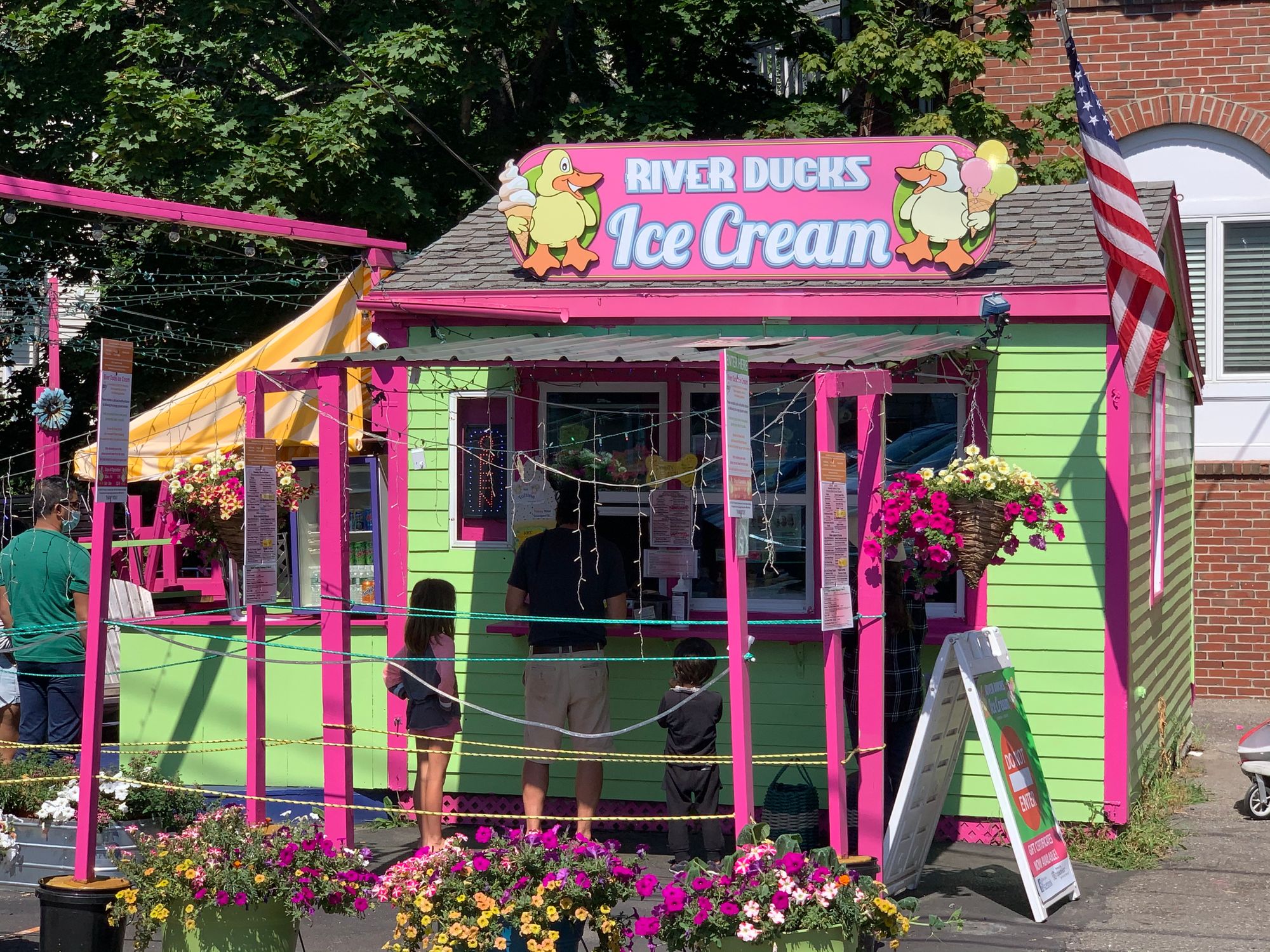
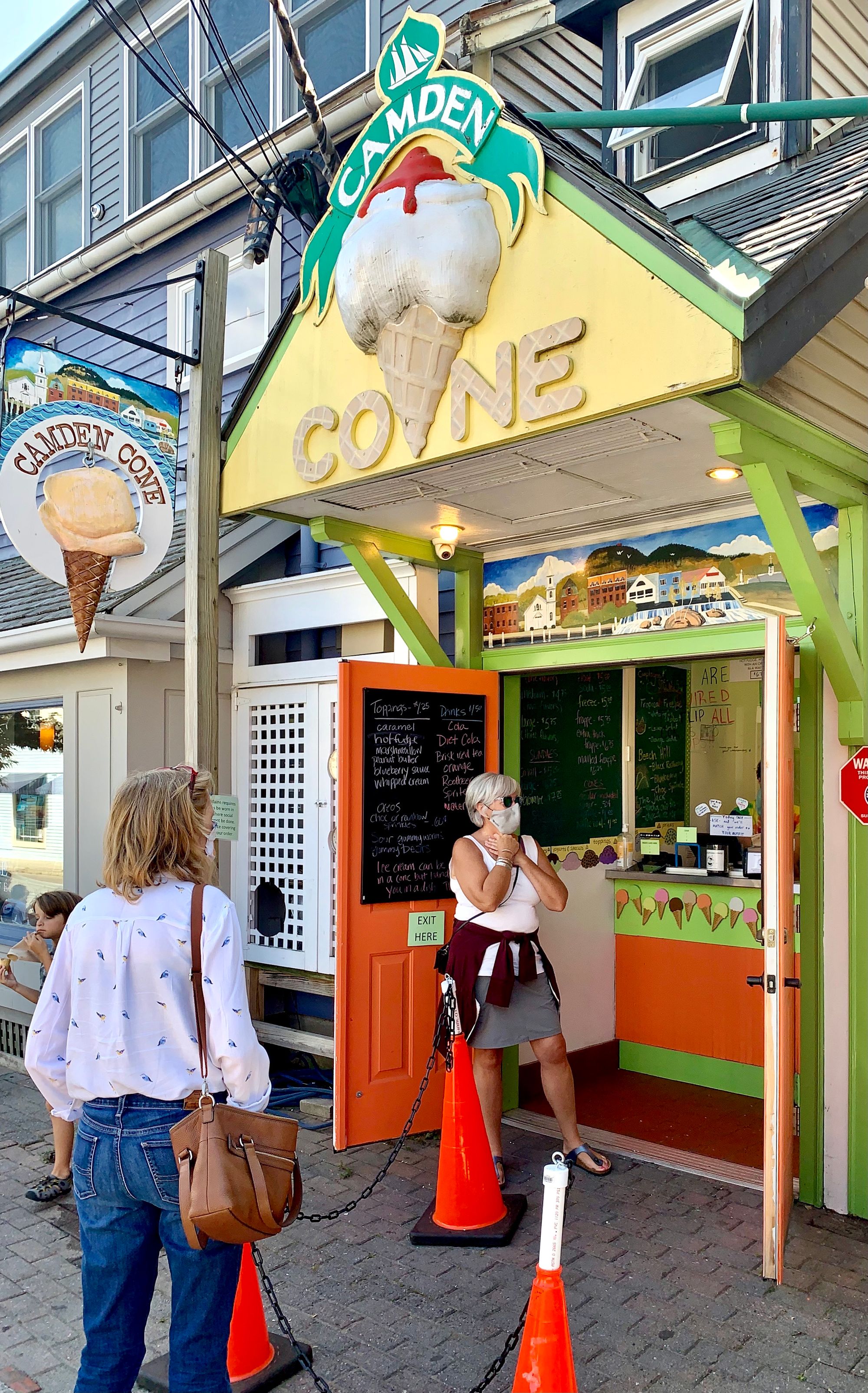
Camden's unique (and ice cream-centric) waterfront draws in visitors of all ages.
Otranto, Southern Italy
We have to admit, it was a big surprise when we landed in Otranto one Sunday afternoon. With a population of only six thousand people, the place was chock-full of people hanging out outdoors, visiting with friends, and eating in cafes. We learned that a common habit in Otranto and in this part of Italy in general is the "Passeggiata," or promenade, that draws people out for strolls each day.
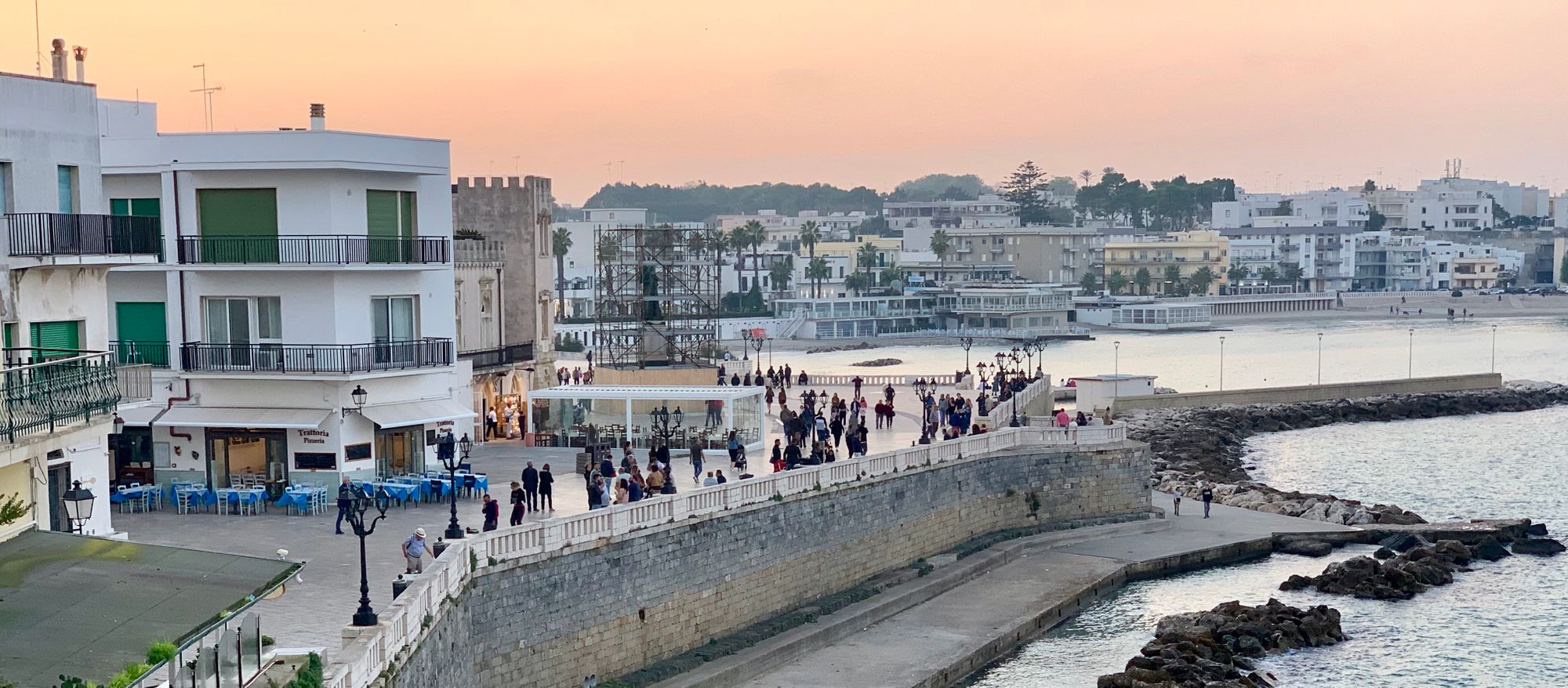
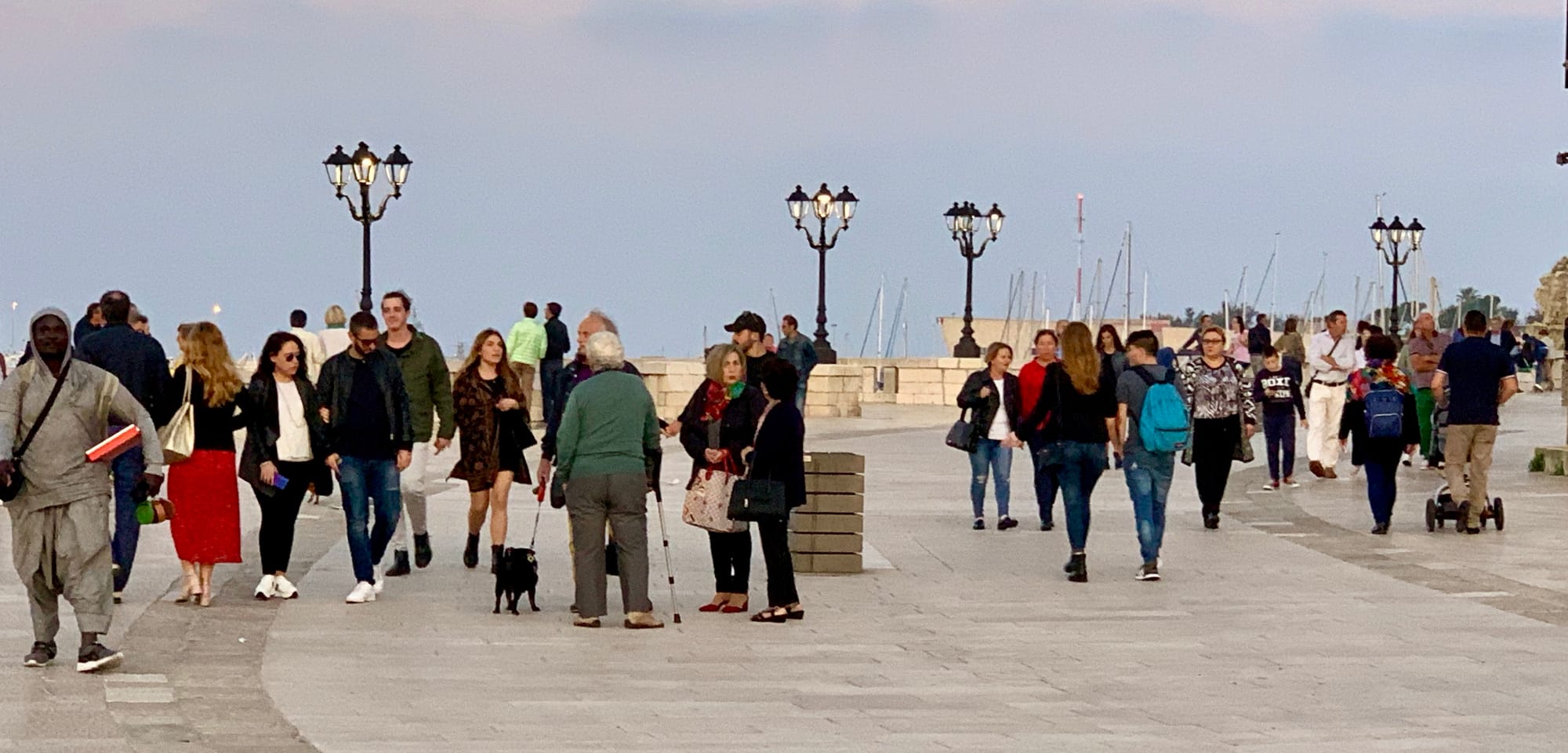
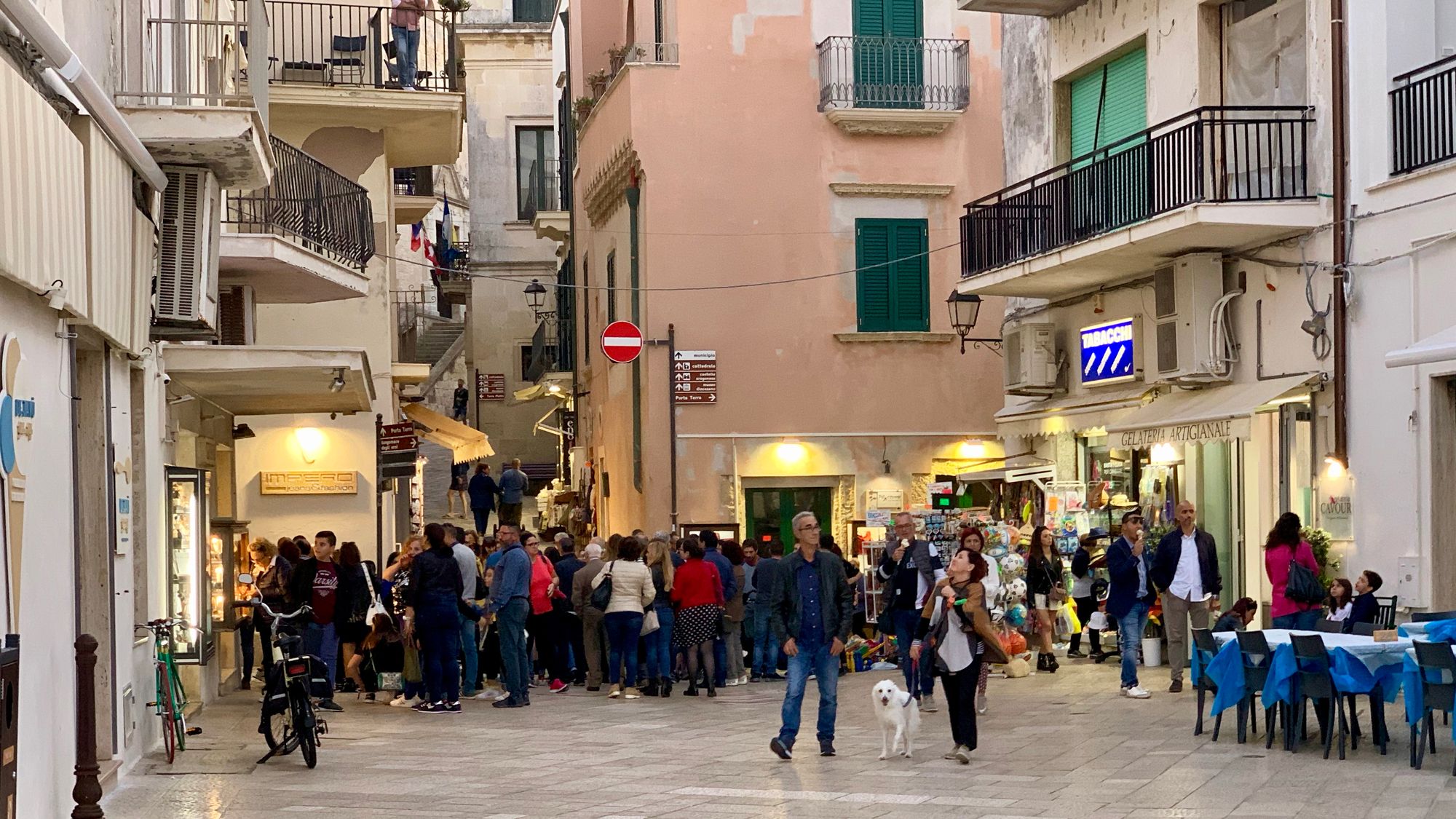

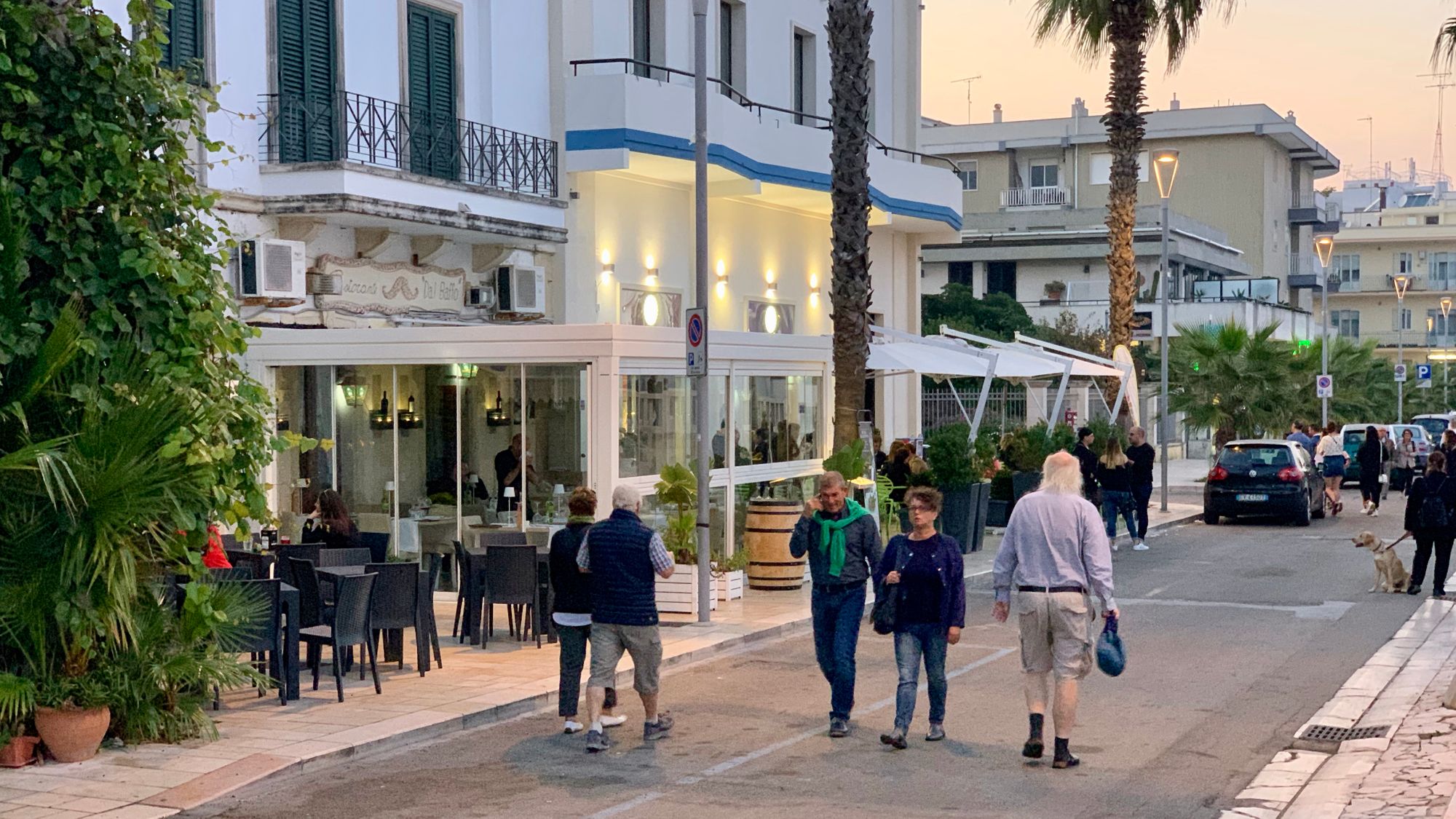
People taking part in the "passeggiata," promenading along the waterfront in Otranto.
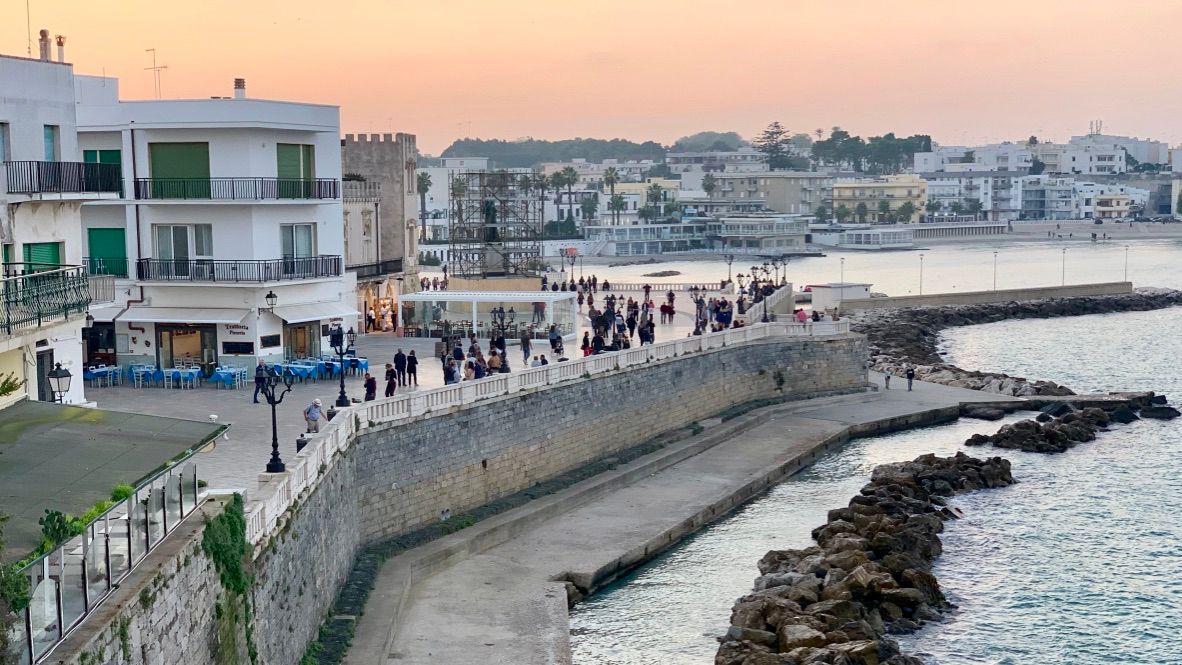
One Clear Takeaway
As you review this "best of" waterfronts list, we want to stress the fact that "designer-driven" waterfront cities like Barcelona, Copenhagen and New York City are significantly held back when compared to the program- and activity-driven, historic waterfronts we've mentioned. All three have some bright spots, but a significant part of each city is under-performing when compared to the best. When cities miss the mark on their waterfronts, it can be a tragedy that deeply limits the appeal of that city.
We know this because we've seen the difference that a bit of attention to waterfronts can make: It's no surprise that cities which support their waterfronts and cultivate activity through a mix of uses often see a rapid uptick in their use. From there, the impact of these waterfronts can be extraordinary.
Related Articles

Two great waterfronts and a one that's a lesson in what not to do
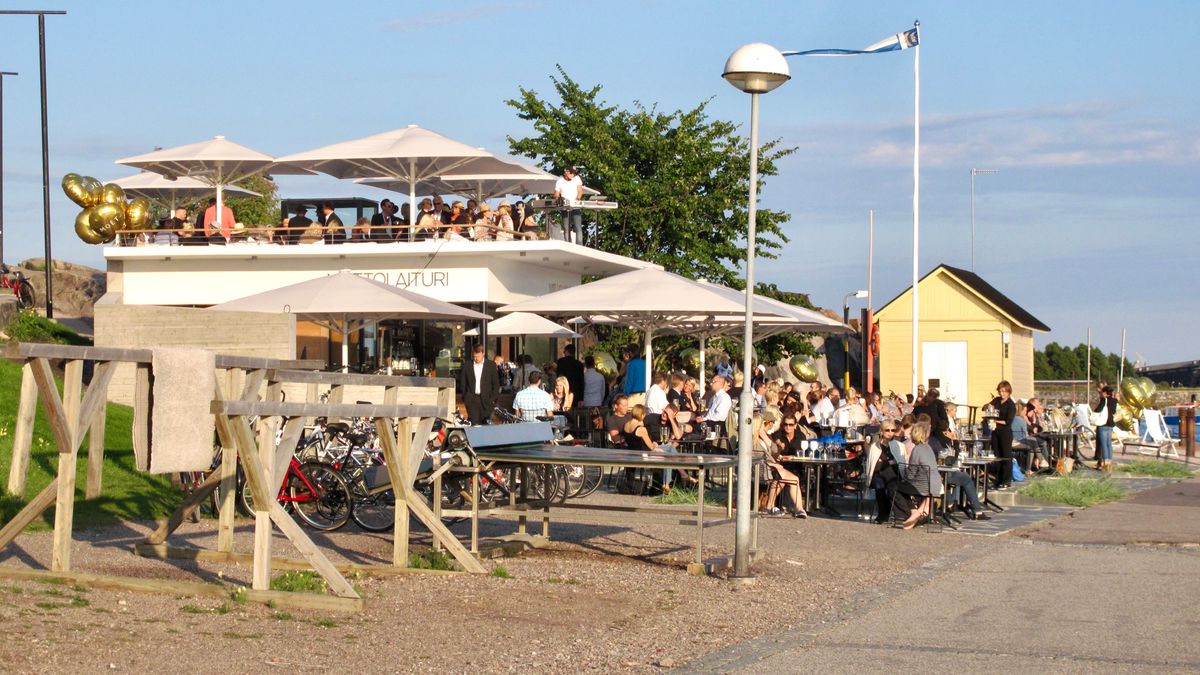
A Campaigns for your Waterfront
We have begun to explore how we might help cities create waterfronts that represent their community and values. They include San Diego, Vancouver's False Creek and Baltimore. We are sure we can help communities of all sizes revitalized these important areas and we are exploring how we can best do that. Contact us it you would like to discuss your waterfront.






